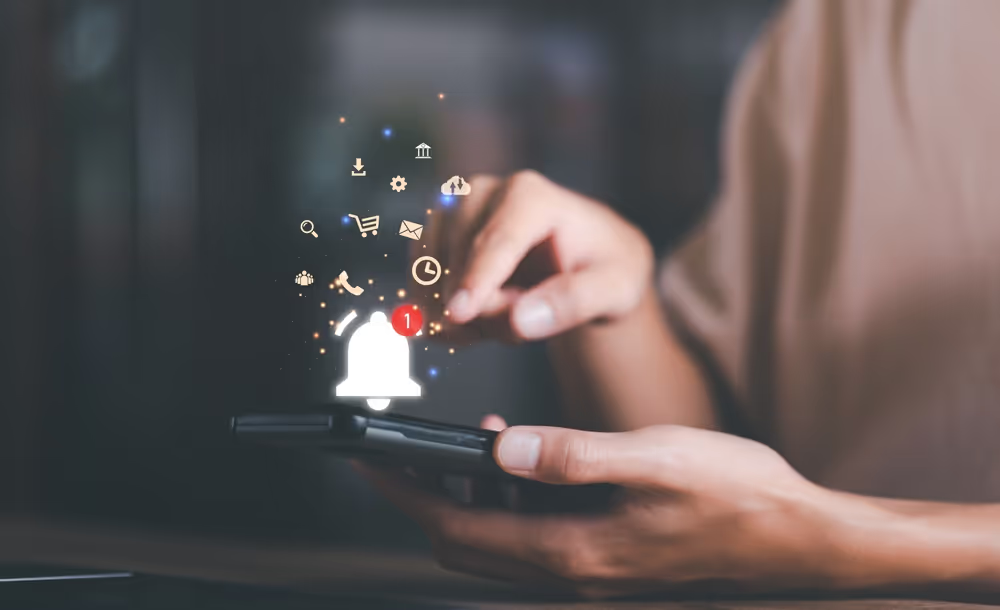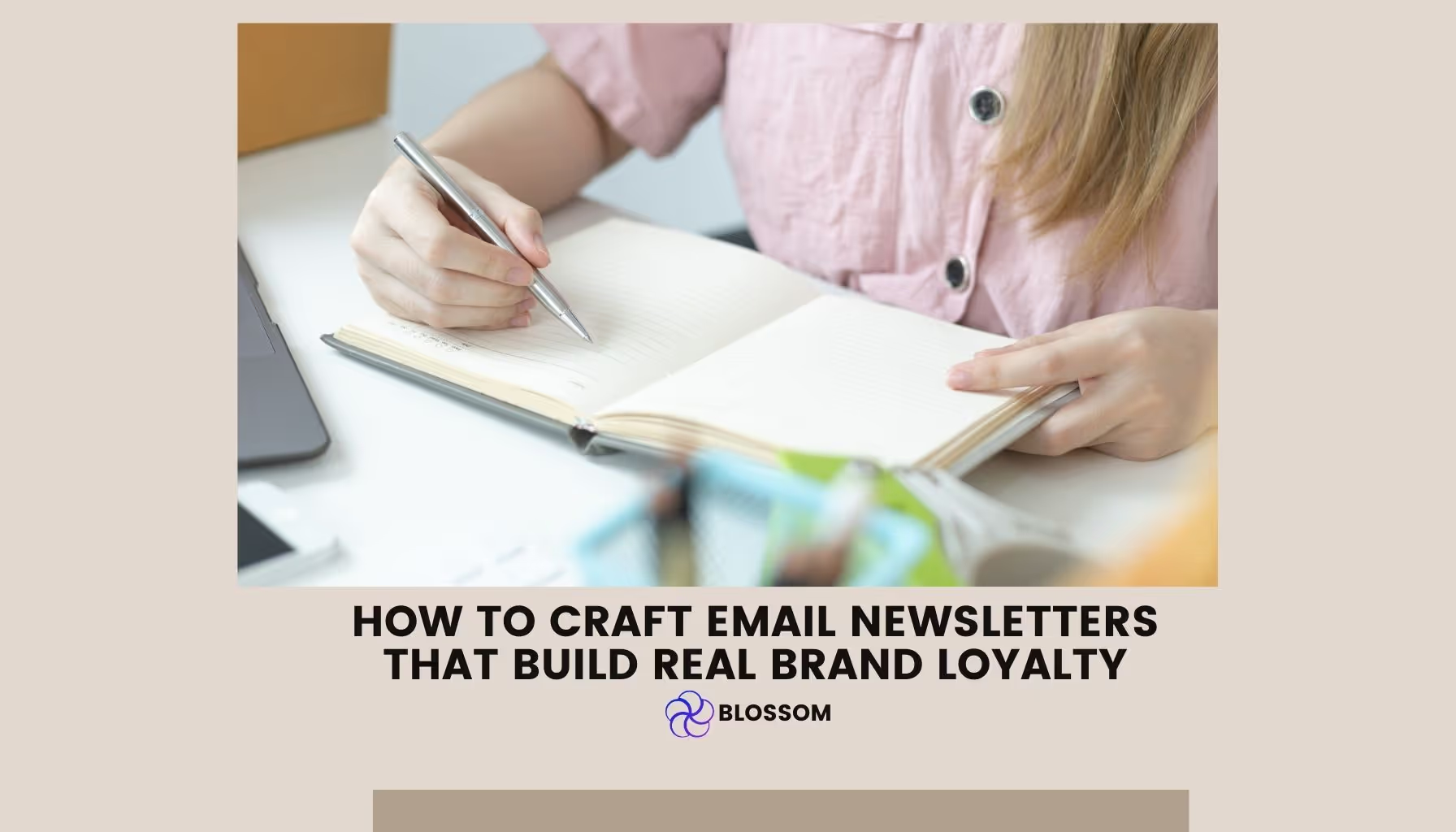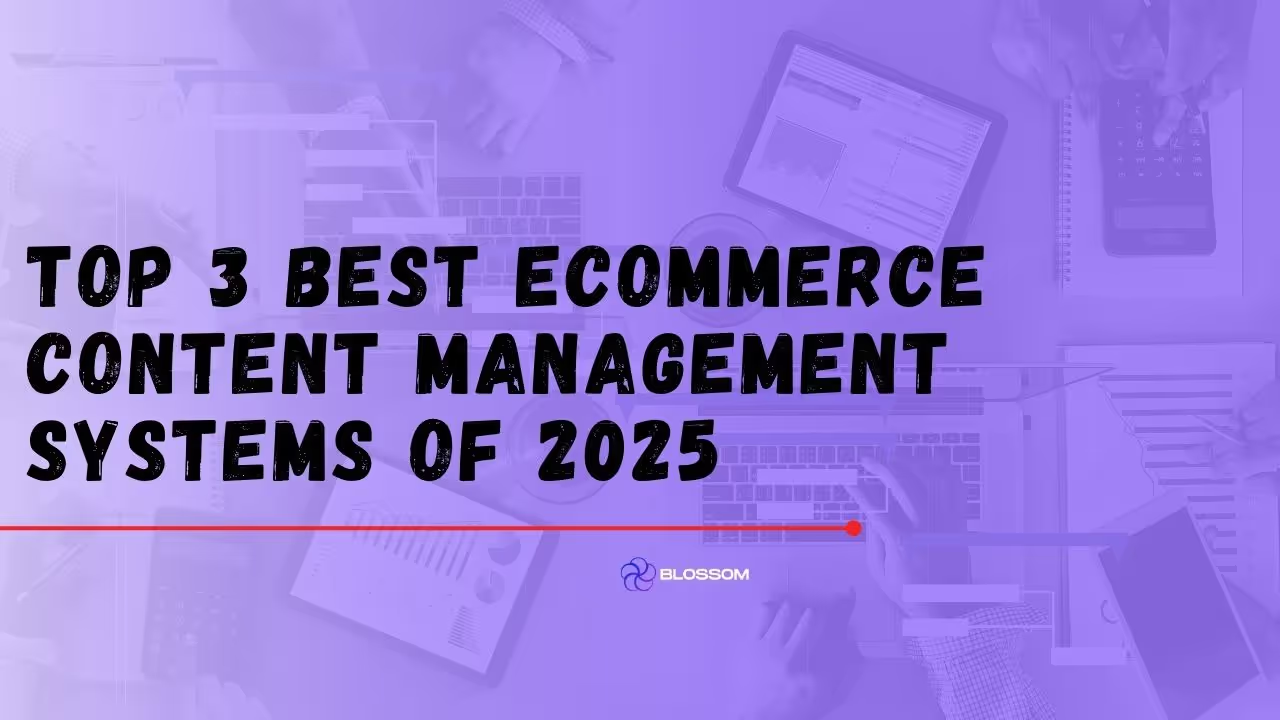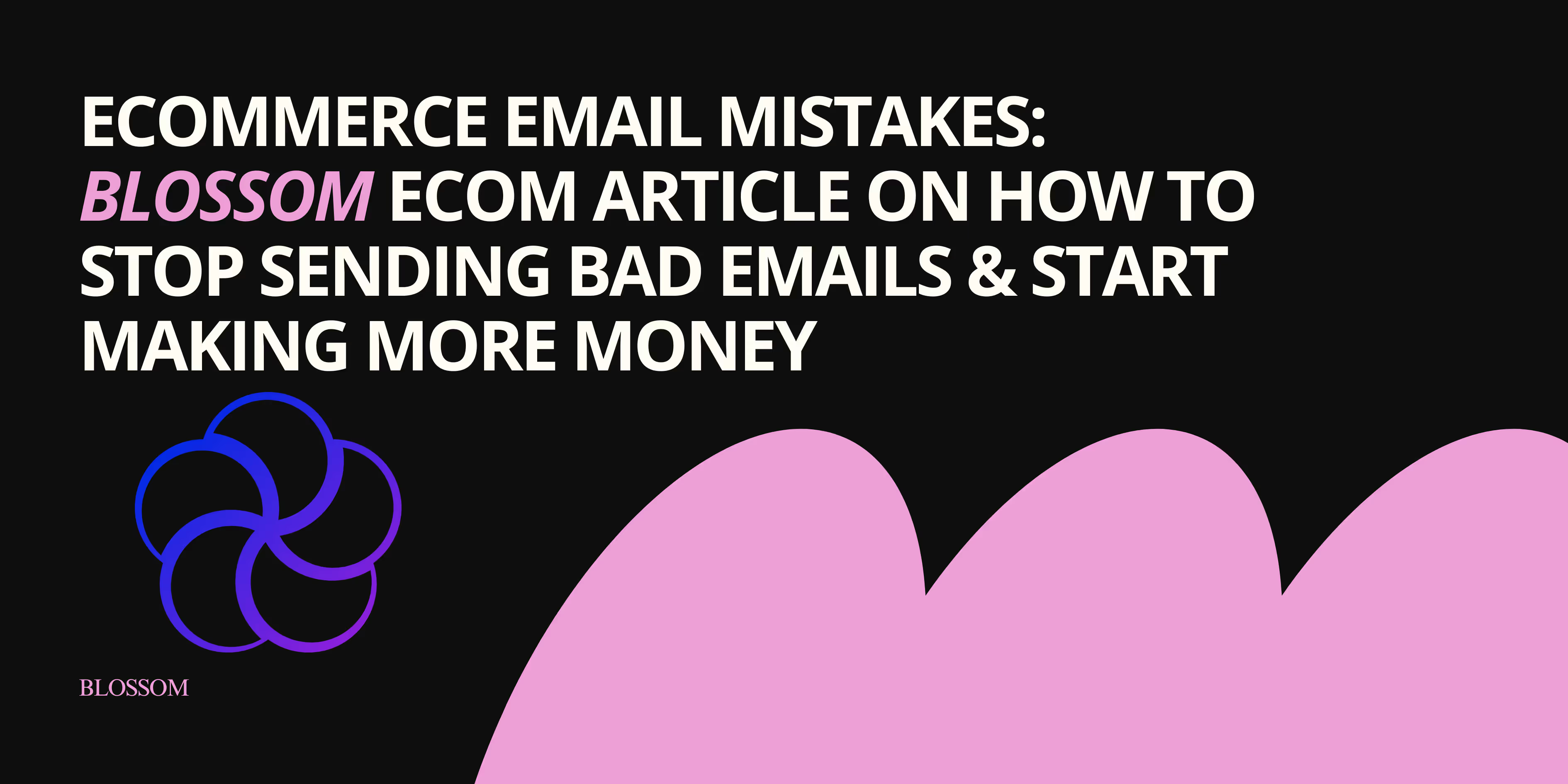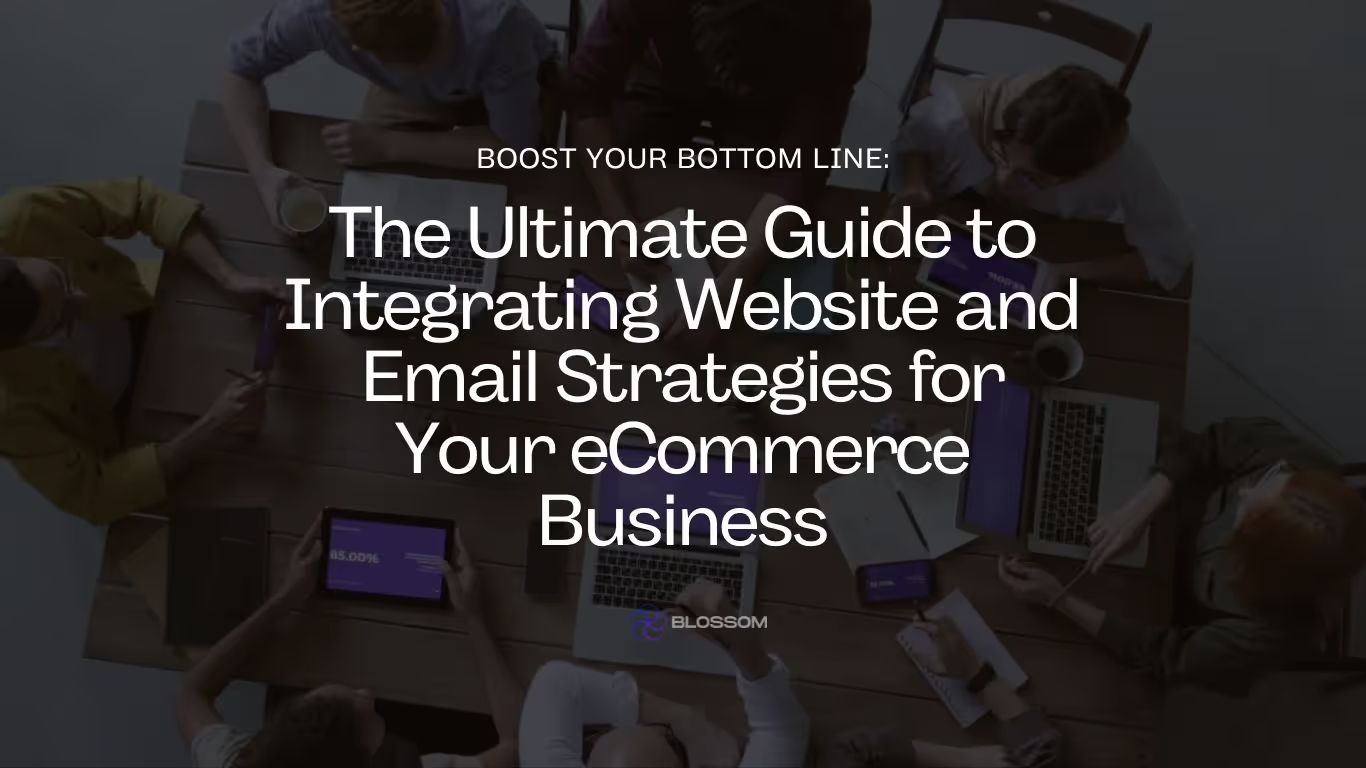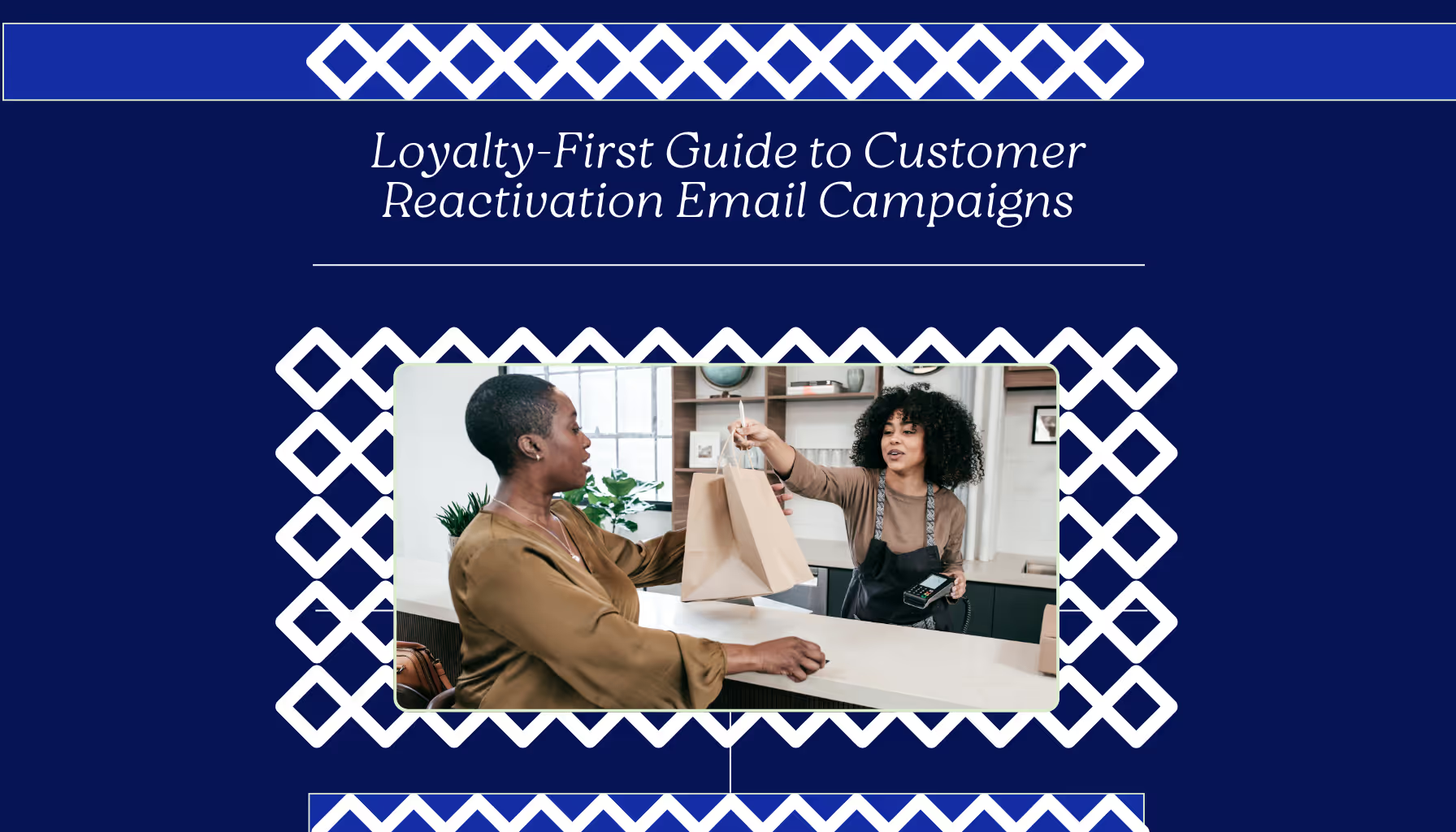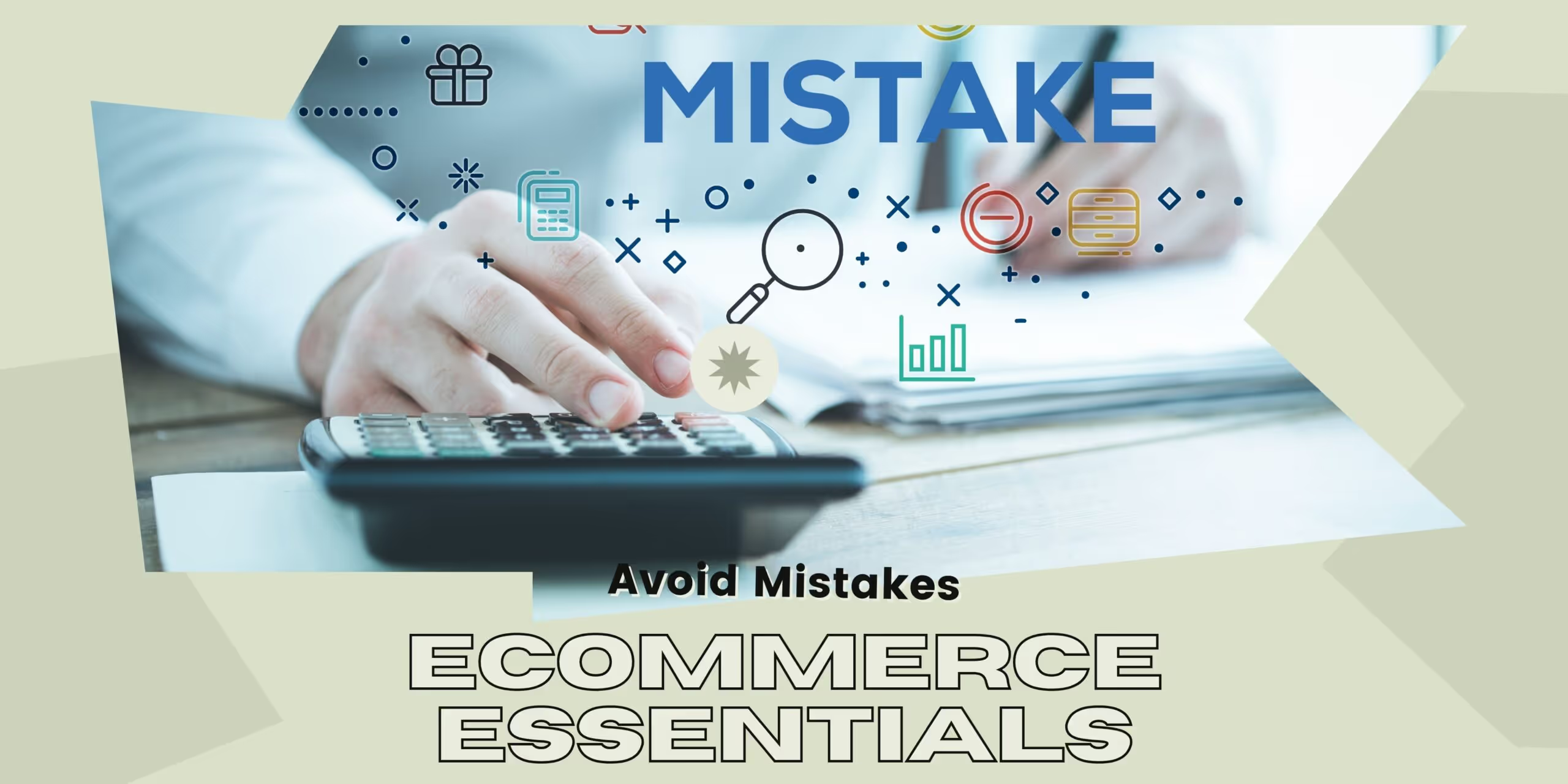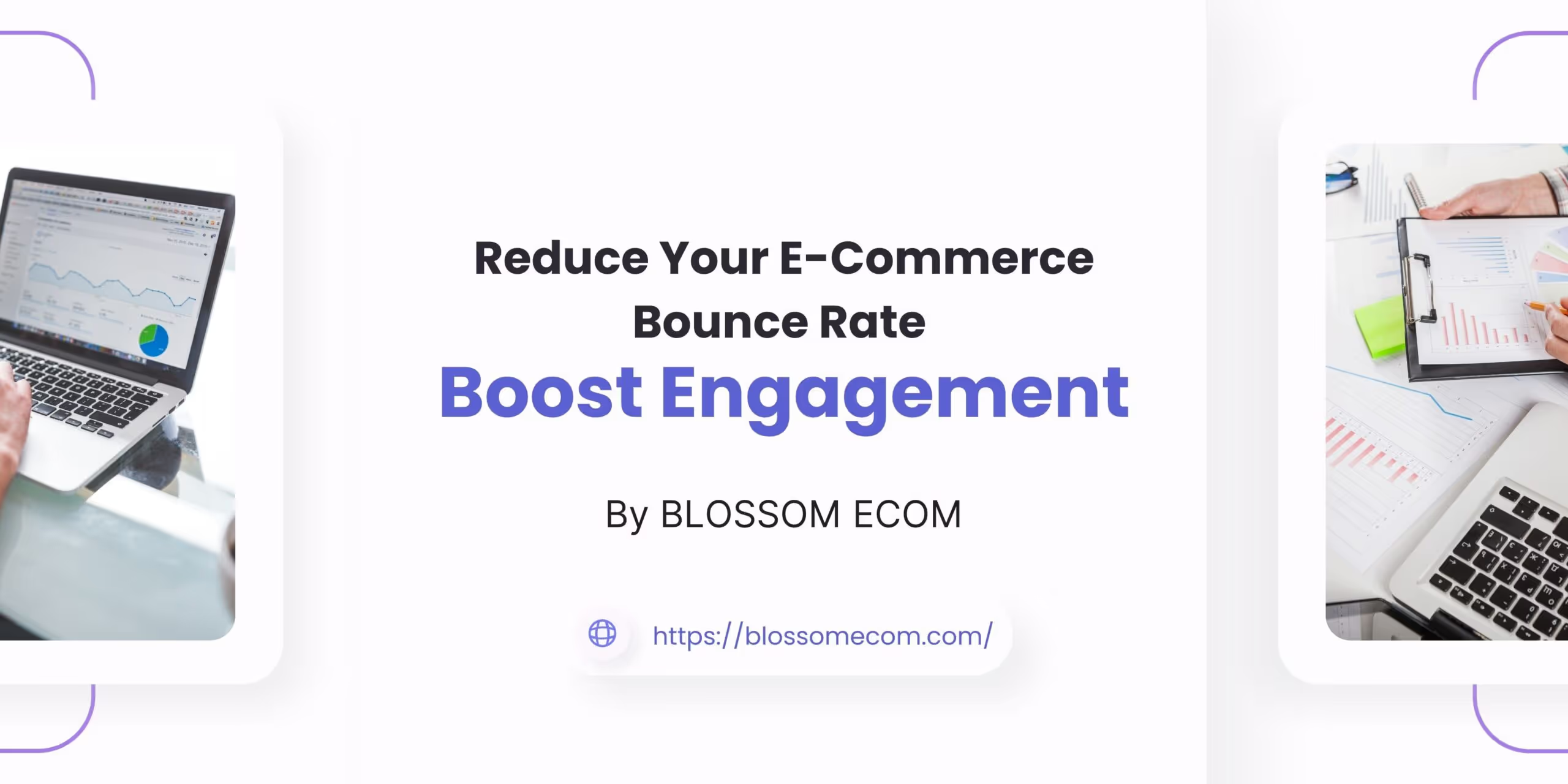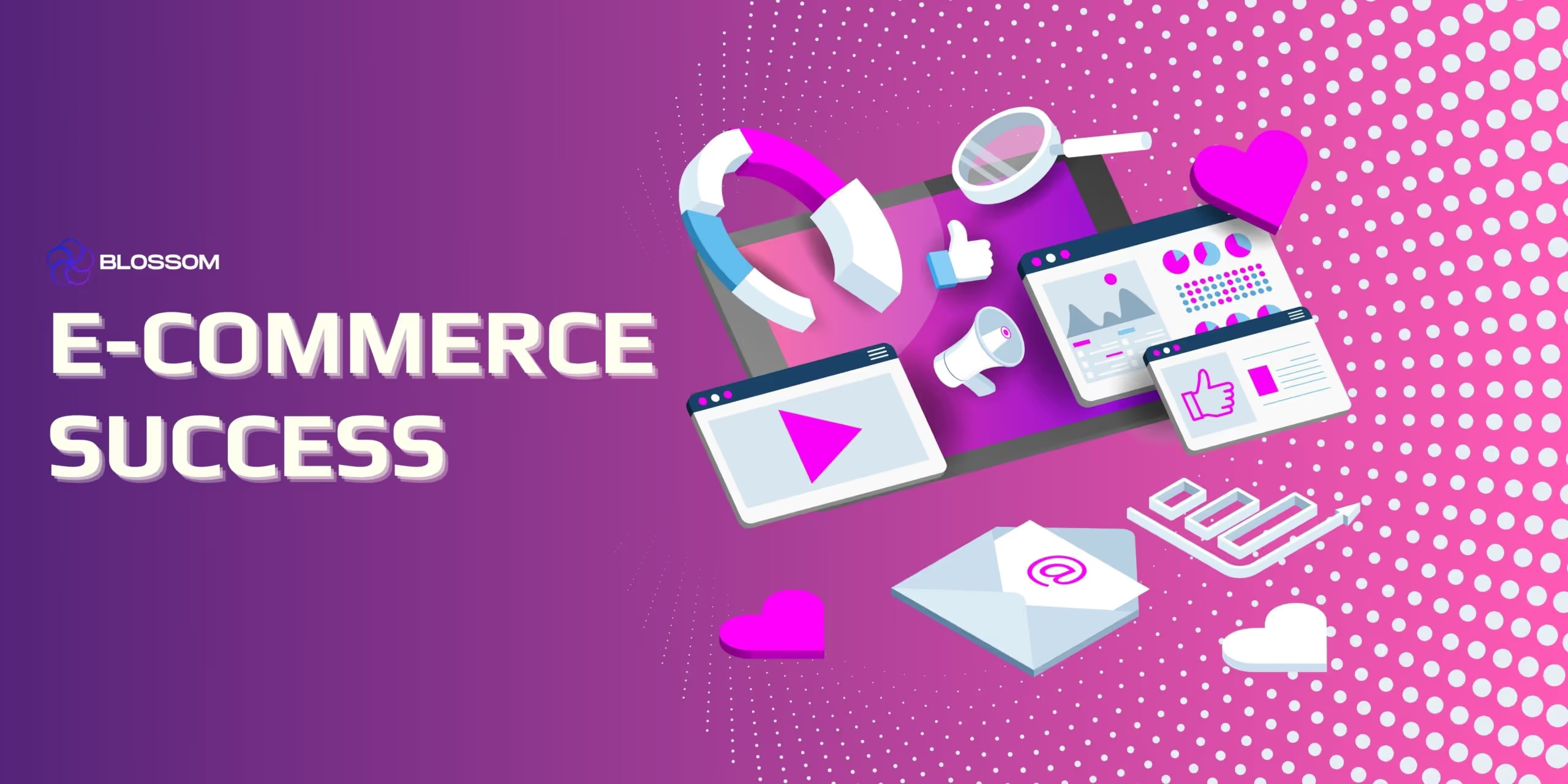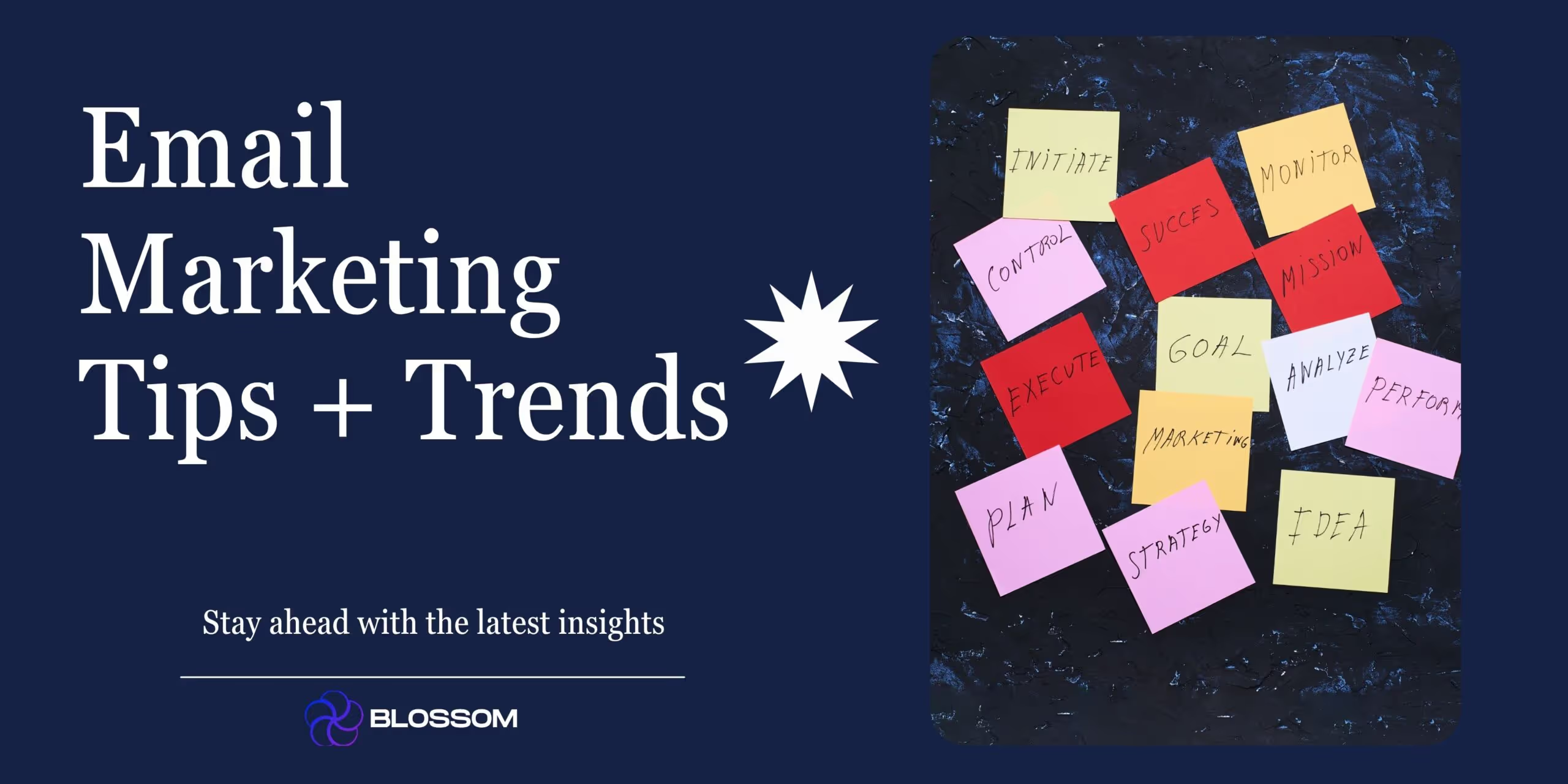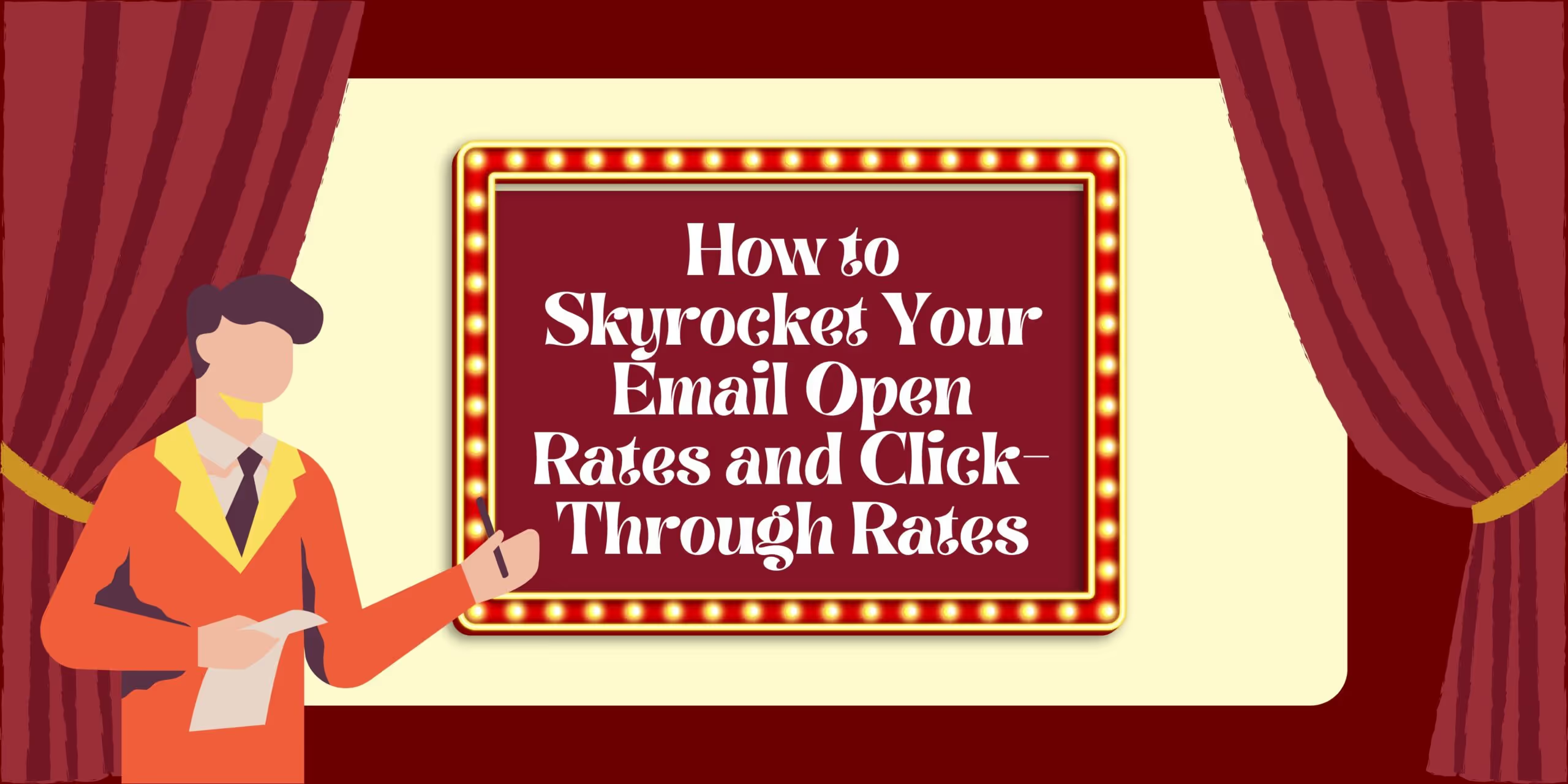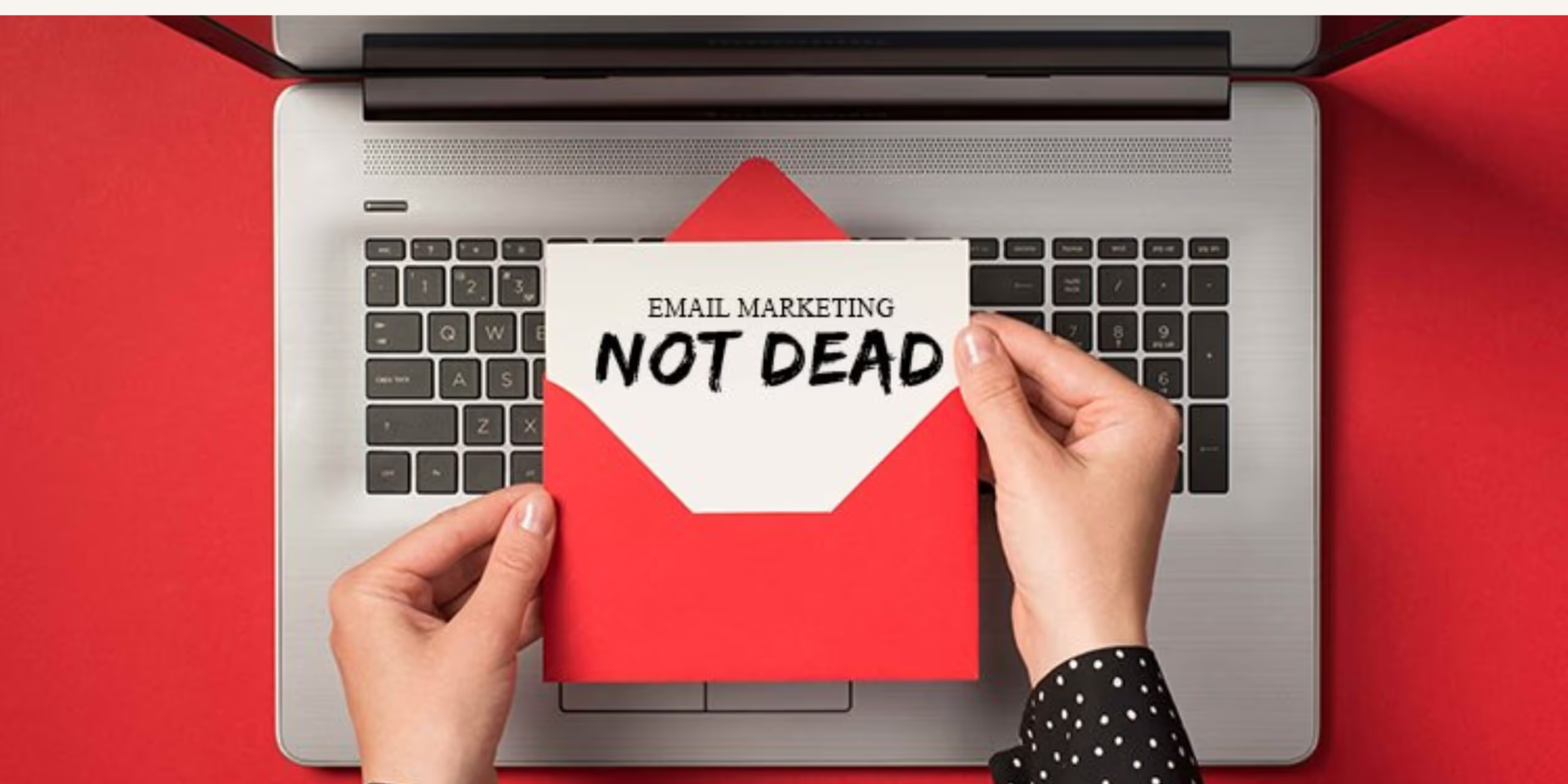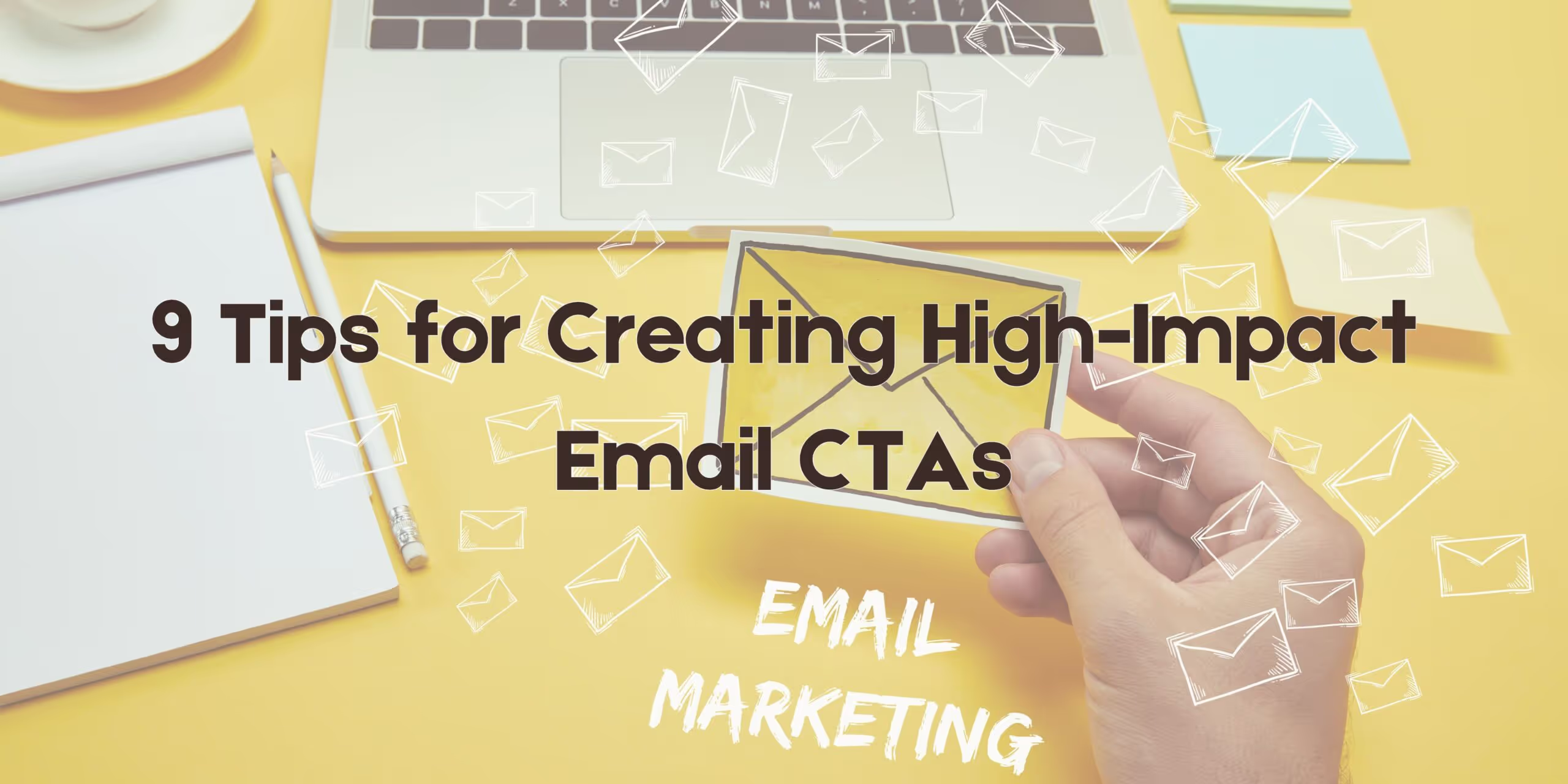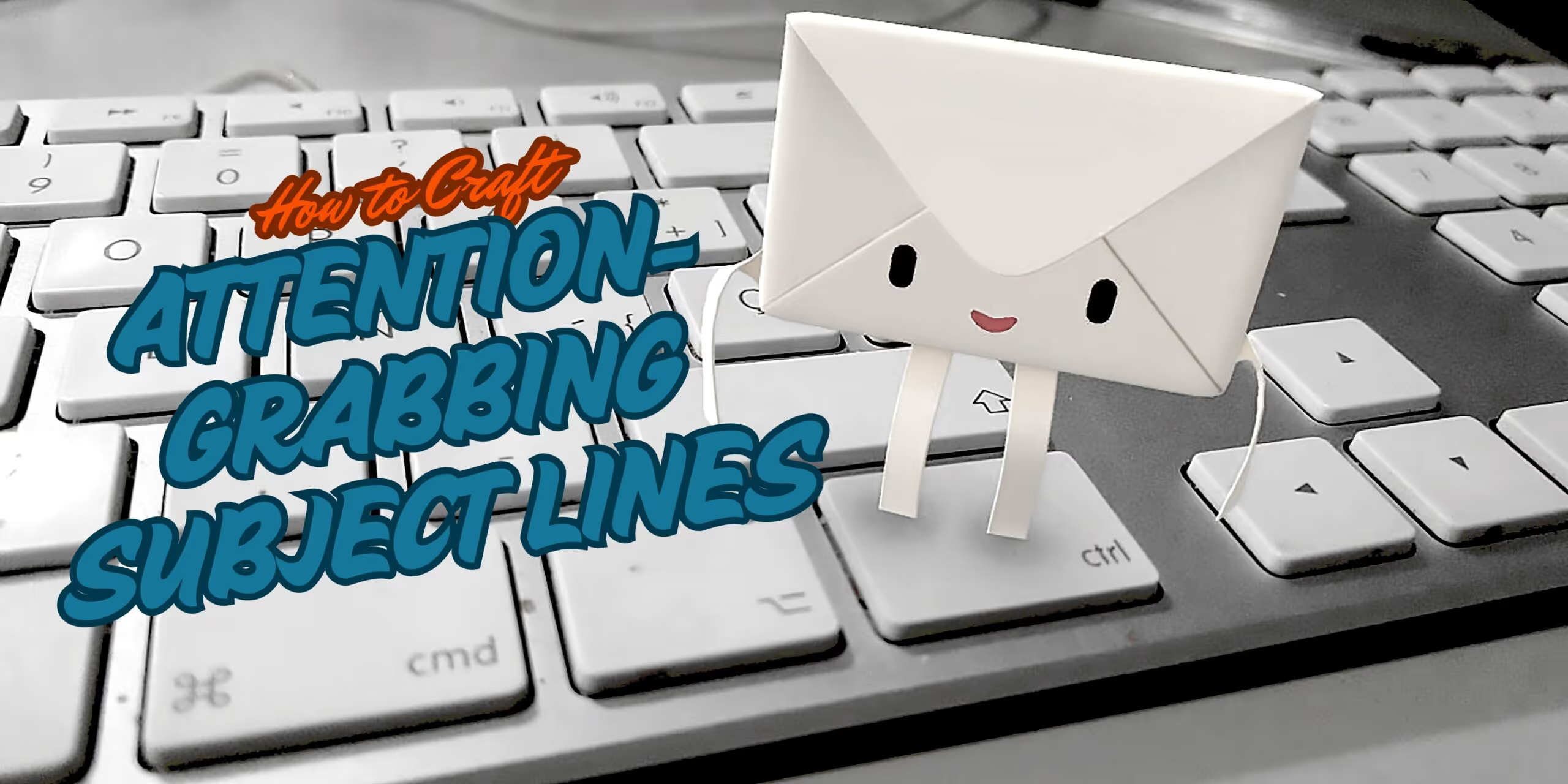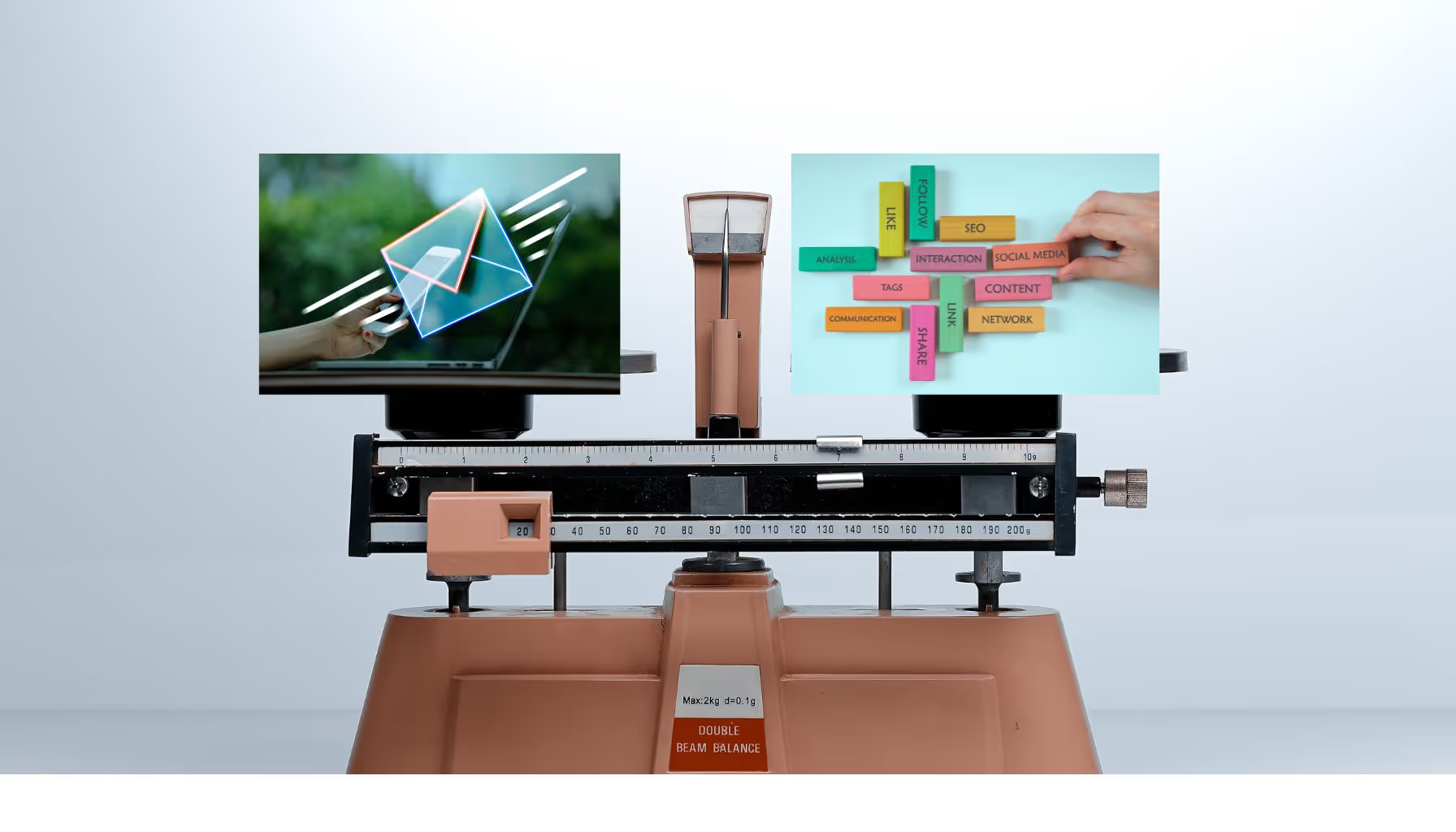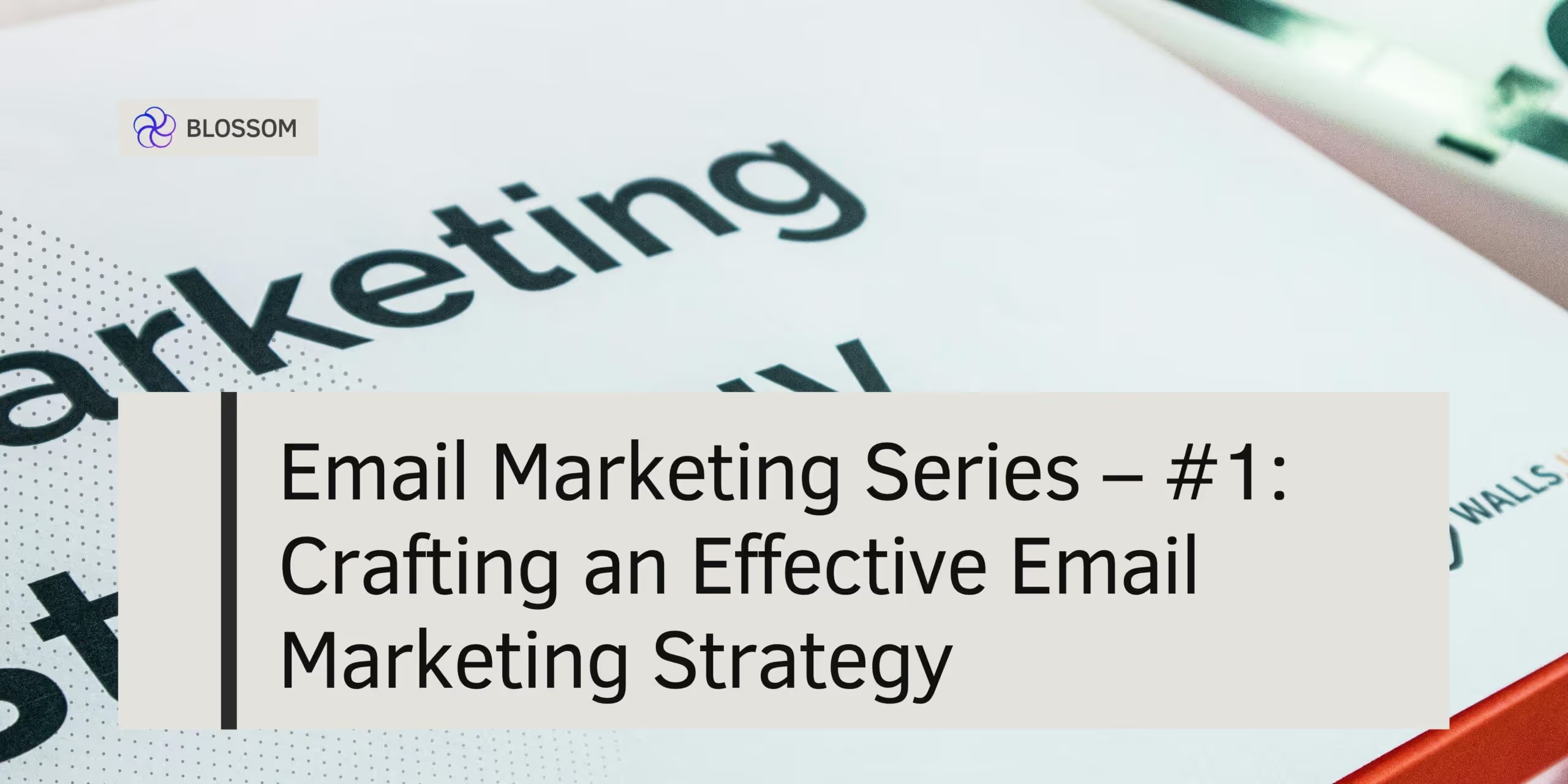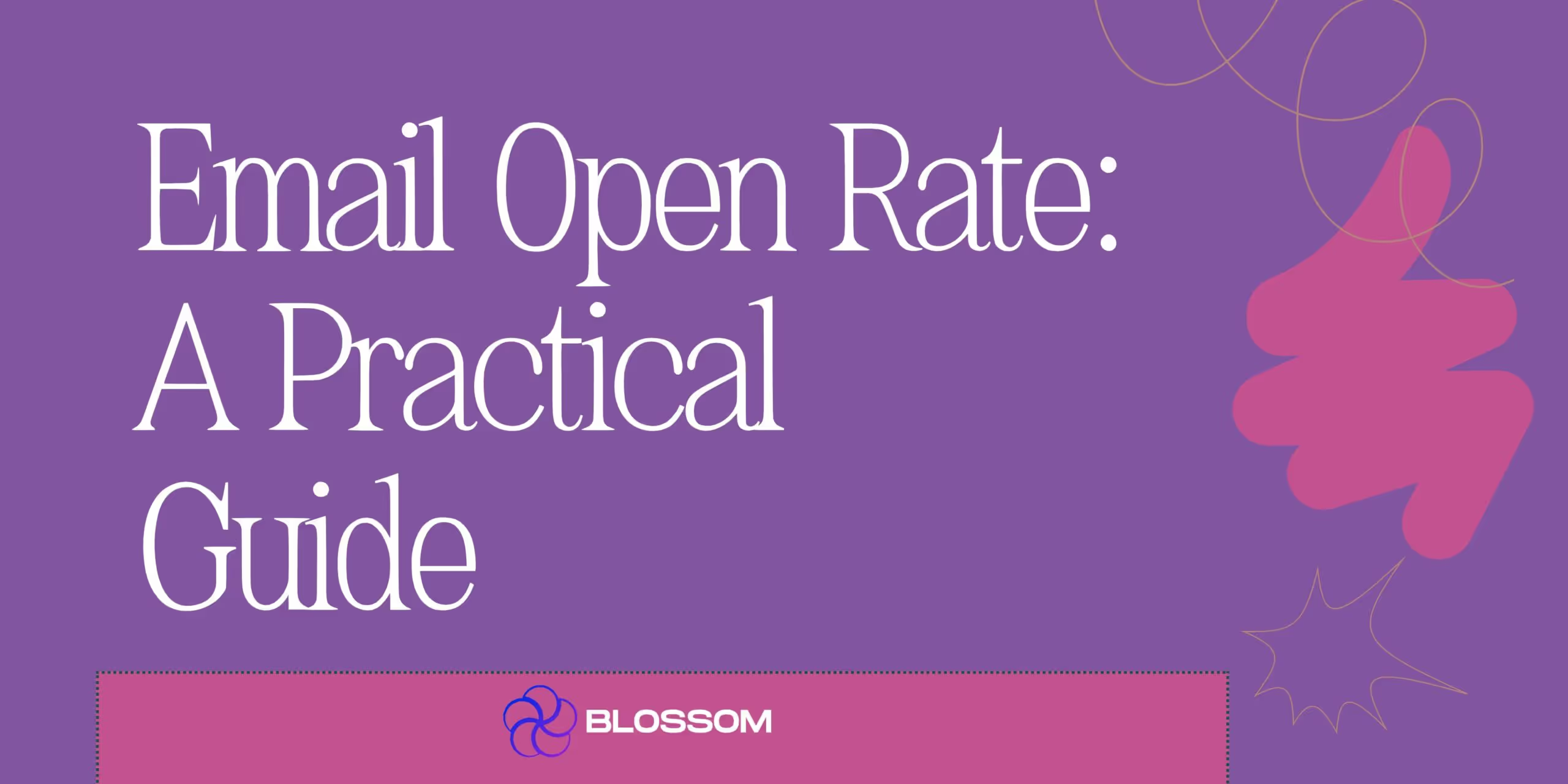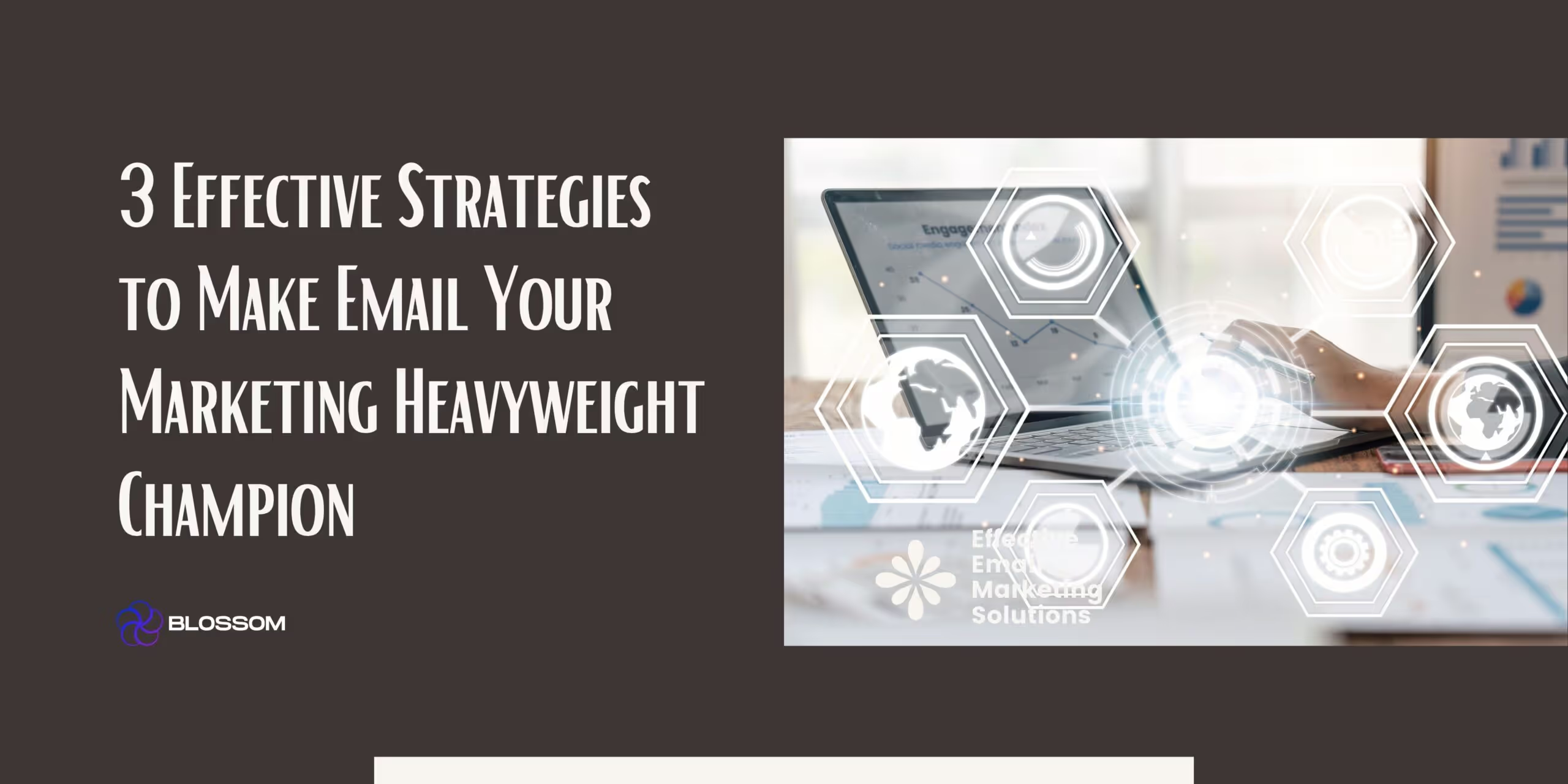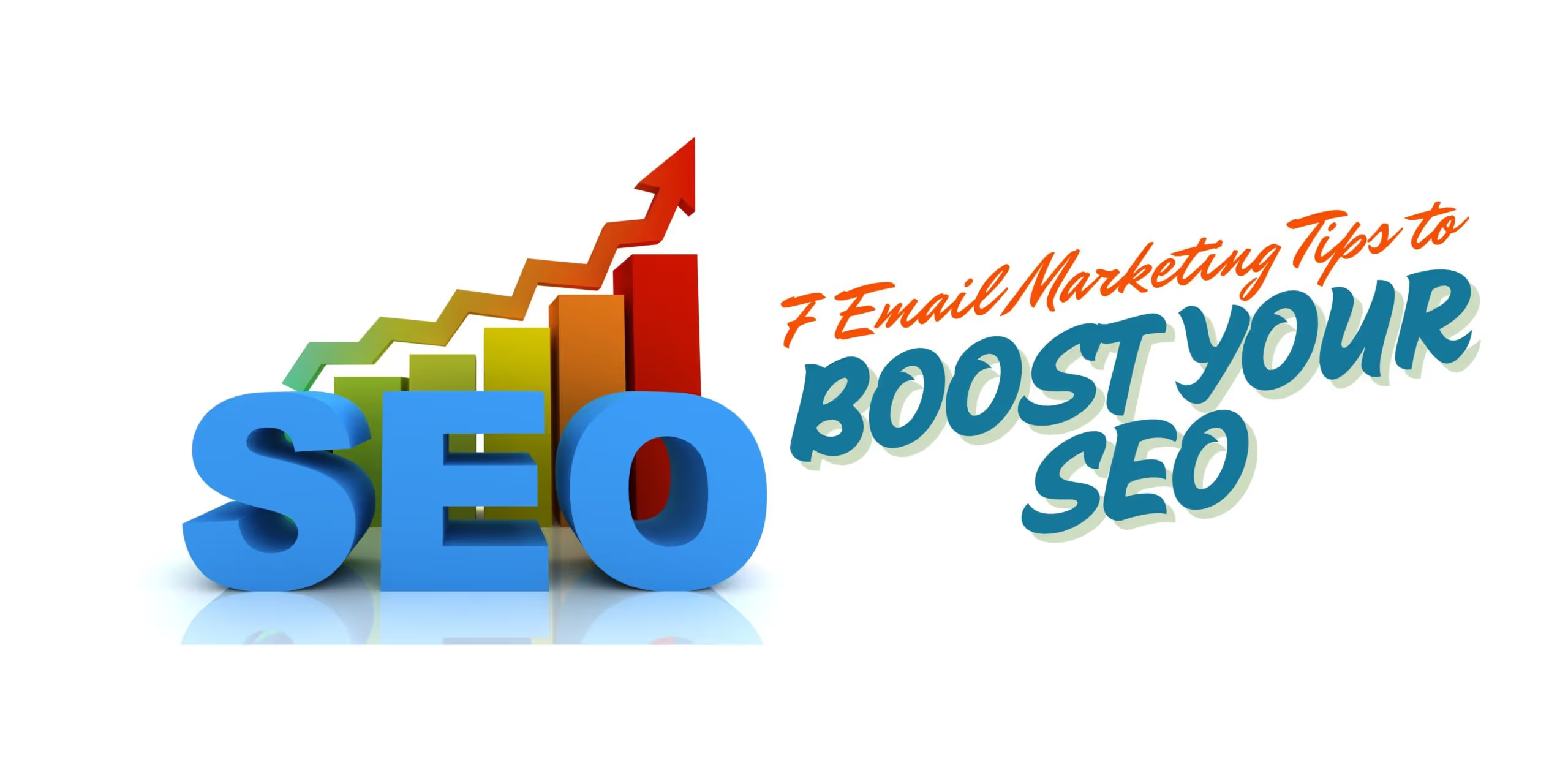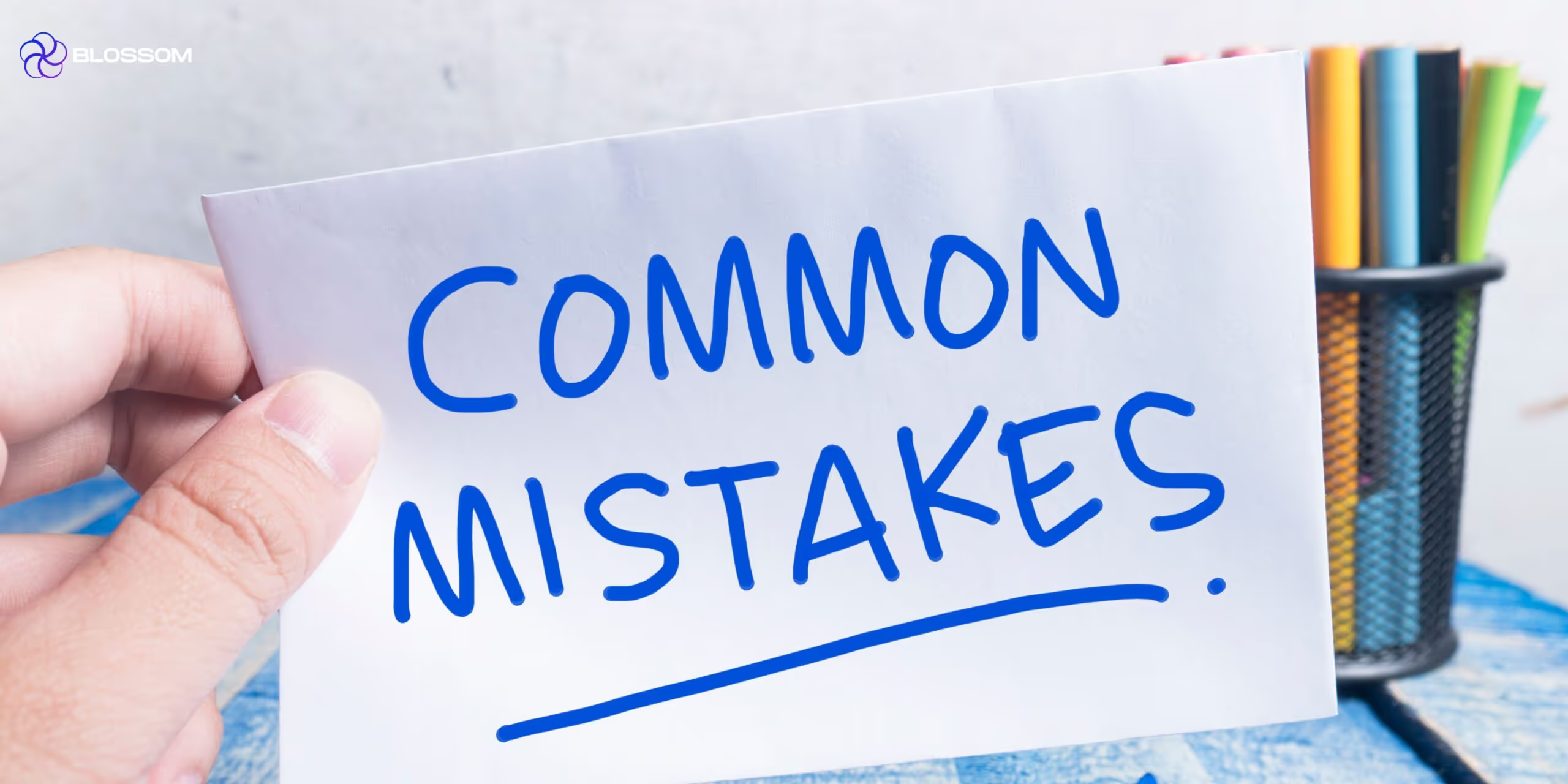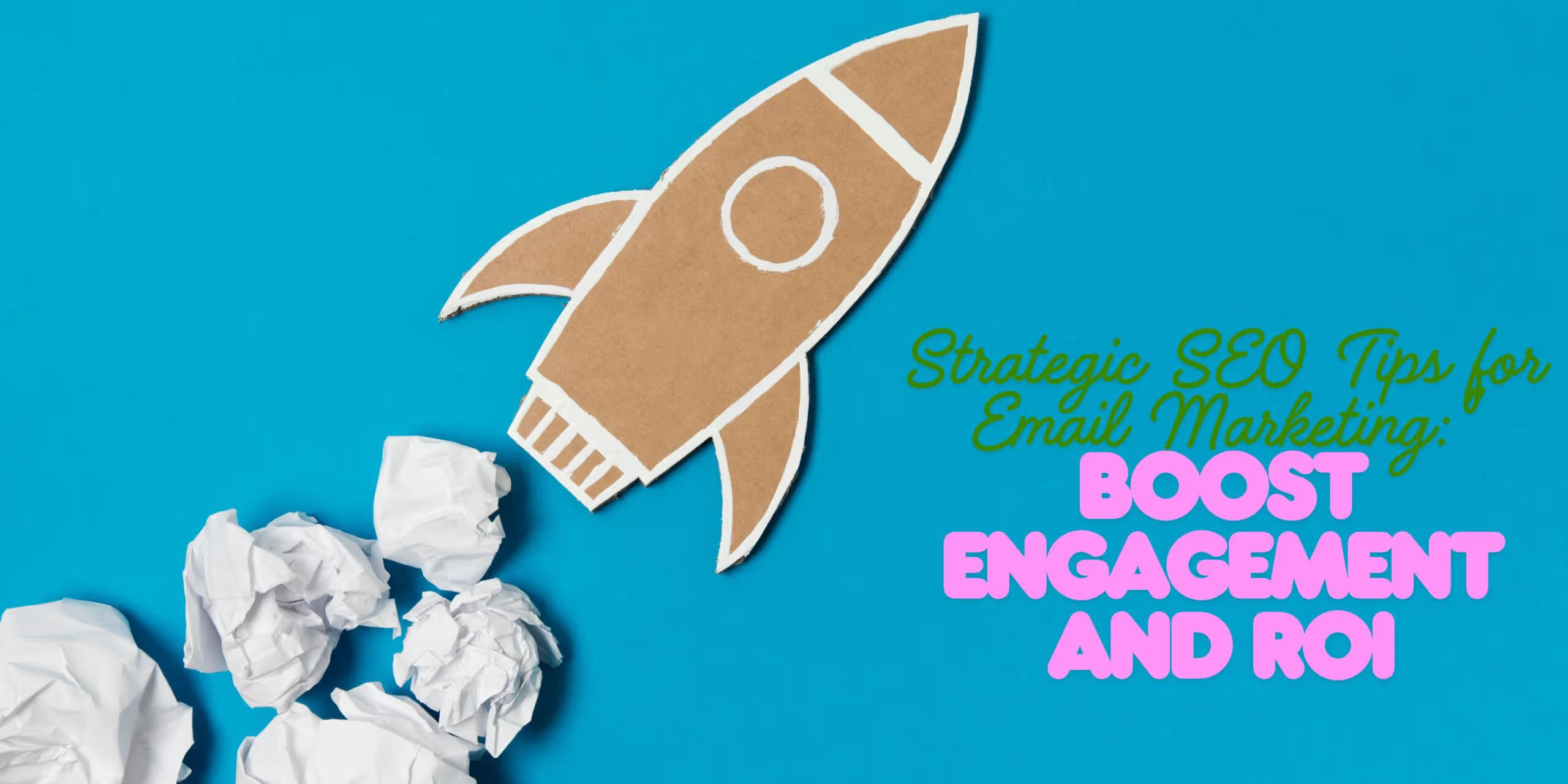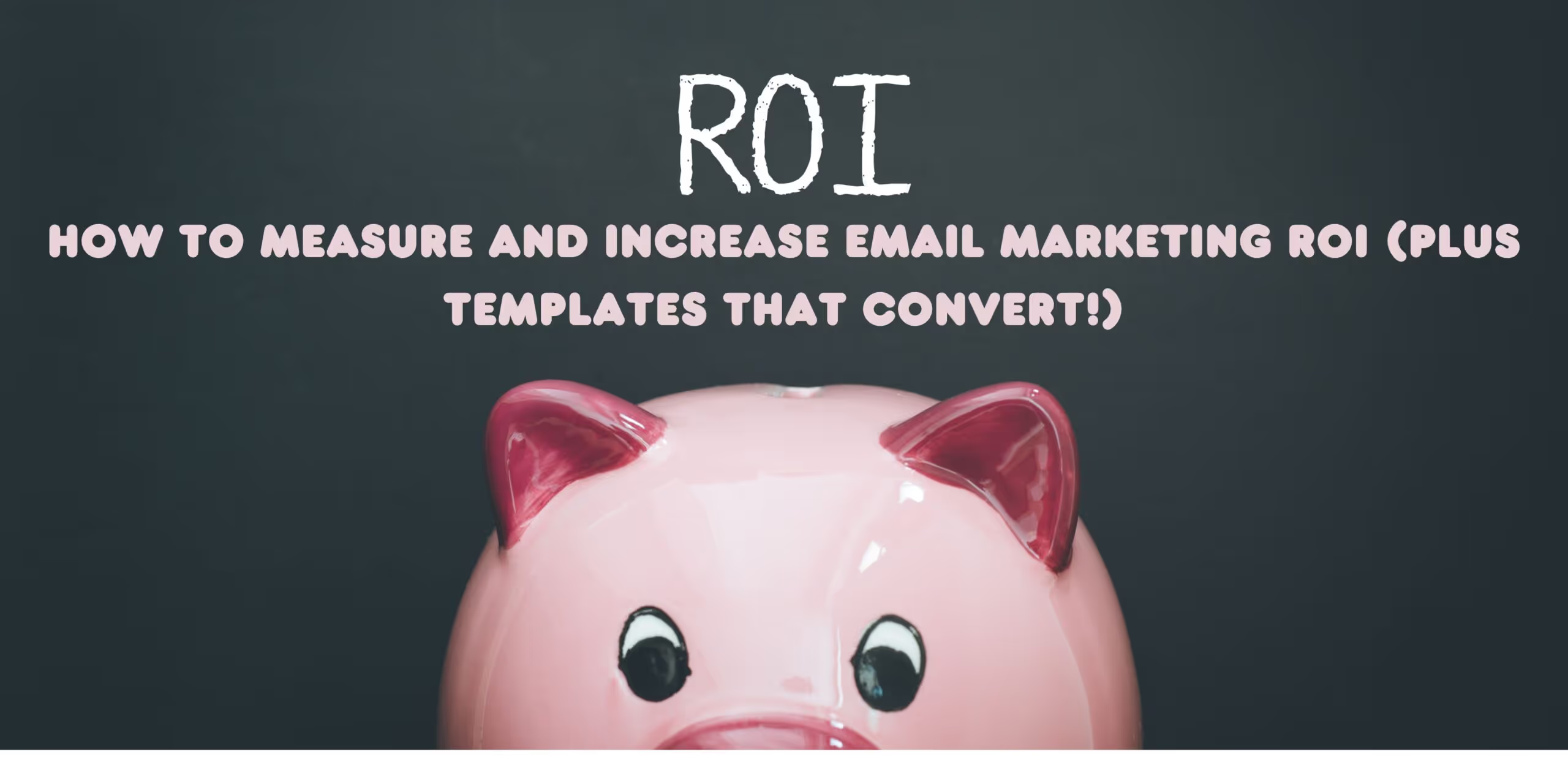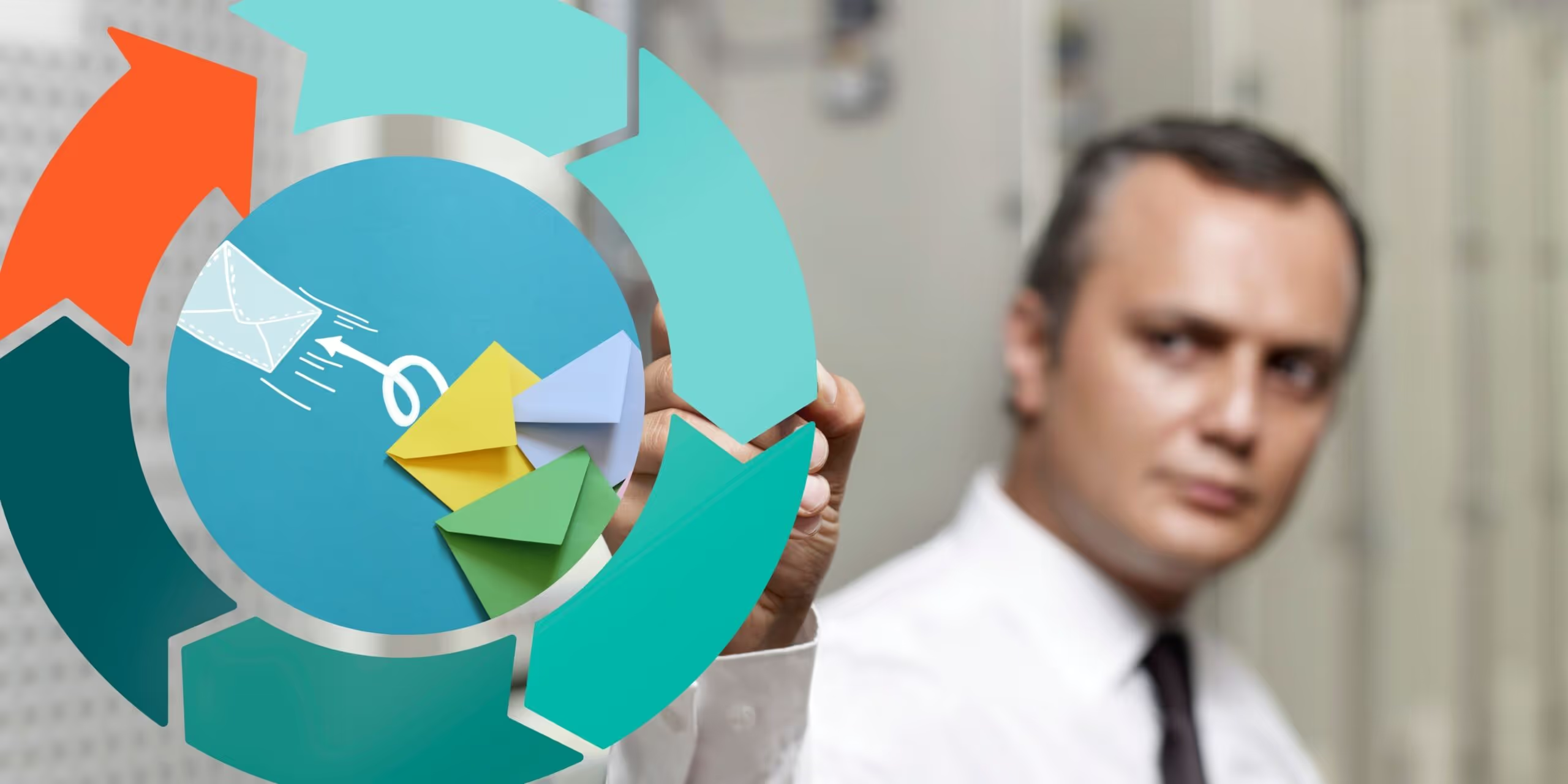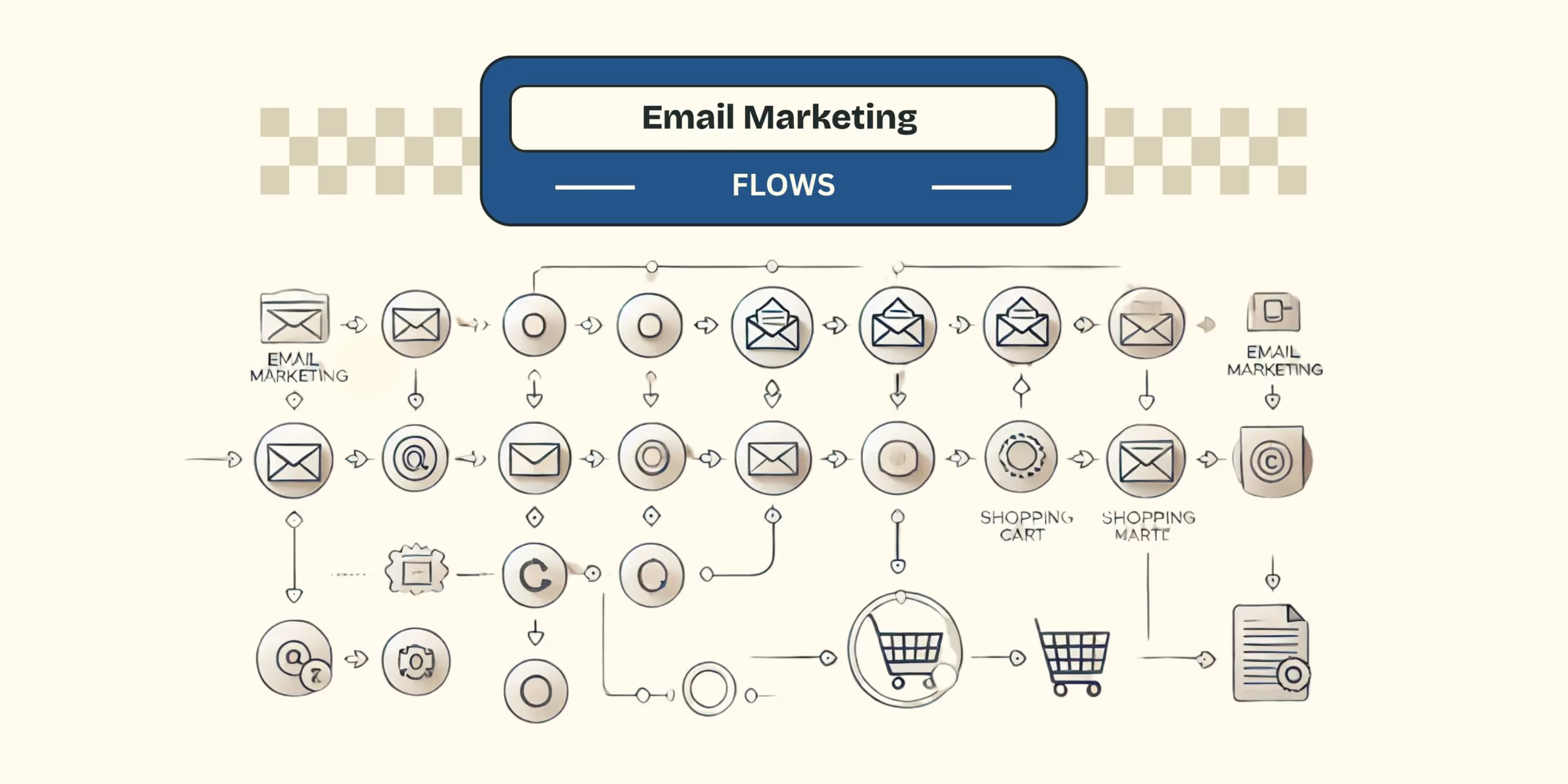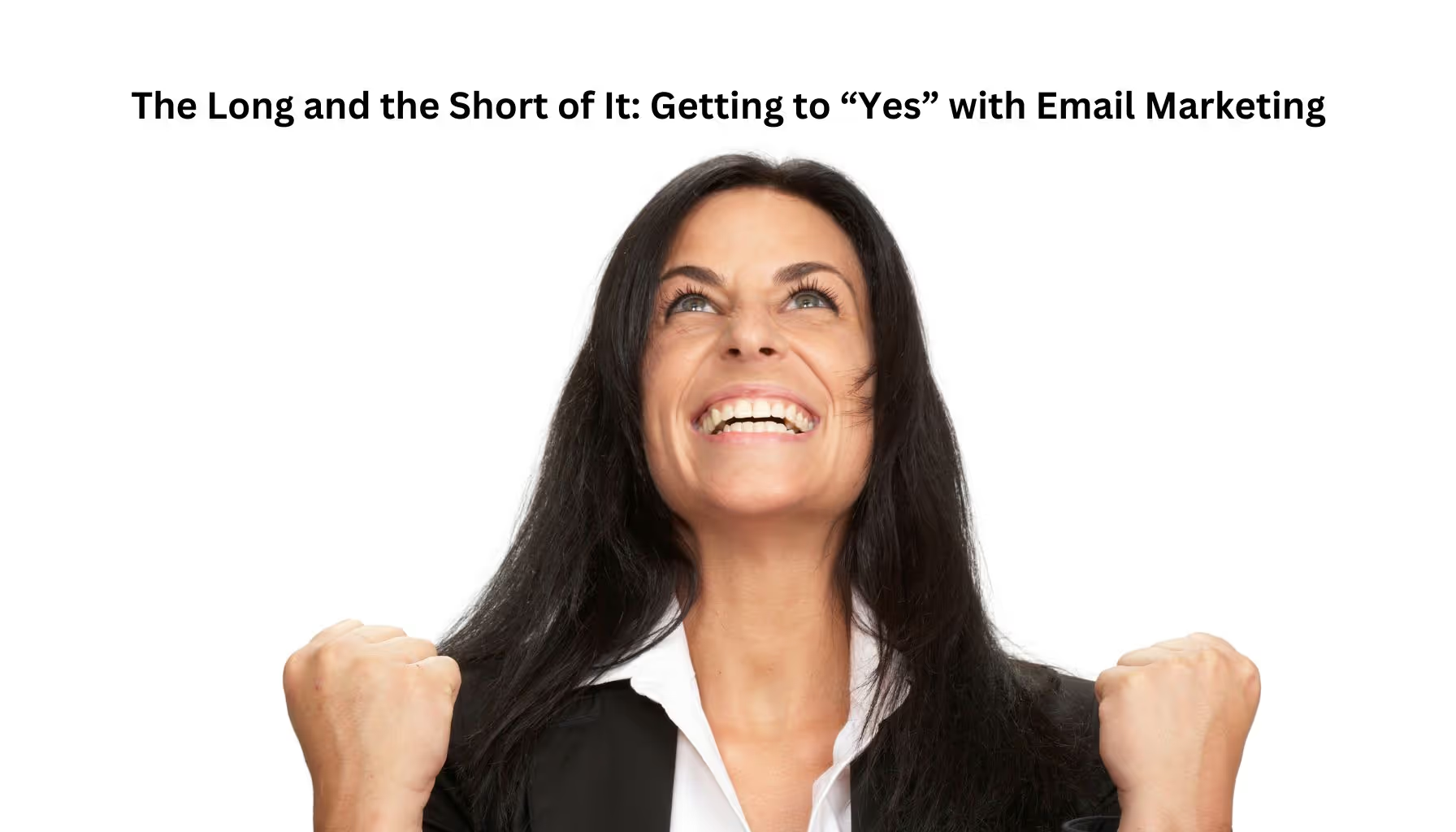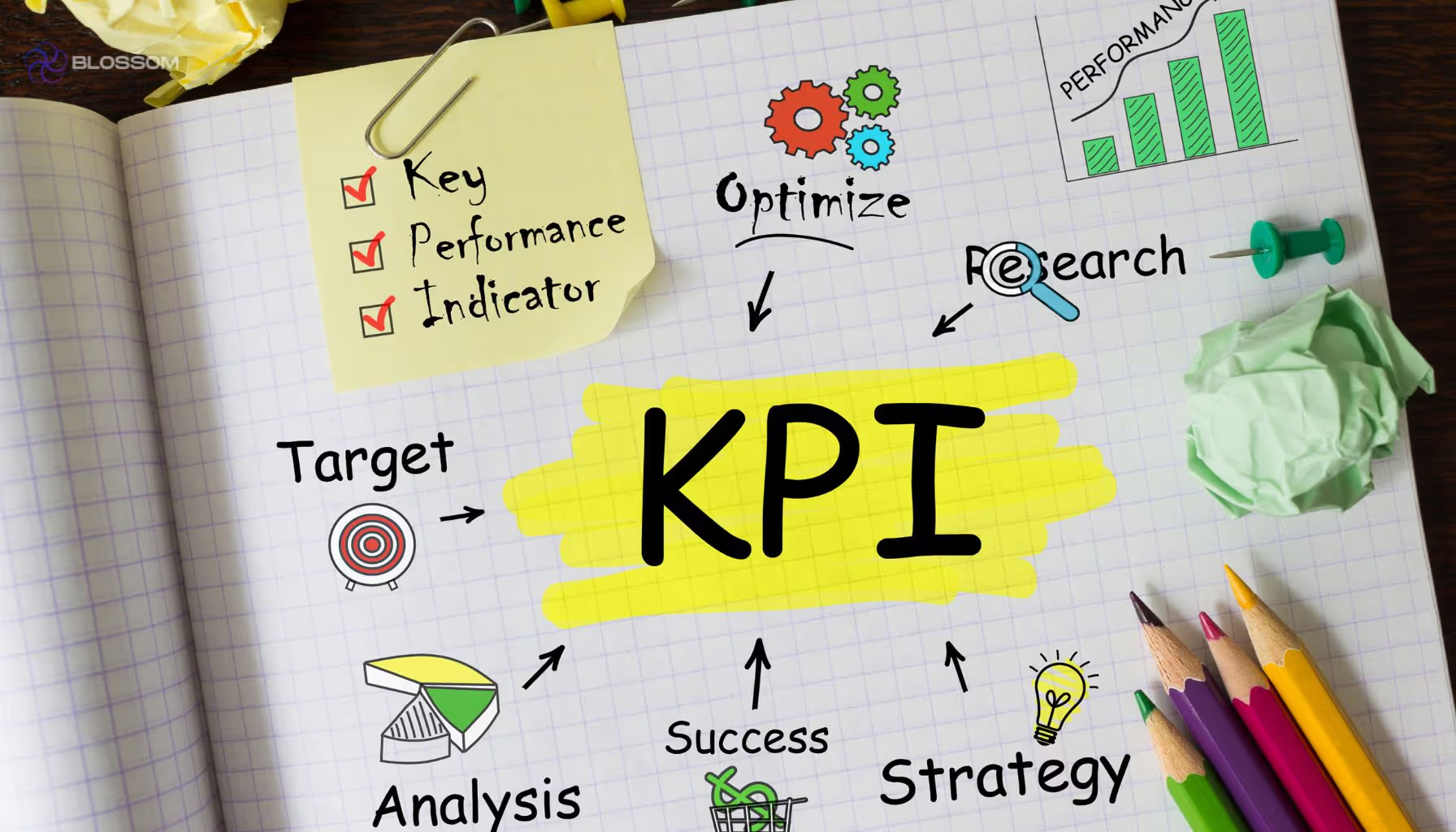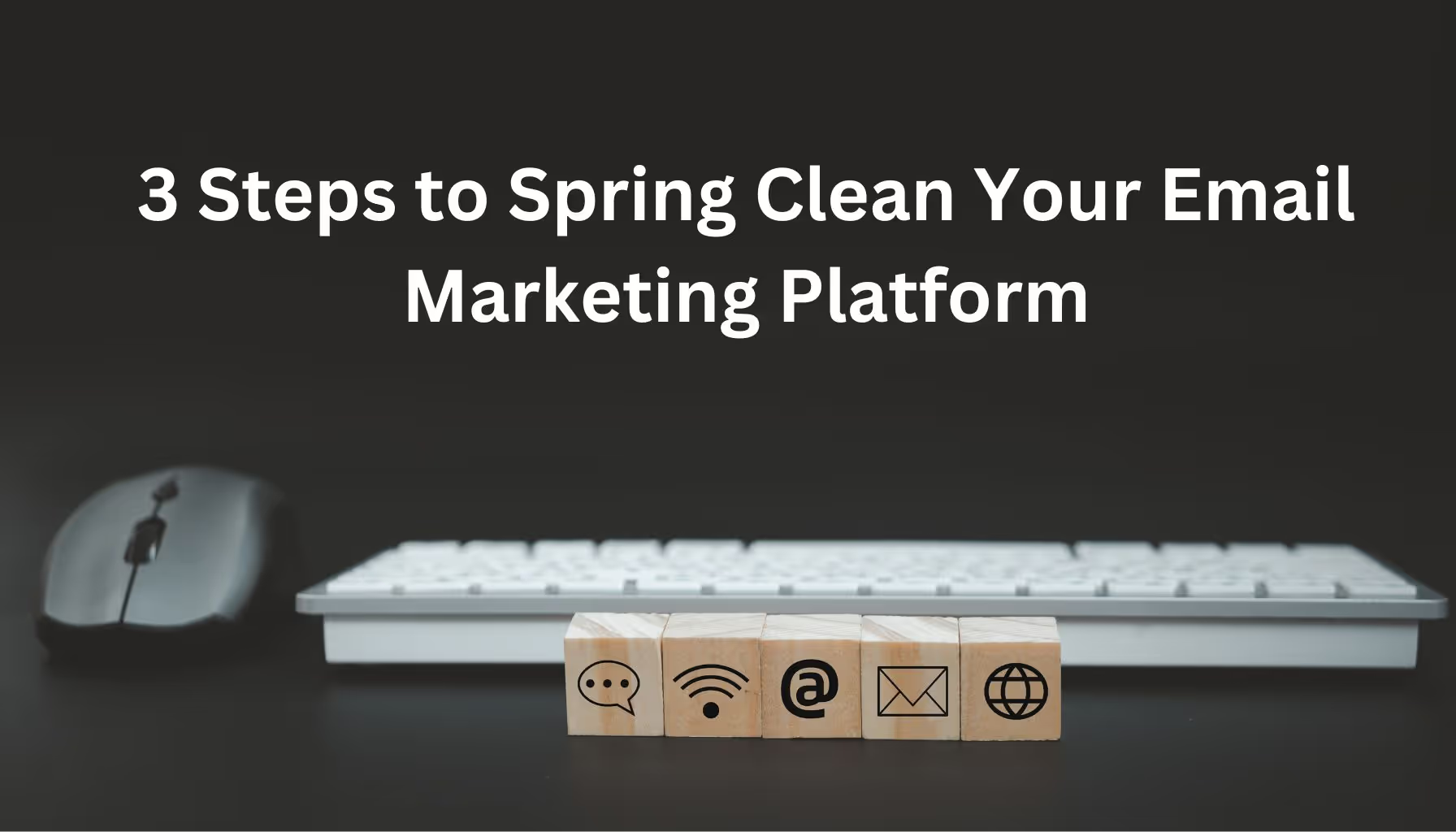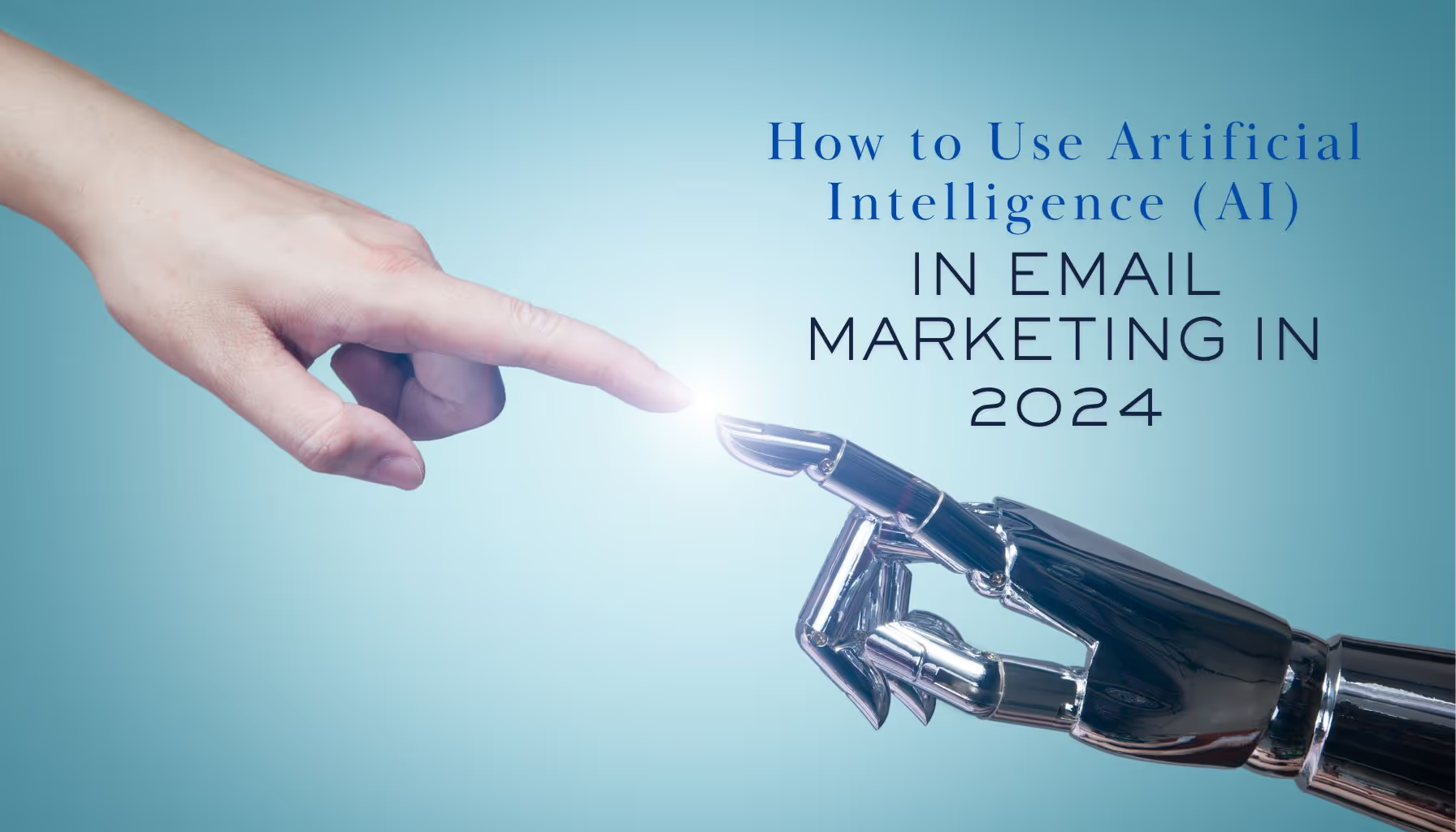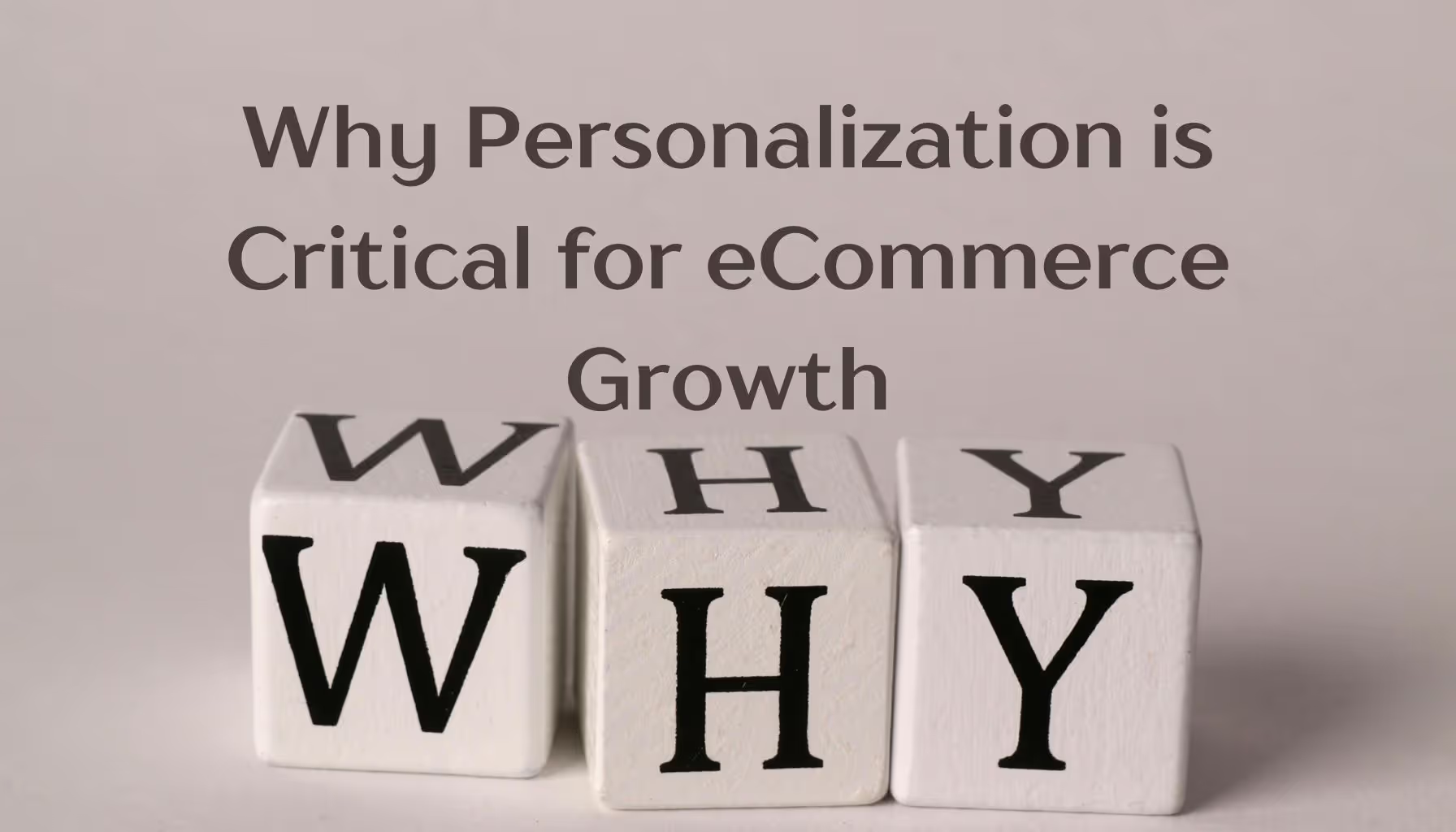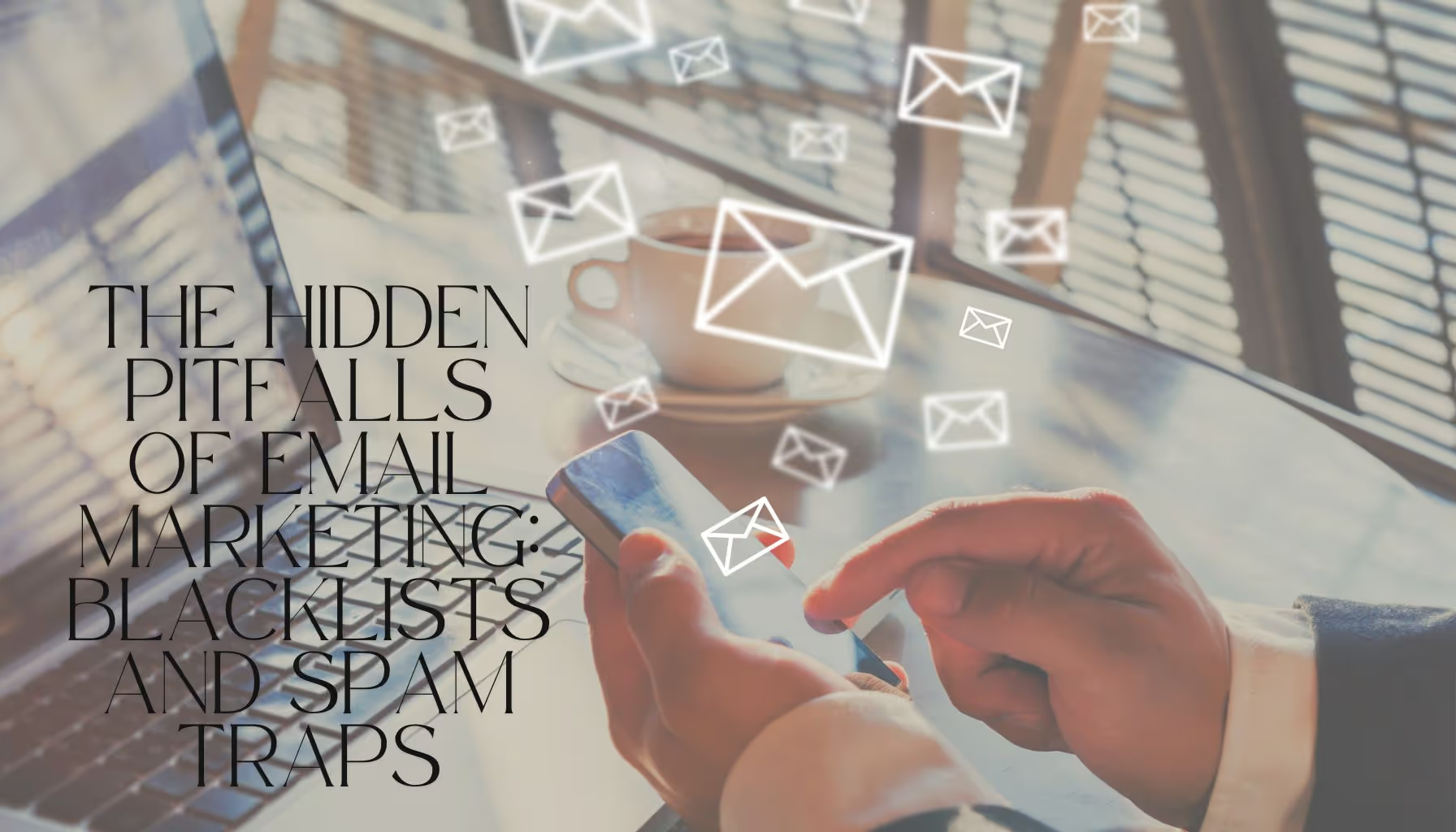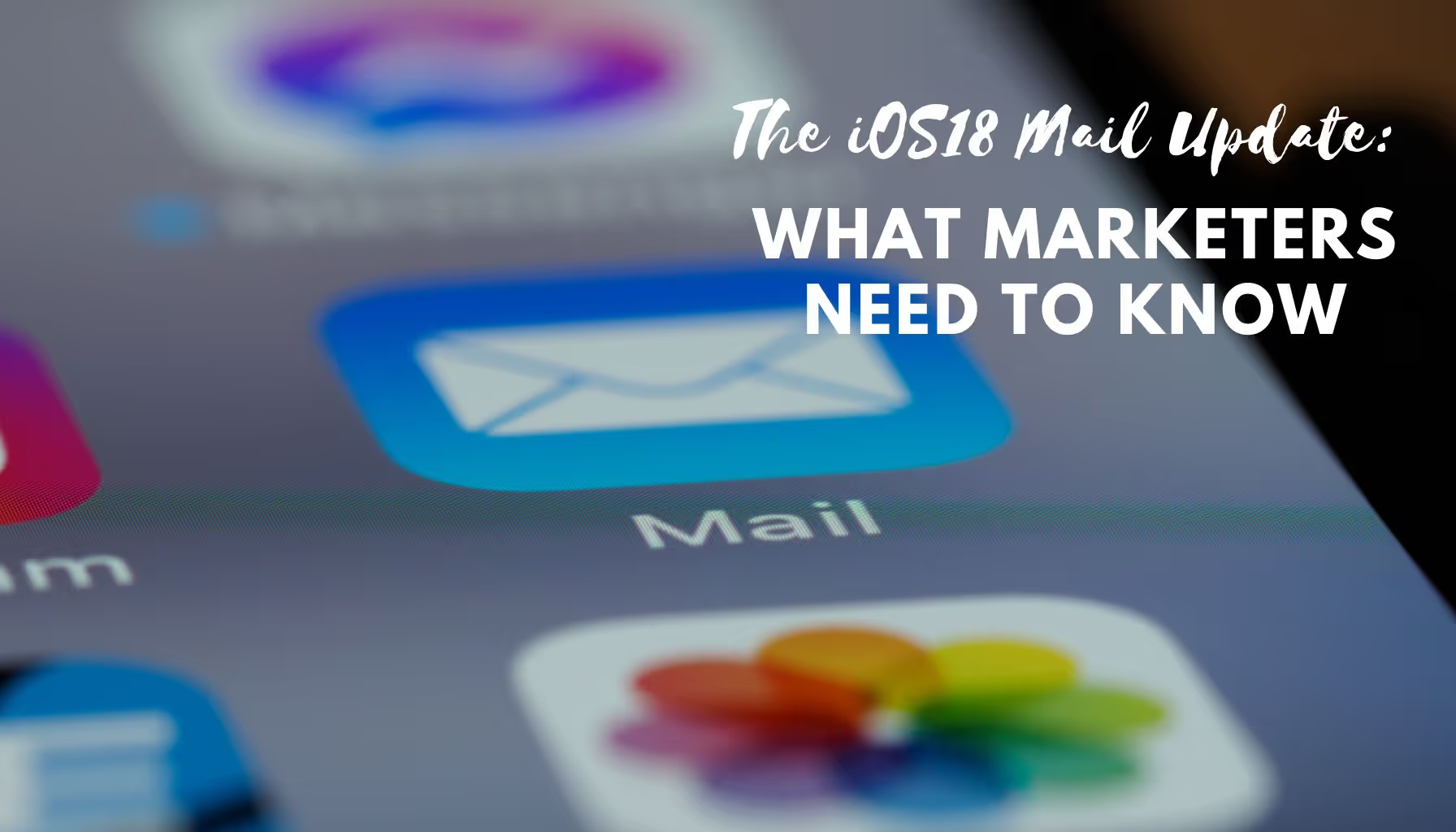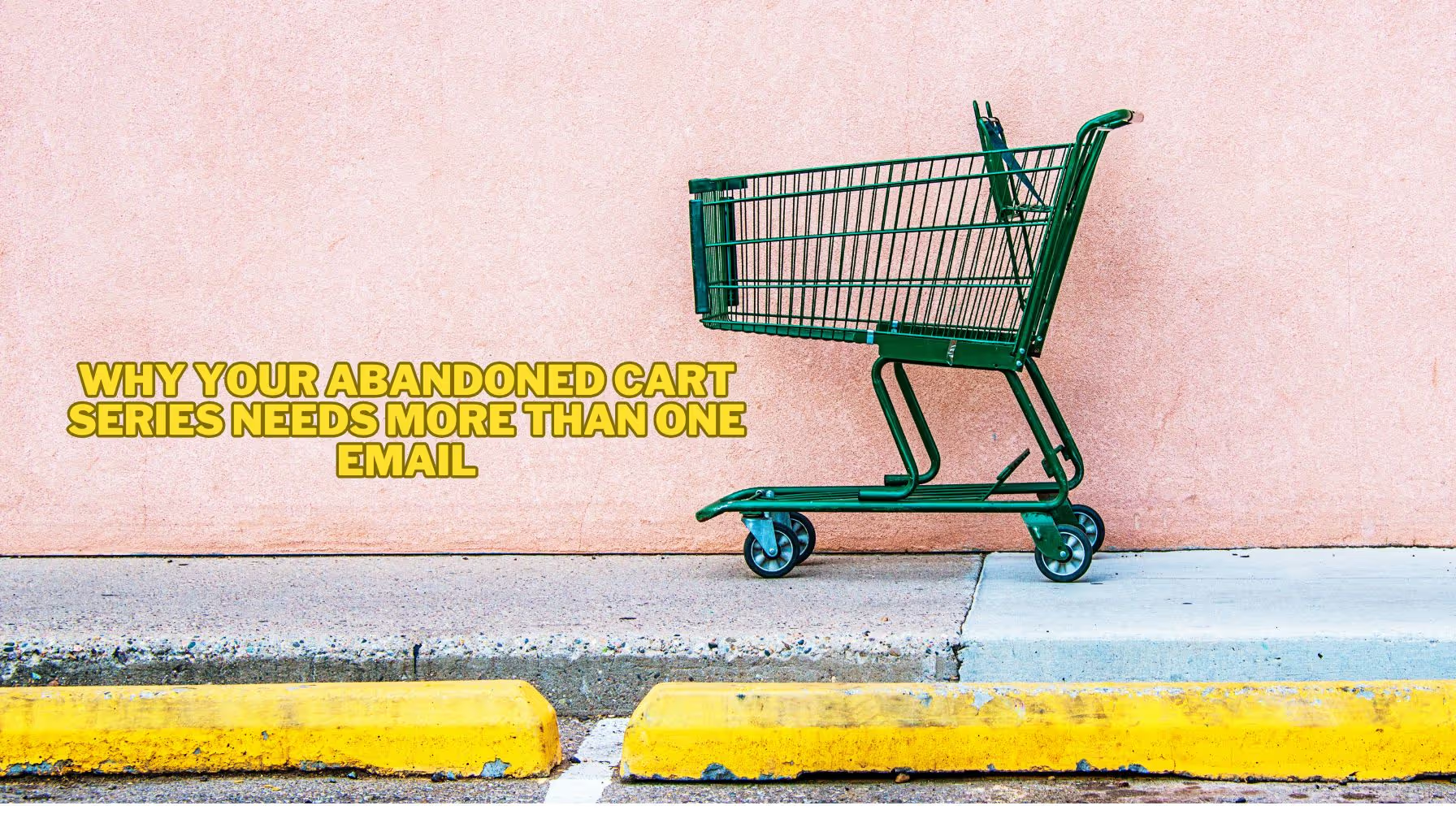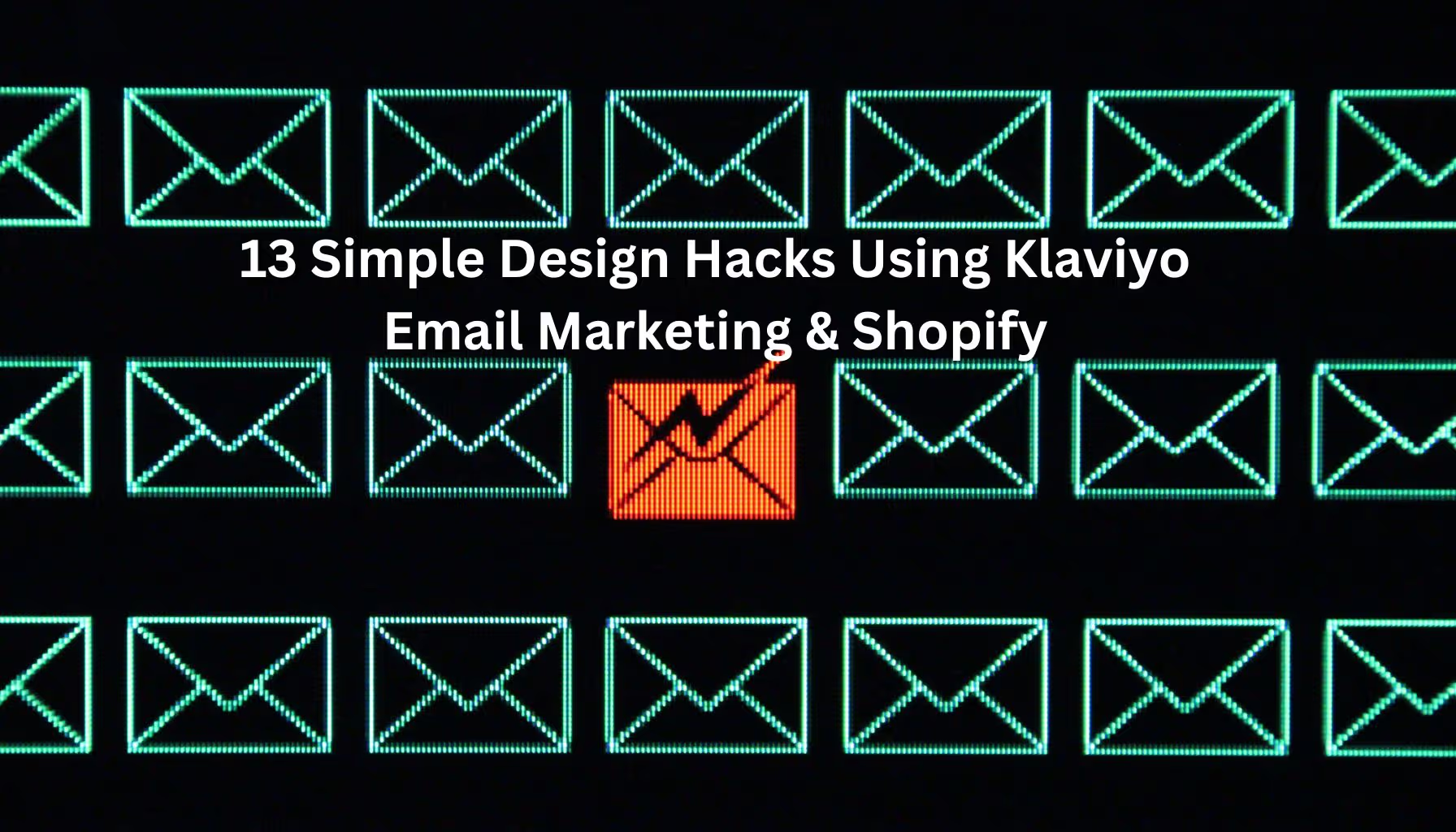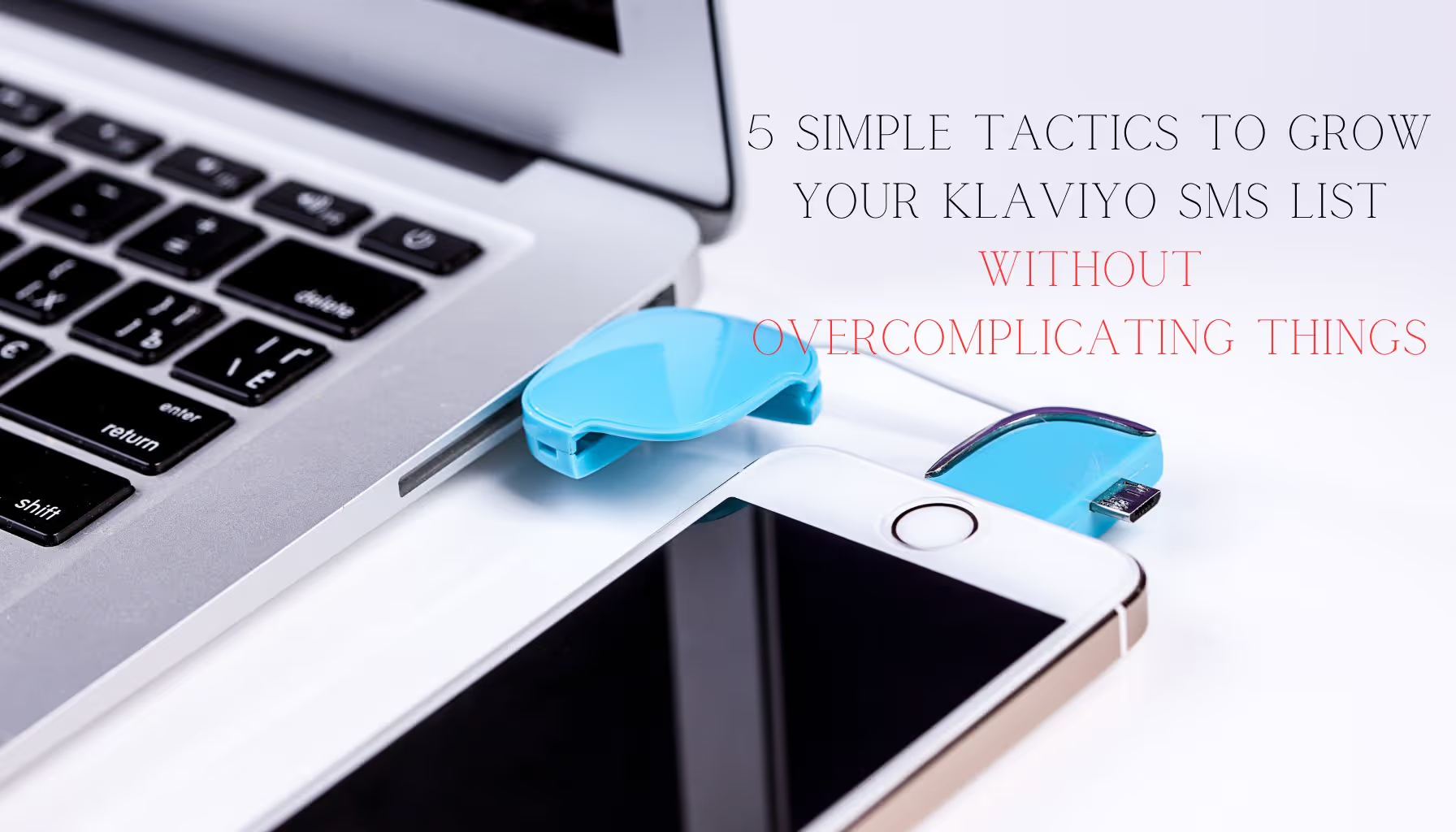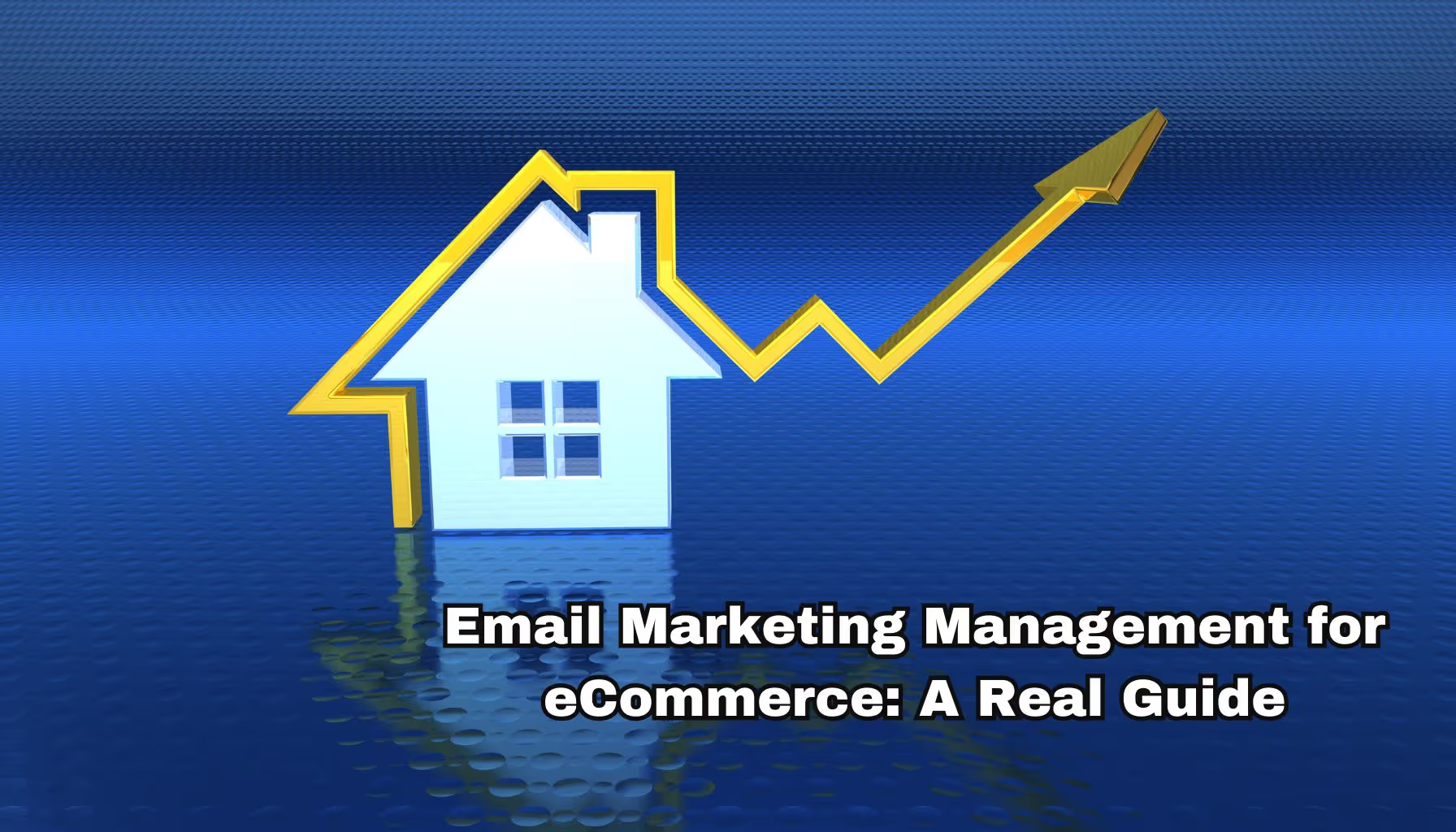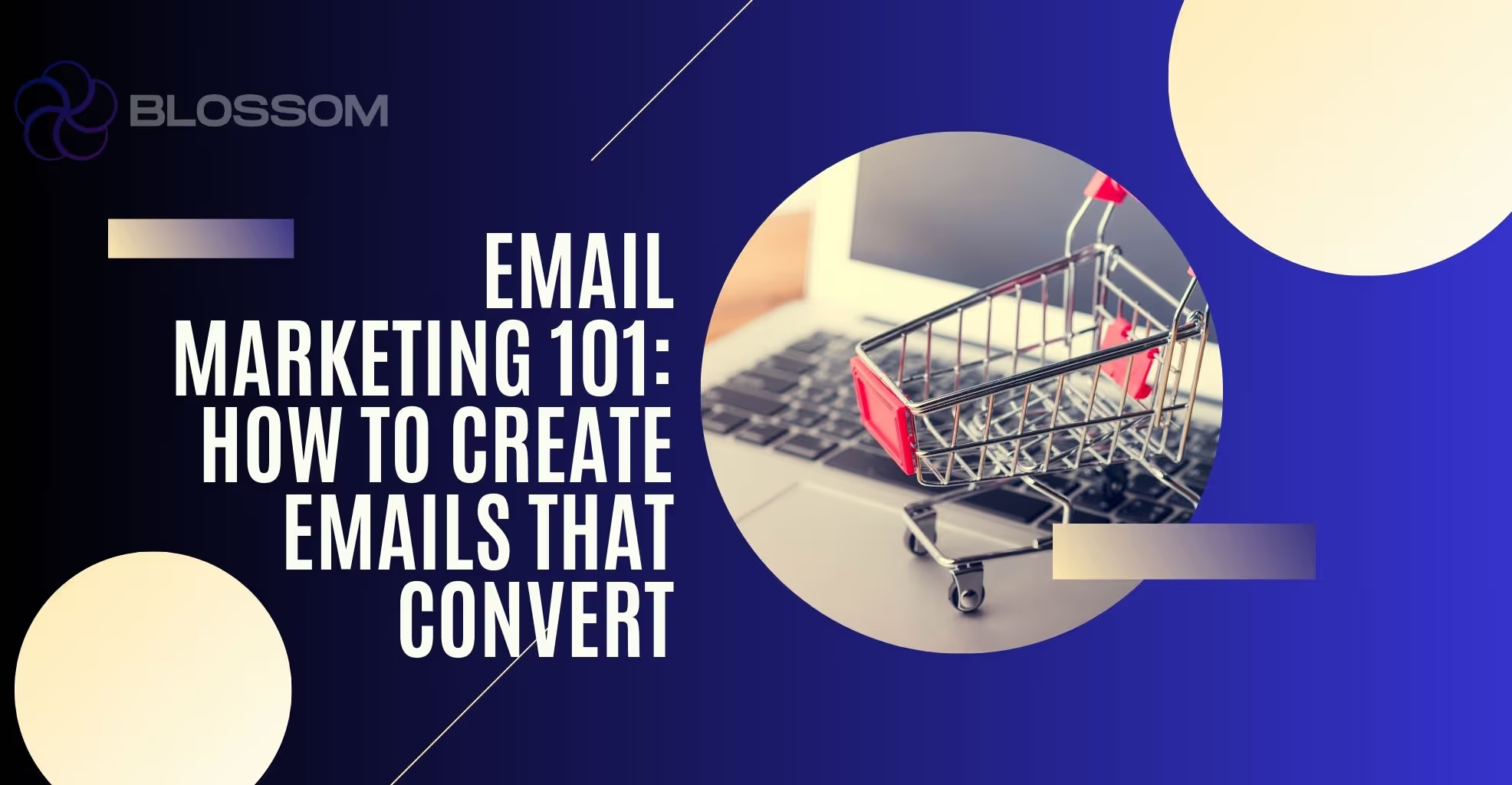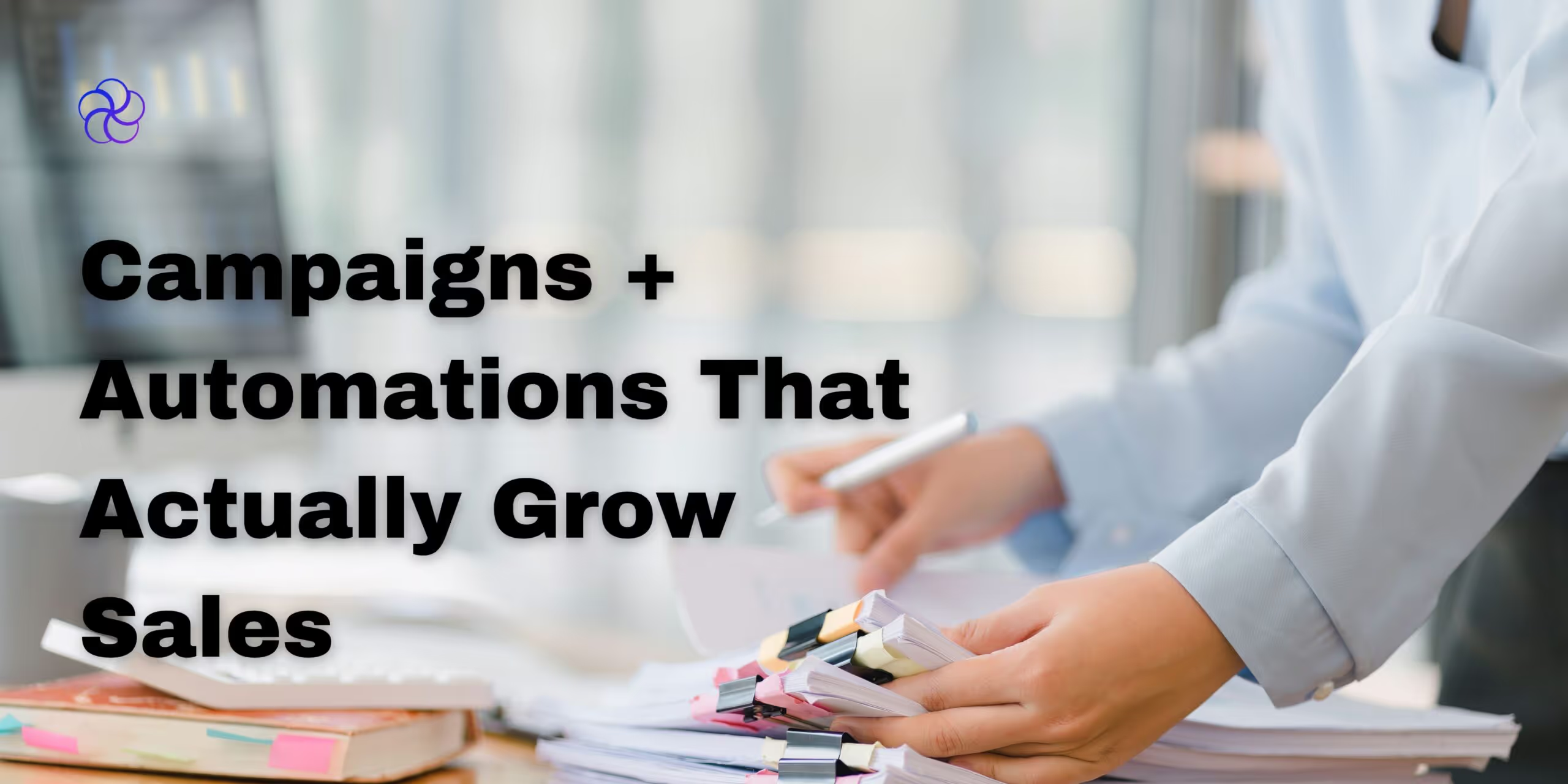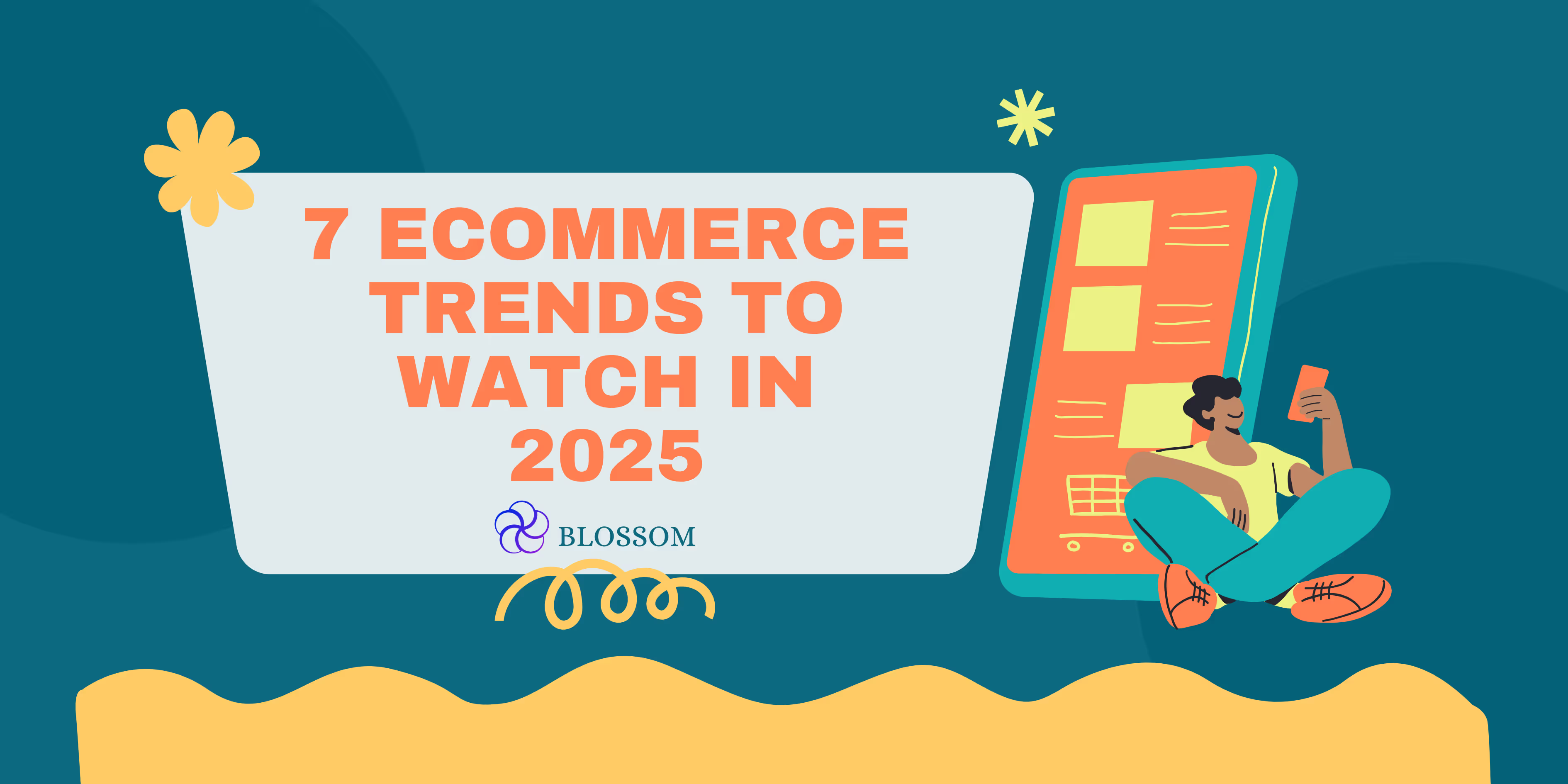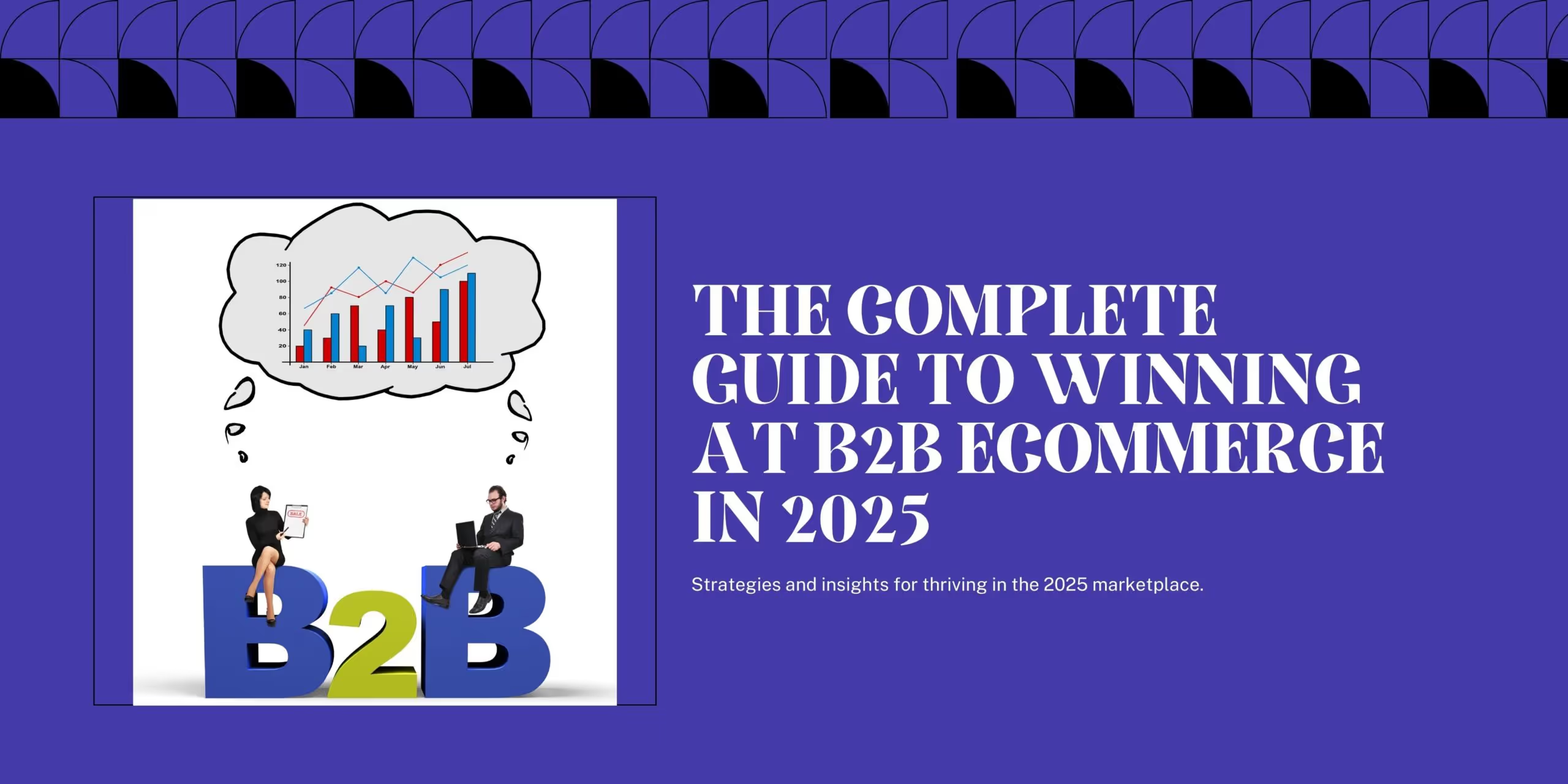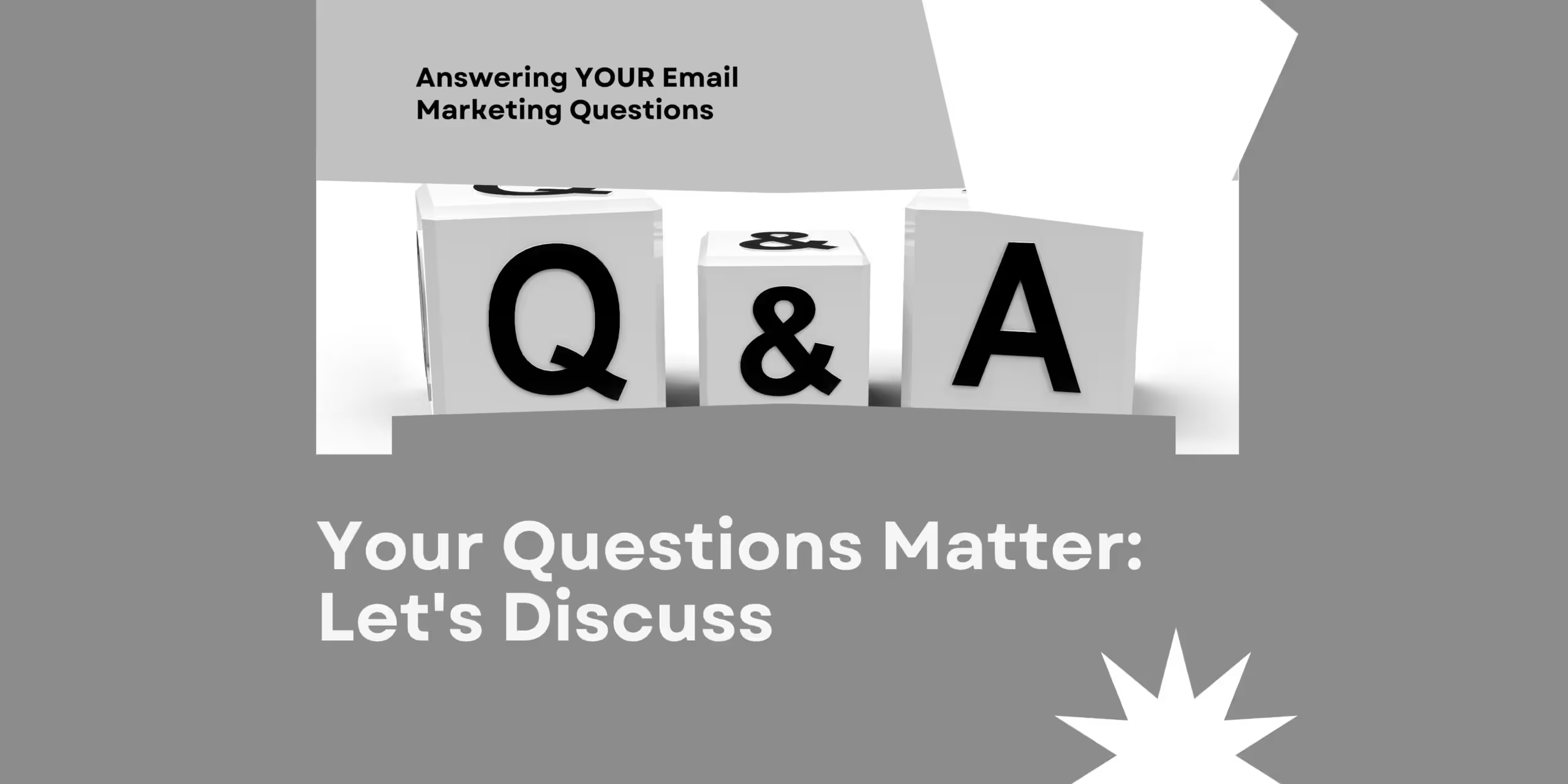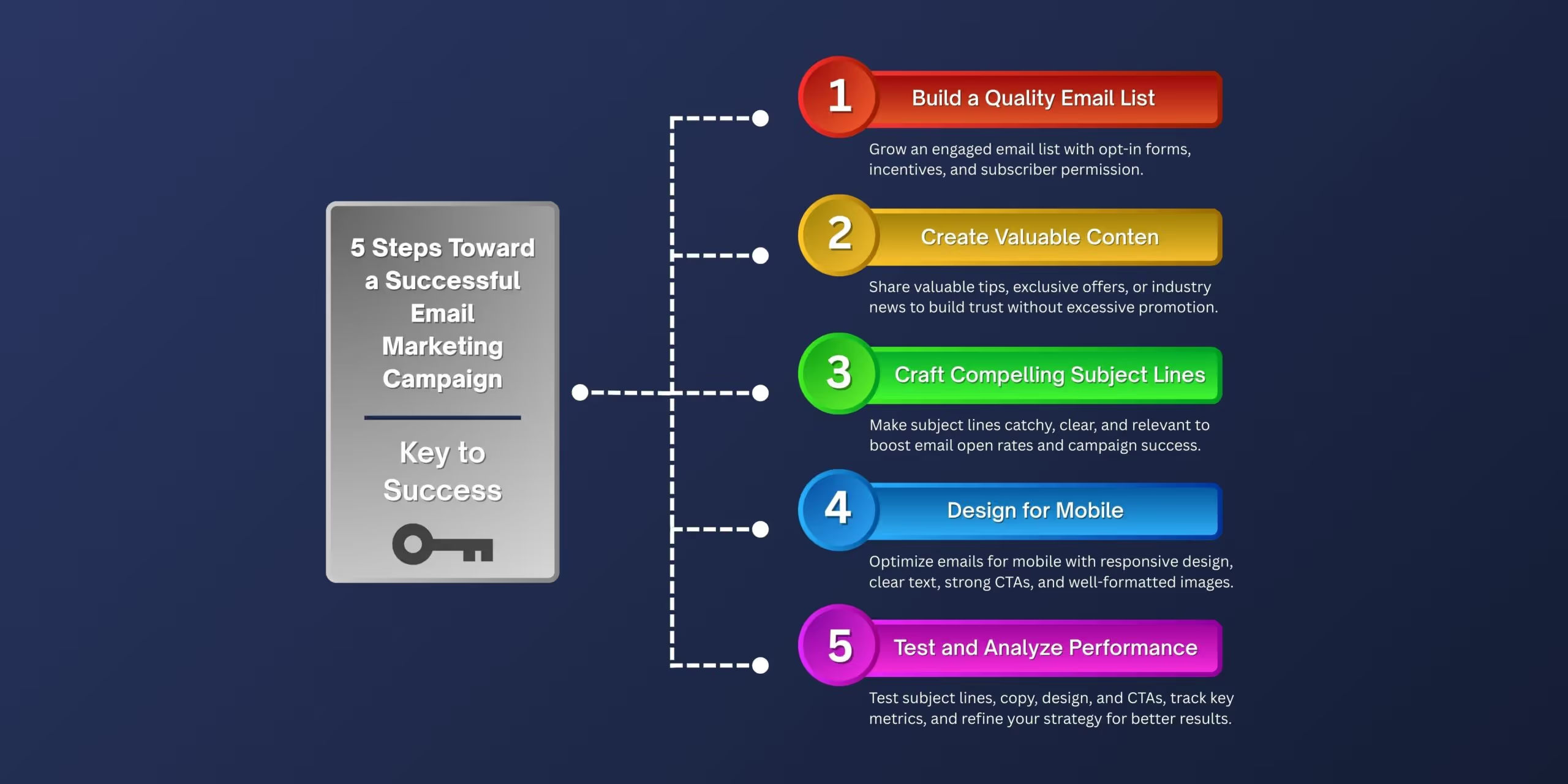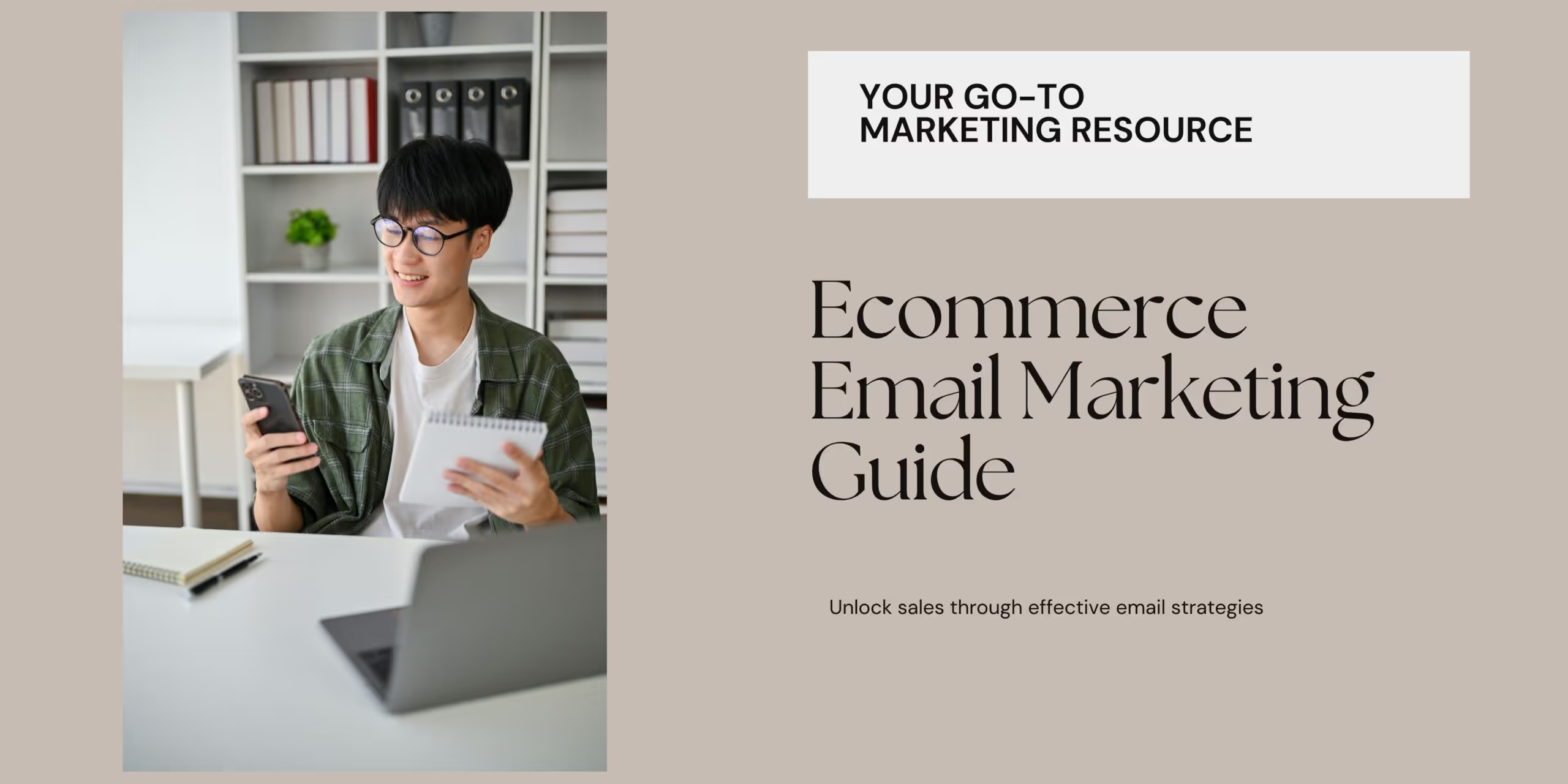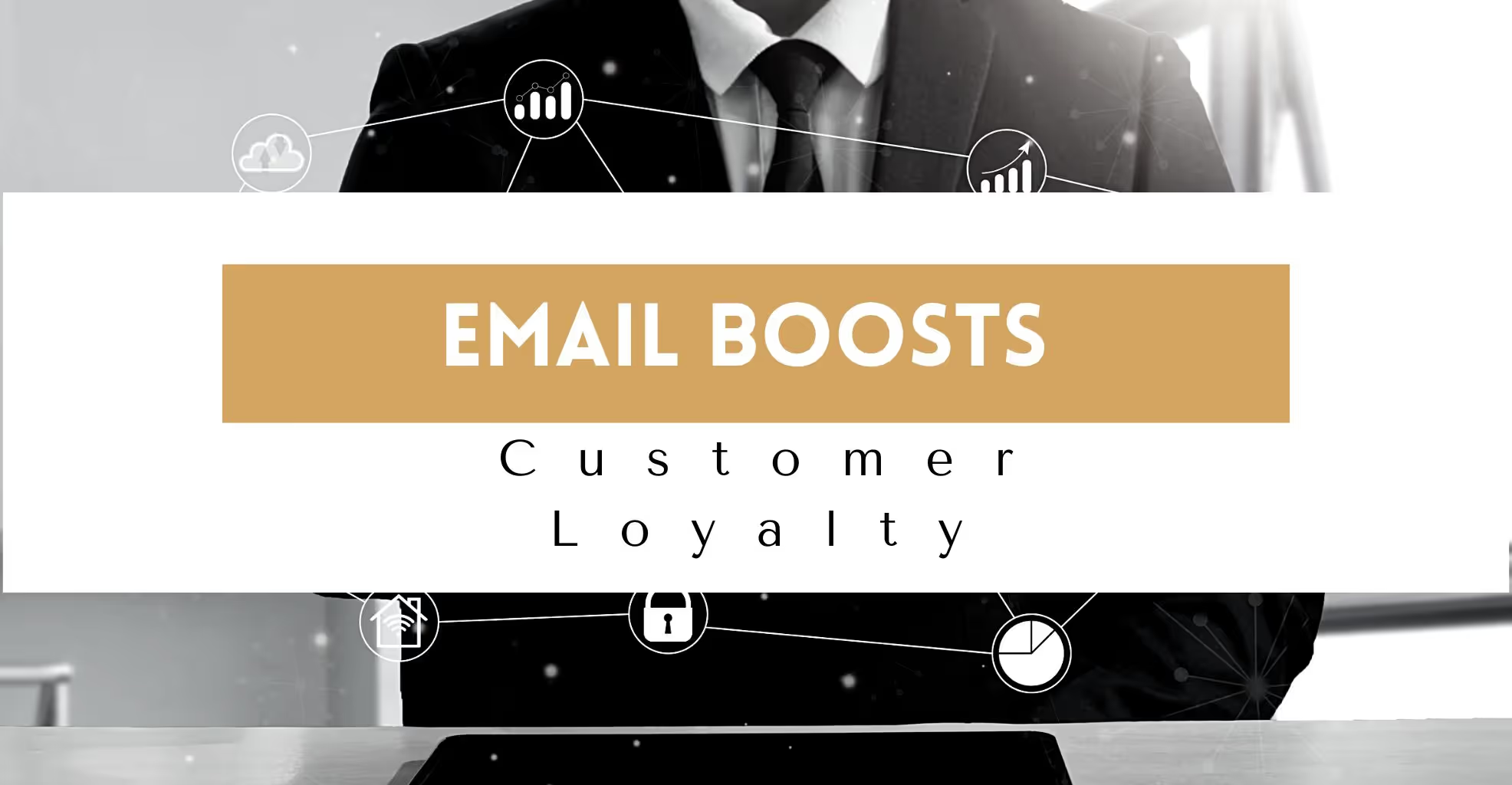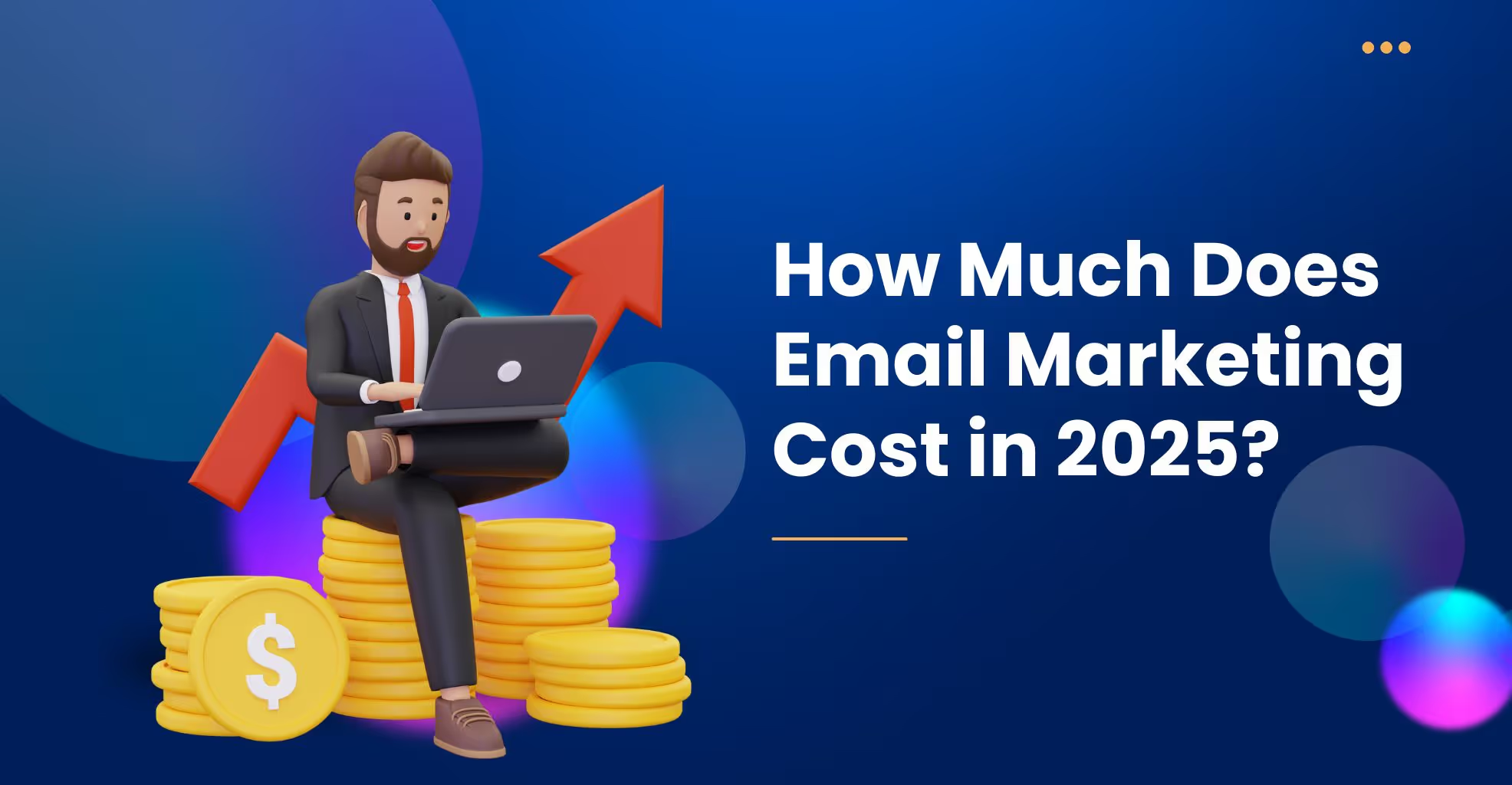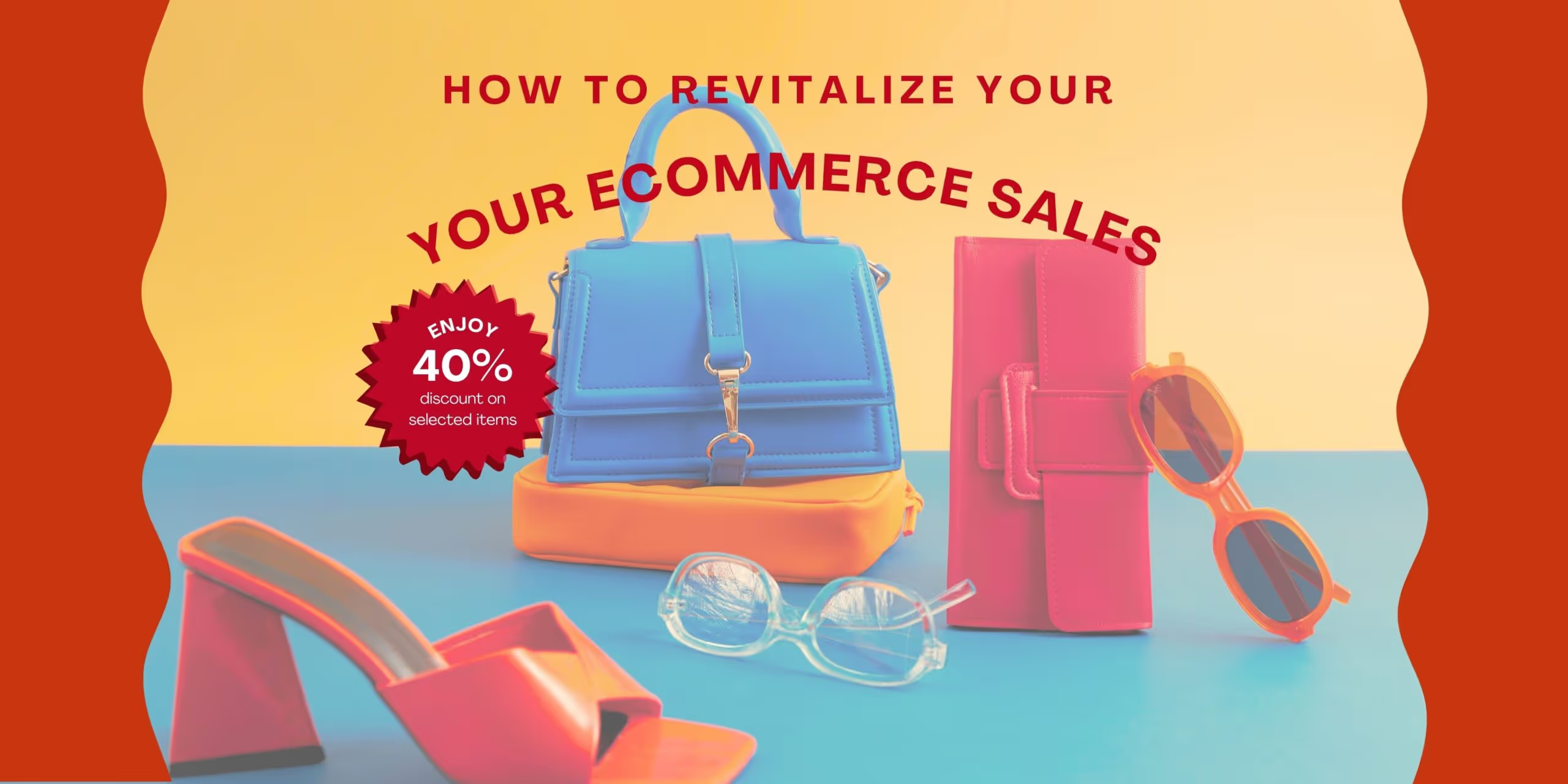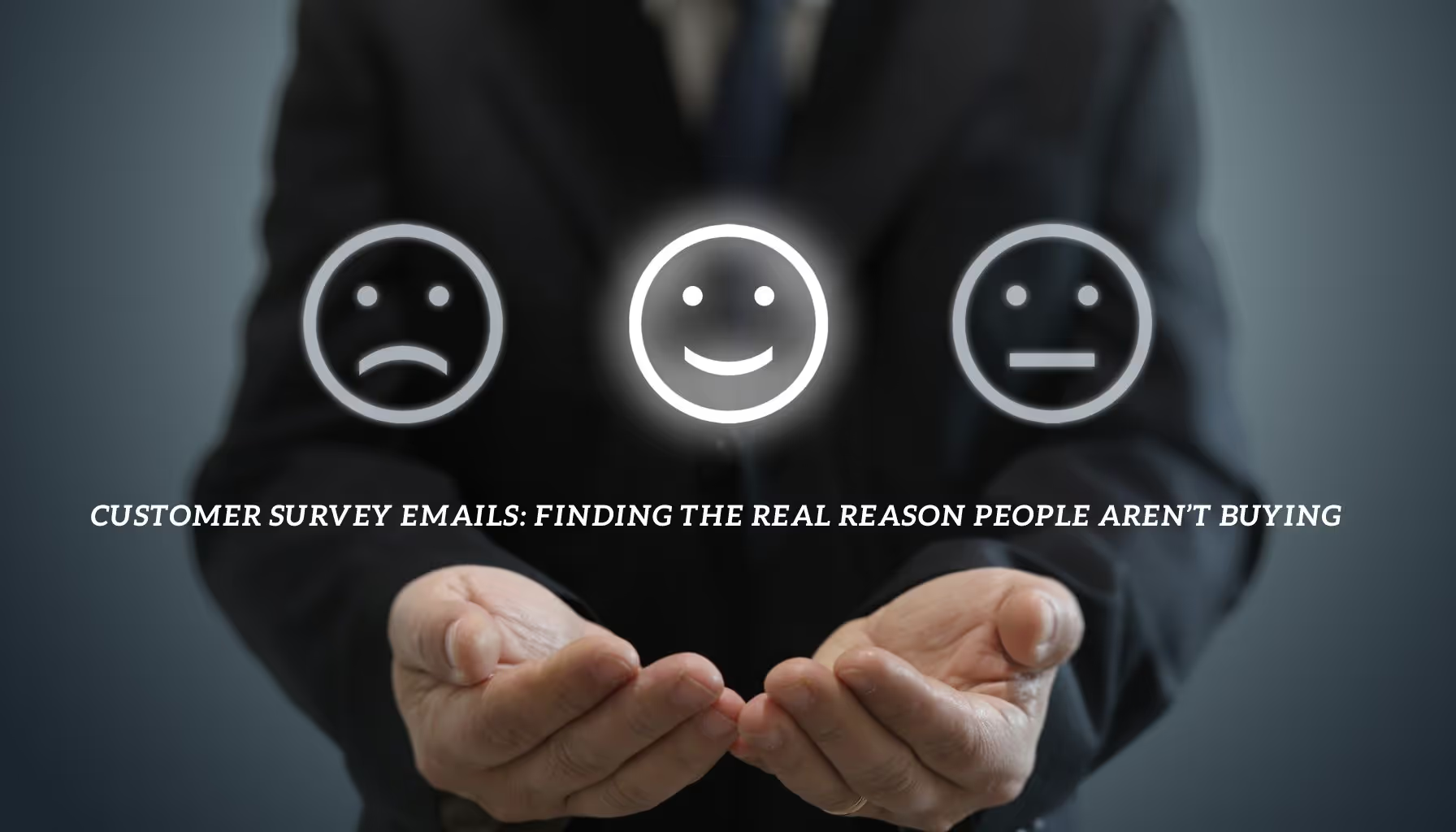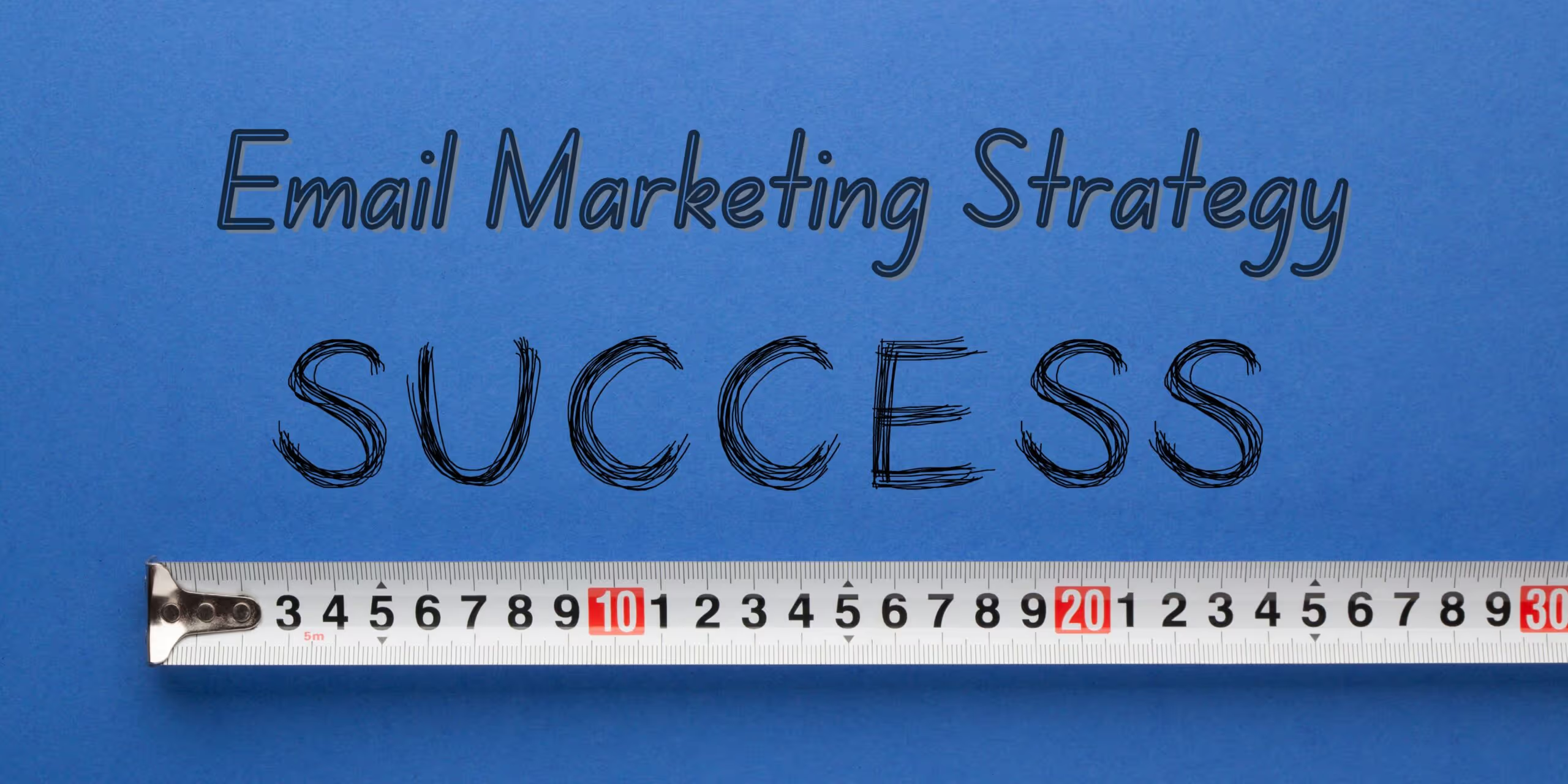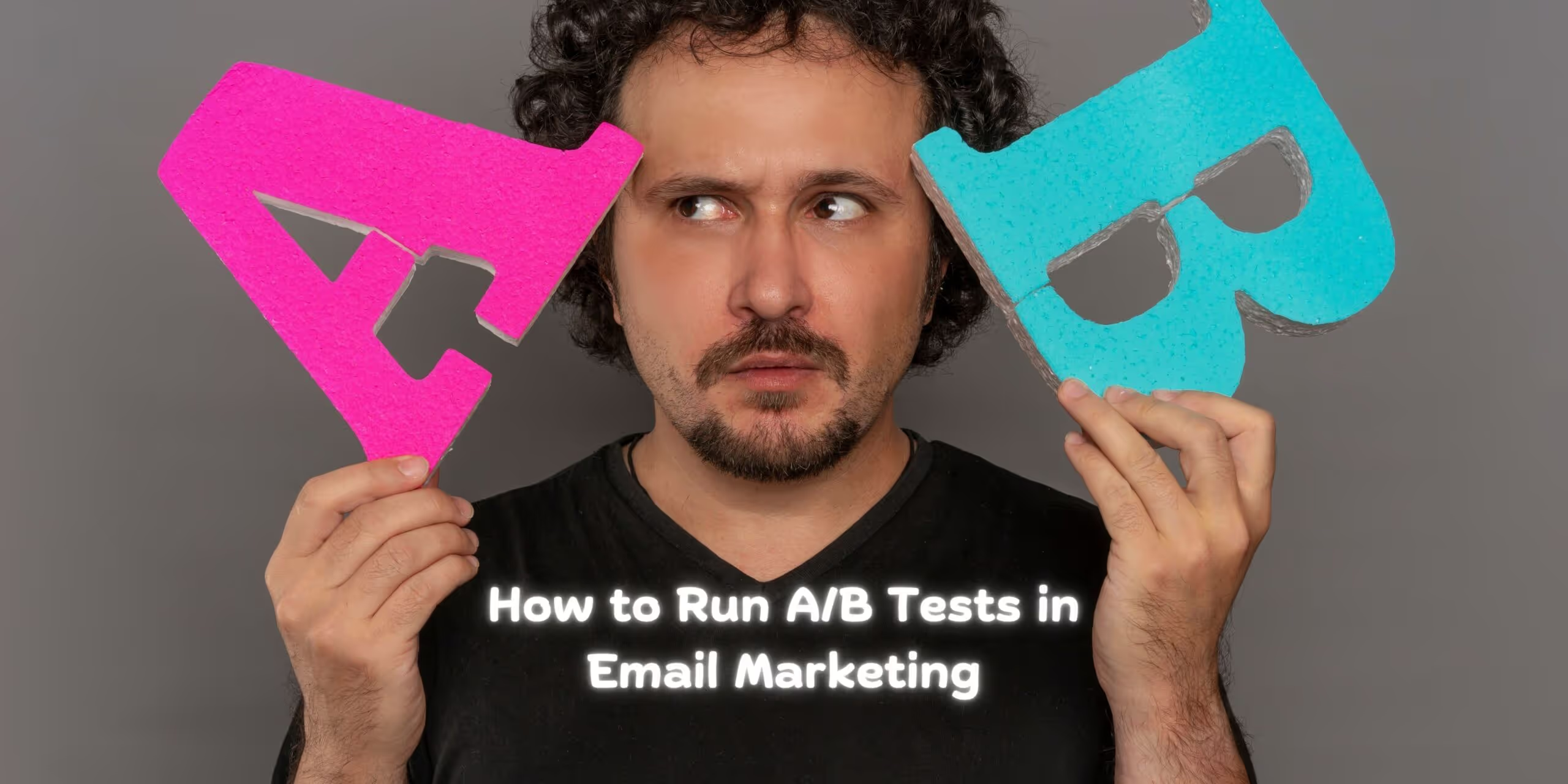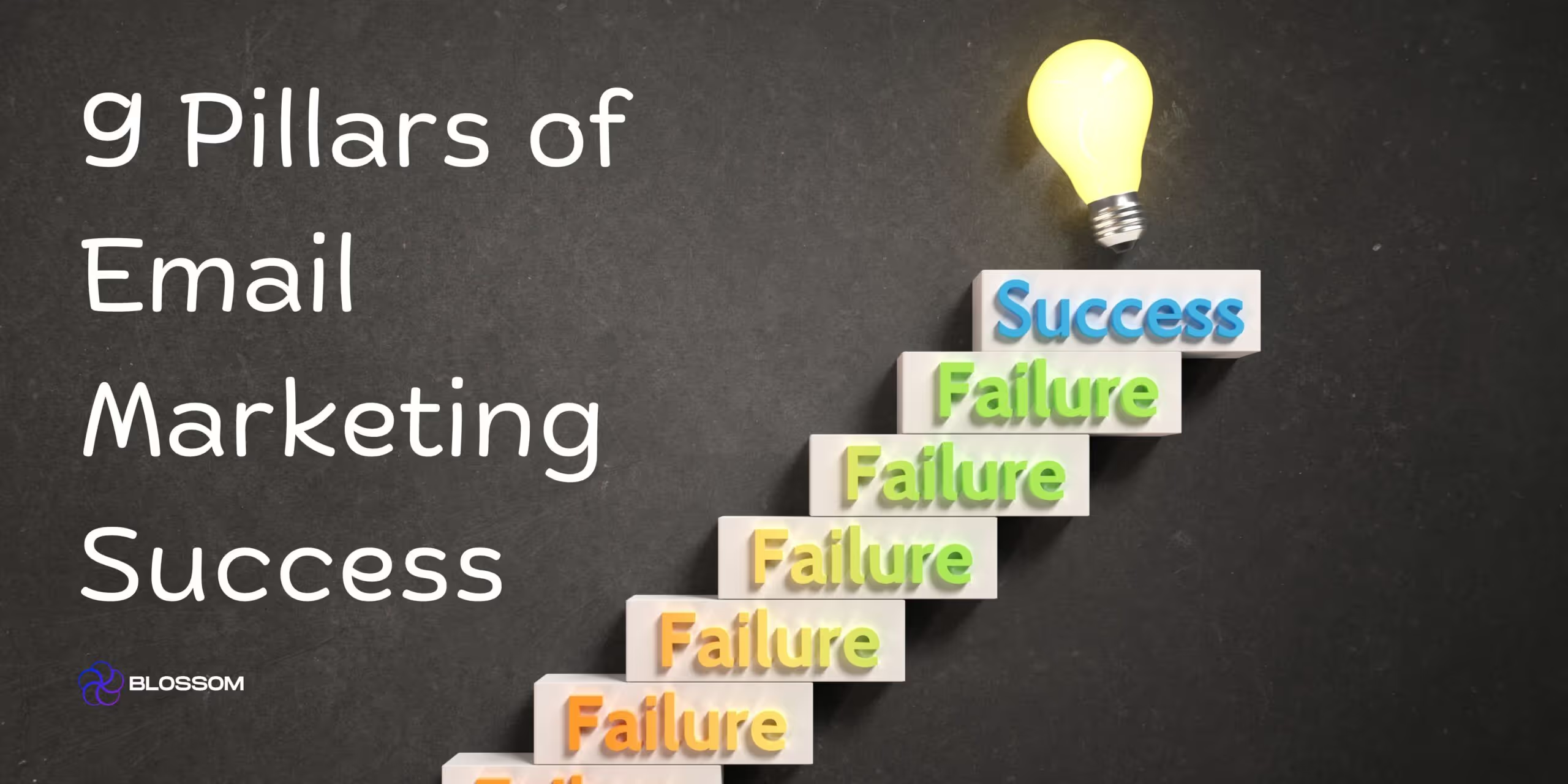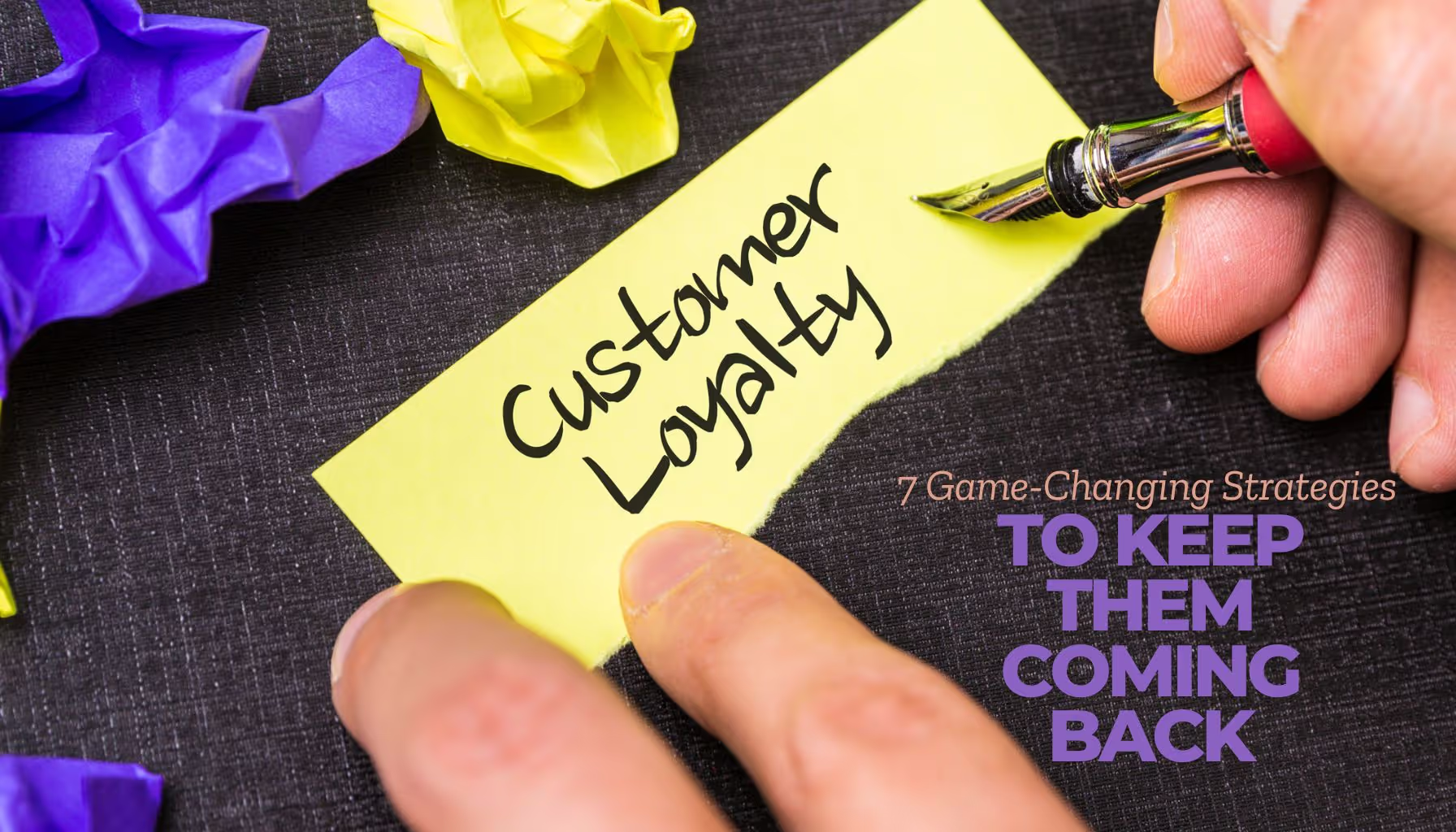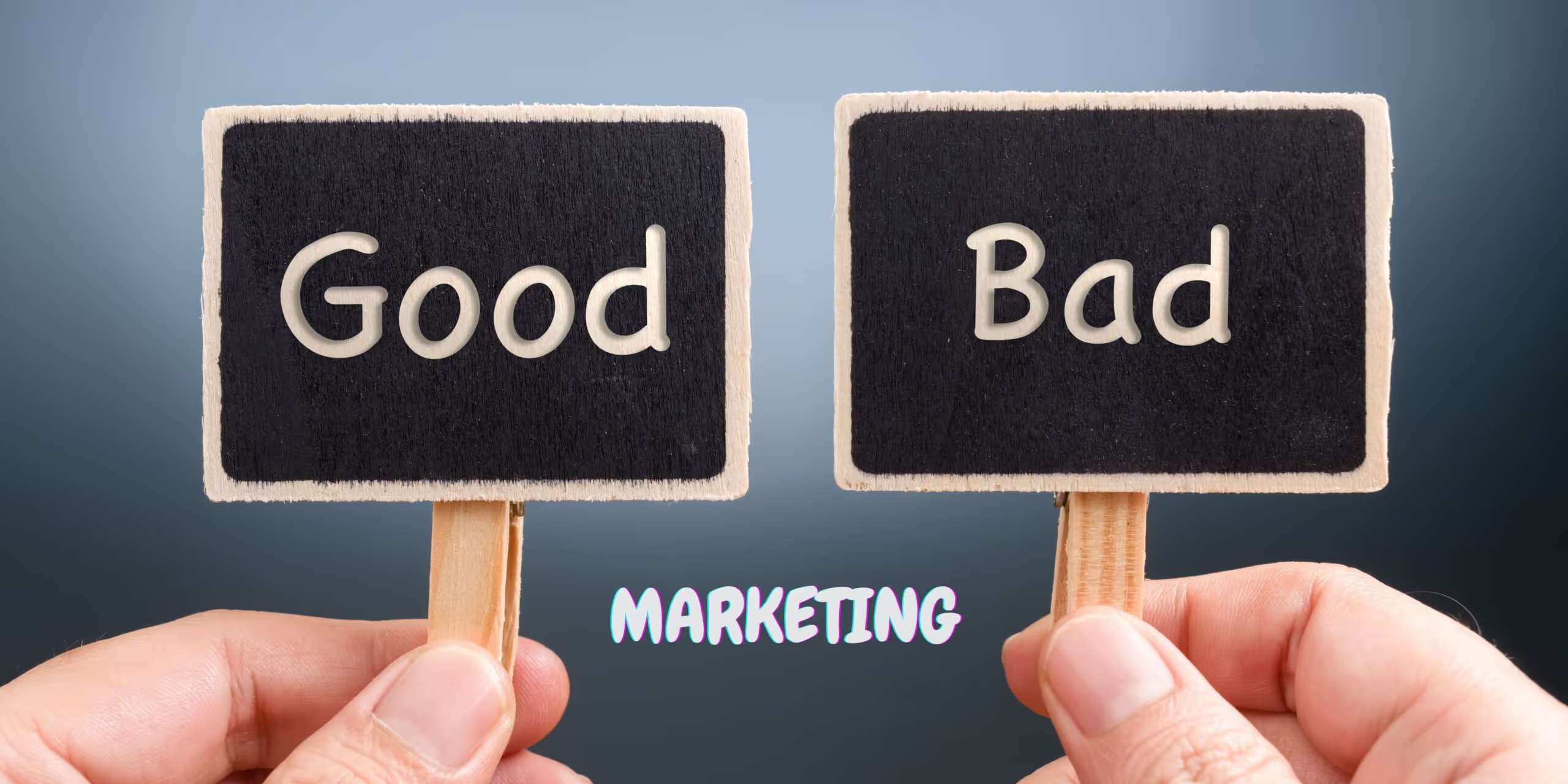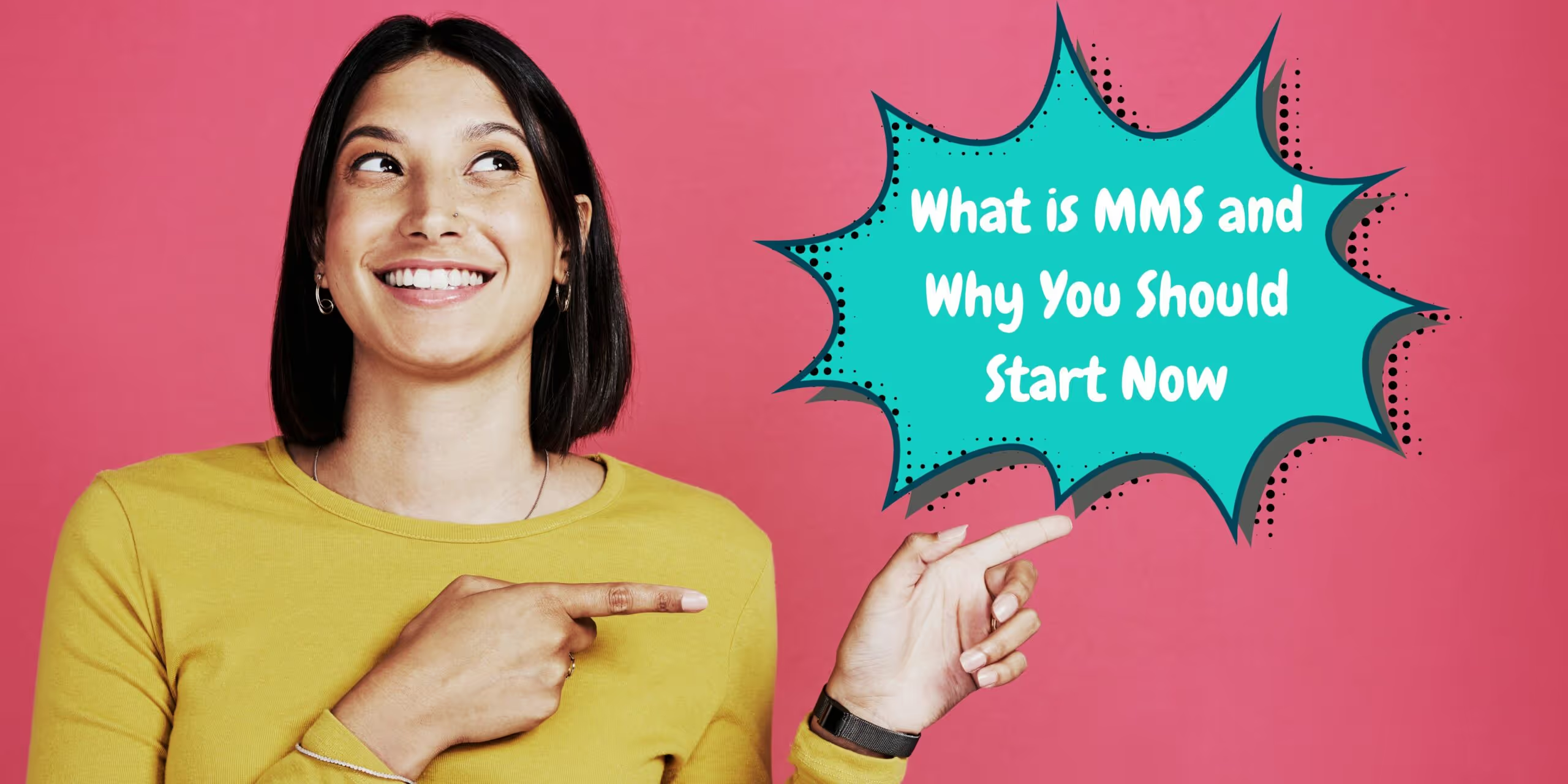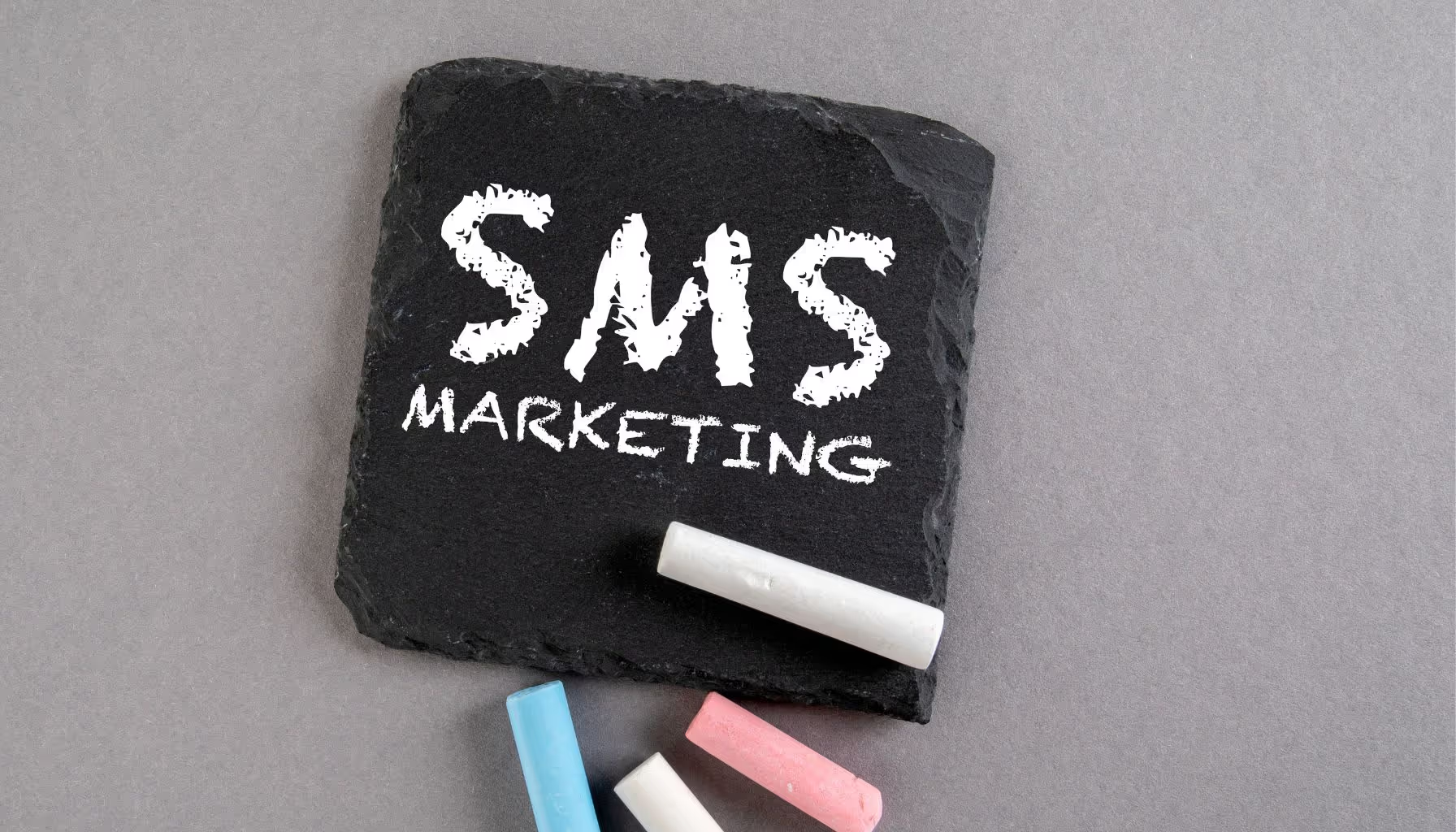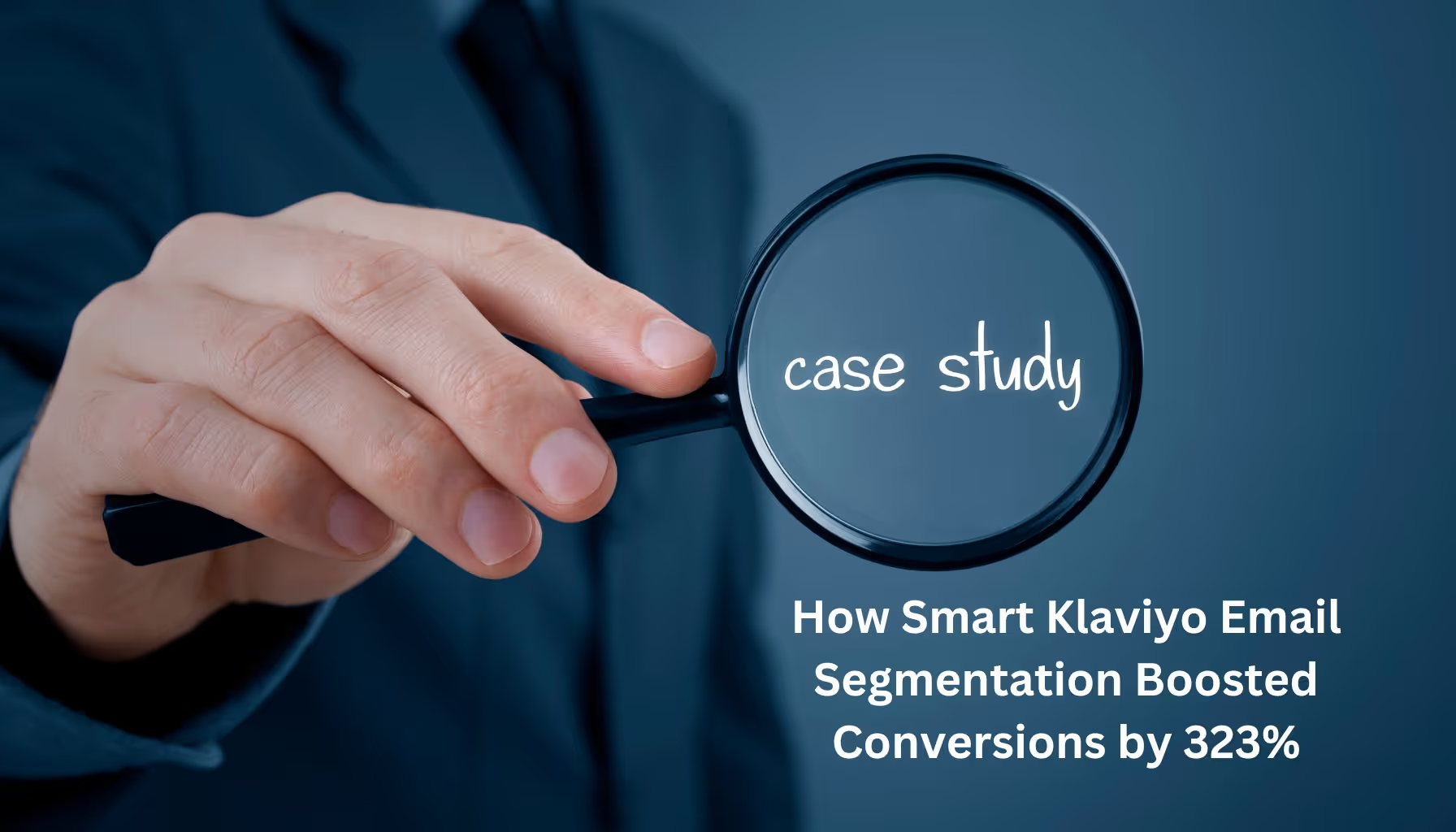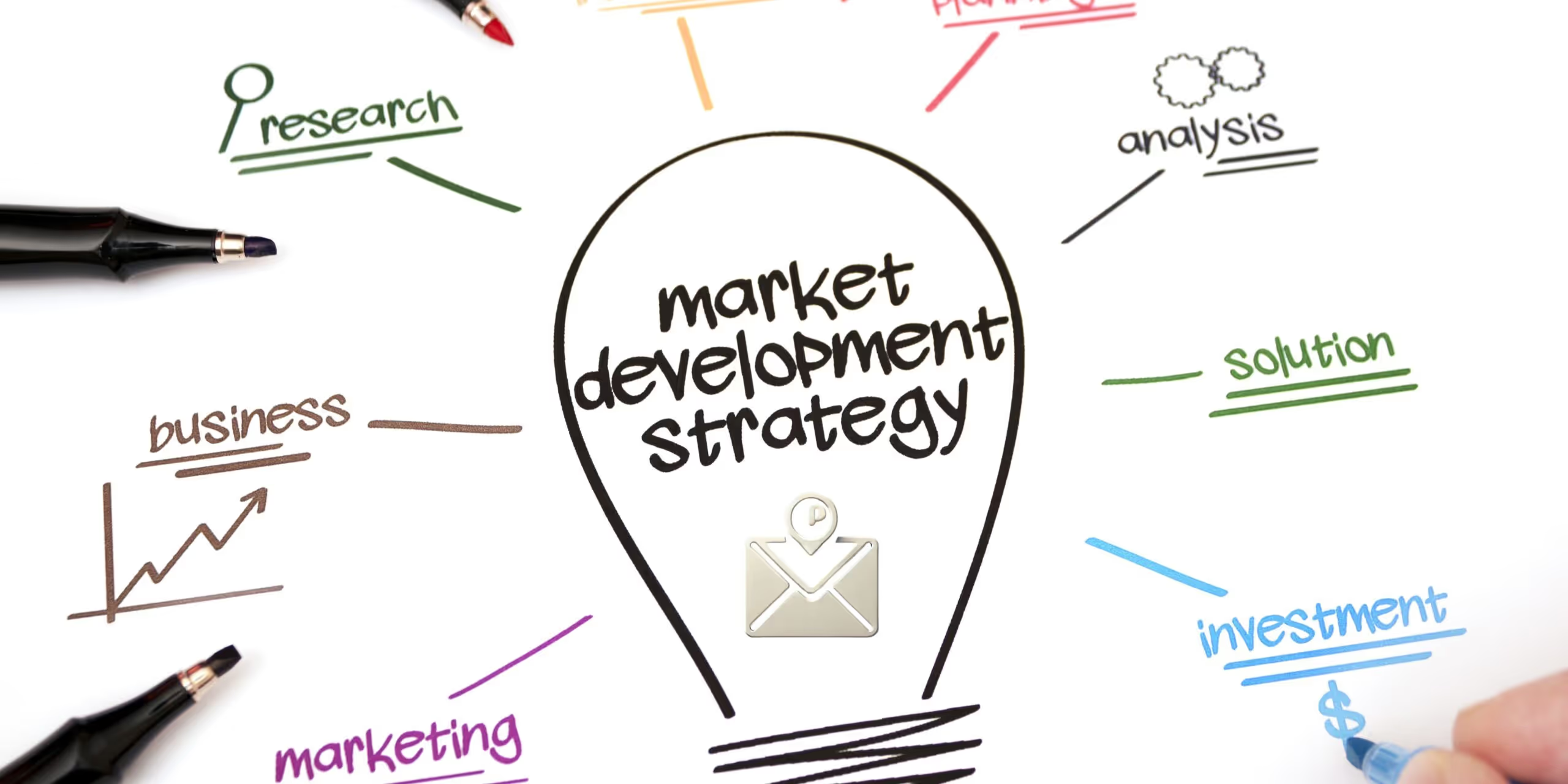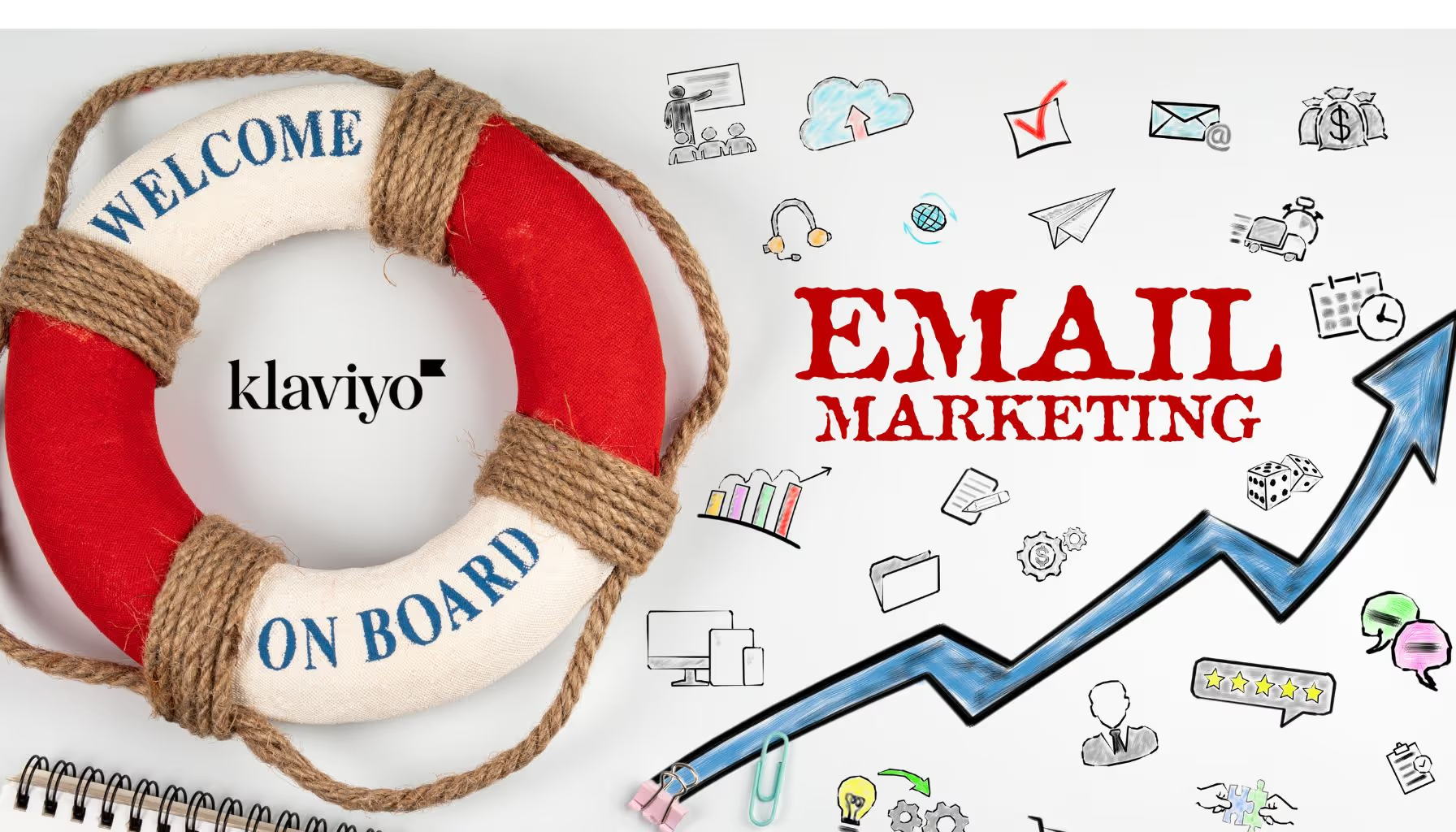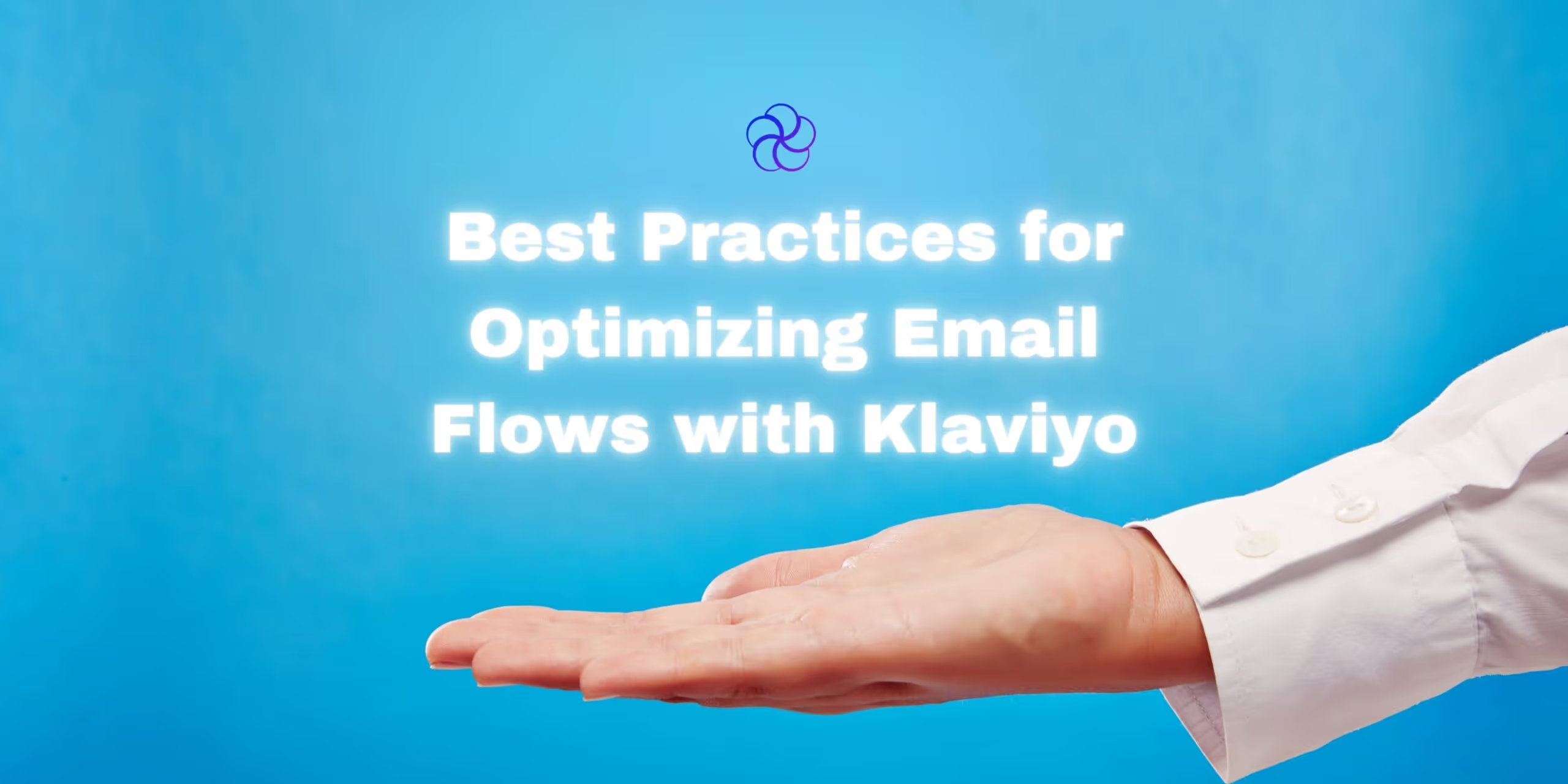The Complete Guide to Replenishment Emails for eCommerce Growth
Glossary
| Term | Definition |
|---|---|
| Replenishment Emails | Automated messages reminding customers to reorder products before they run out. |
| LTV (Lifetime Value) | The total revenue a customer generates throughout their relationship with your brand. |
| AOV (Average Order Value) | The average amount a customer spends per transaction. |
| Automation | The use of software (like Klaviyo) to send personalized, timely emails based on customer behavior. |
| Retention Marketing | Strategies aimed at keeping existing customers engaged and loyal. |
| Dynamic Content | Email content that changes based on user data (e.g., product names, images, reorder dates). |
Introduction
Customer retention is the cornerstone of sustainable eCommerce growth. While acquisition costs soar, brands that keep customers buying again and again outperform their competitors in profitability and scalability.
And one of the simplest—but most effective—ways to boost retention? Replenishment emails.
For brands selling replenishable products—like skincare, supplements, coffee, or pet food—this automation can unlock repeat revenue without the friction of subscriptions.
In this comprehensive guide, we’ll break down:
- What replenishment emails are
- Why they work
- Best practices to maximize impact
- Klaviyo strategies for advanced automation
- Design, messaging, and timing tips
- How to set them up for long-term ROI
Let’s get into it.
What Are Replenishment Emails?
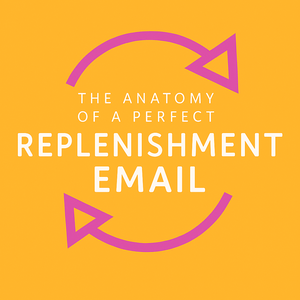
Replenishment emails are triggered reminders sent to customers based on their last purchase. They suggest reordering before the product runs out—keeping you top of mind and eliminating the need for the customer to remember on their own.
Key Benefits:
- ✅ Convenient: One-click reorder, often with a prefilled cart.
- ✅ Timely: Sent just as the customer is likely to need more.
- ✅ Personalized: Tailored by product, timing, and customer behavior.
Pro Tip: Unlike rigid subscriptions, replenishment flows are flexible. They empower customers to reorder when they’re ready—without a cancellation headache.
Why Replenishment Emails Are So Effective
| Benefit | Explanation |
|---|---|
| Builds Loyalty | Shows you care about convenience, not just sales |
| Improves LTV | Drives repeat purchases at key lifecycle moments |
| Boosts Retention | Makes it easy for customers to stay stocked |
| Saves on CAC | No extra spend needed to bring the customer back |
| Increases AOV | Add bundle offers or upsells within the reminder email |
When to Send Replenishment Emails
Timing is everything. Here’s how to get it right:
Analyze Purchase Behavior
- Use historical purchase data to estimate reorder windows by product.
A/B Test Cadences
- Test different days after purchase (e.g., 14, 21, 30) to optimize timing.
Consider Product Usage
| Product Type | Recommended Trigger Time |
|---|---|
| Skincare | 30–45 days |
| Coffee | 14–21 days |
| Supplements | 25–30 days |
| Pet Food | 20–30 days |
Pro Tip: Account for shipping time and delays. Remind early enough for reorder + fulfillment.
Incentives That Boost Conversions
| Incentive | Benefit |
|---|---|
| Free Shipping | Reduces friction at checkout |
| Loyalty Points | Rewards engagement and adds gamification |
| Discount Codes | Increases urgency and conversions |
| Bundle Offers | Raises AOV and encourages upgrades |
Best Practices for High-Converting Replenishment Emails
1. Personalize the Experience
- Include product name, image, and last order date.
- Use customer first name in copy and subject line.
2. Clear Messaging That Sells Convenience
Examples:
- “Running Low, [First Name]? Let’s Refill That Shelf.”
- “Your Favorites Are Just a Click Away.”
- “Restock in 10 Seconds. We Did the Math for You.”
3. Optimize Design for Mobile
- Use large, tappable CTAs
- Reduce text and load times
- Make checkout 1-click if possible
4. Link to Preloaded Cart
- Preload the product + quantity based on last purchase
- Remove steps and choices from the journey
5. Add Social Proof
- Include reviews or ratings under the product
- Show “most reordered” or “customer favorites” badges
Suggested Image: Email Template Mockup with Personalization, CTA, and Reviews
Writing Subject Lines That Get Opened
| Style | Examples |
|---|---|
| Urgency | “Time’s Up – Restock Your [Product]” |
| Personalization | “Hey [First Name], Your [Product] Is Running Low” |
| Convenience | “Restock in One Click” |
| Curiosity | “You Might Be Running Low…” |
Use emojis sparingly and test subject lines against control copy.
Why Klaviyo Is Built for Replenishment Automation
| Feature | Why It Matters |
|---|---|
| Product View & Purchase Data | Allows precise timing of reminders |
| Dynamic Blocks | Insert product name, image, last order date, refill button |
| Predictive Analytics | Estimate next purchase date, churn risk |
| Behavioral Triggers | Send based on real actions, not just time |
Klaviyo makes building flows like this seamless and scalable:
- Last Order → Wait X Days → Send Reminder
- Refill Reminder + Offer → Upsell Flow → Thank You Email
Suggested Flowchart: Replenishment Email Flow Map in Klaviyo
Bonus Strategies for Scaling Replenishment Revenue
Use Smart Segments
- Only target customers who reordered before
- Exclude inactive or churned contacts
Combine with Subscription Upsell
- “Love this product? Save 15% with a subscription.”
Track Replenishment ROI
- Use custom analytics dashboards to monitor:
- Replenishment Revenue
- Flow Conversion Rate
- Cart Abandonment Dropoff
Final Thoughts
Replenishment emails aren’t just a convenience tactic—they’re a strategic lever for retention, loyalty, and lifetime value.
Set them up once, and they’ll keep working behind the scenes to:
- Reduce churn
- Keep customers happy
- Drive repeat orders without lifting a finger
If you’re ready to unlock a new revenue channel, Blossom Ecom can help you build high-converting replenishment flows in Klaviyo.
Let’s turn occasional buyers into repeat champions.
Frequently Asked Questions (FAQs)
1. How often should I send replenishment emails?
It depends on product lifecycle—typically every 2–4 weeks based on consumption habits.
2. Should I offer a discount on reorders?
You don’t have to—but small perks like free shipping or loyalty points increase reorder rates.
3. How do I avoid sending replenishment emails too early?
Use Klaviyo to calculate average repurchase windows based on real customer behavior.
4. Can replenishment emails replace subscriptions?
Not entirely—but they offer flexibility that many customers prefer.
5. What if my product has a variable usage rate?
Allow customers to set their own reminder cadence via preference center or quiz.
6. What’s the ROI on replenishment flows?
Brands see 15–40%+ reorder rates from well-optimized replenishment campaigns.
Need help implementing this?
Let us take the hassle of managing your email marketing channel off your hands. Book a strategy call with our team today and see how we can scale your revenue, customer retention, and lifetime value with tailored strategies. Click here to get started.
Curious about how your Klaviyo is performing?
We’ll audit your account for free. Discover hidden opportunities to boost your revenue, and find out what you’re doing right and what could be done better. Click here to claim your free Klaviyo audit.
Want to see how we’ve helped brands just like yours scale?
Check out our case studies and see the impact for yourself. Click here to explore.

Read Our Other Blogs
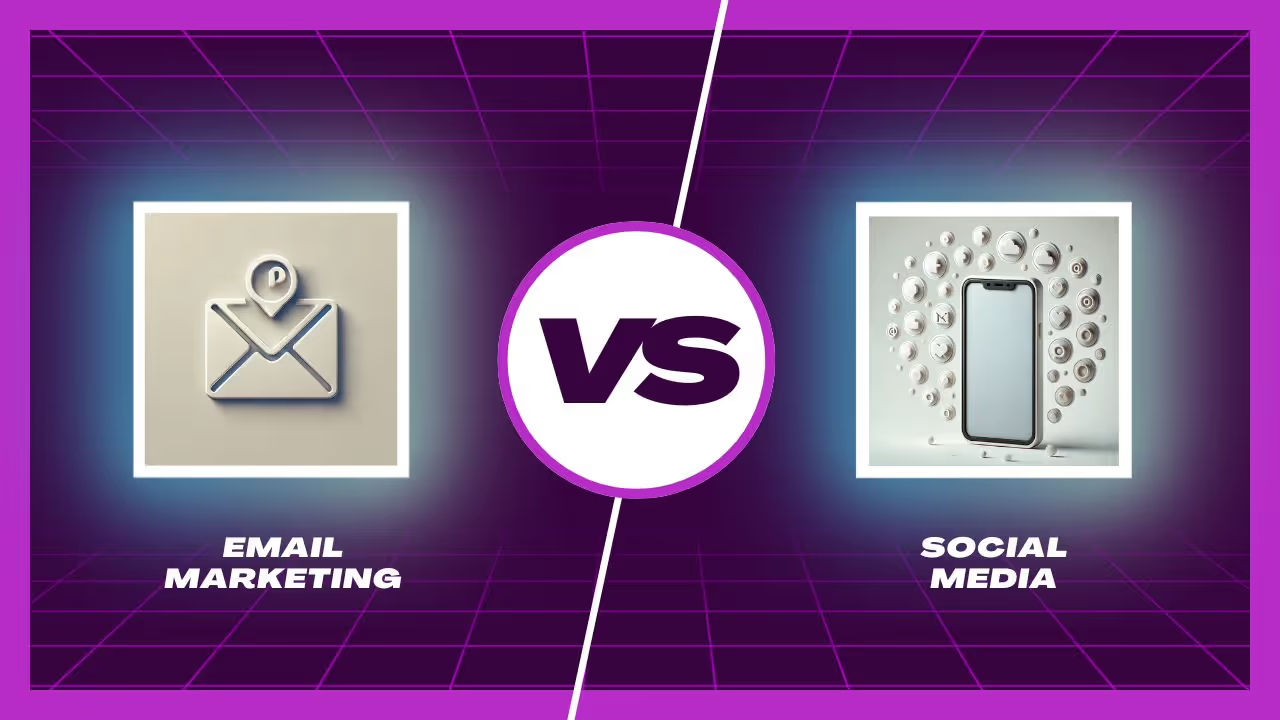
Email Marketing vs. Social Media: Which One Should Your Brand Focus On?


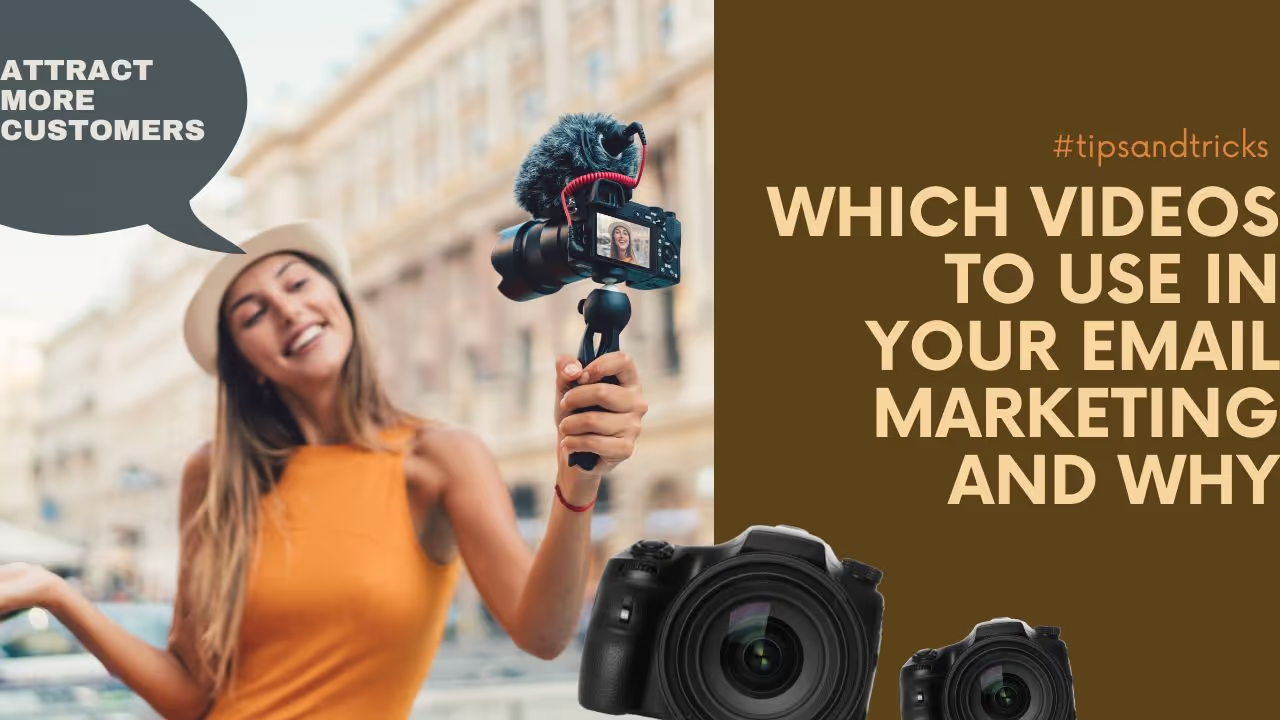
Attract More Customers: Which Videos to Use in Your Email Marketing and Why


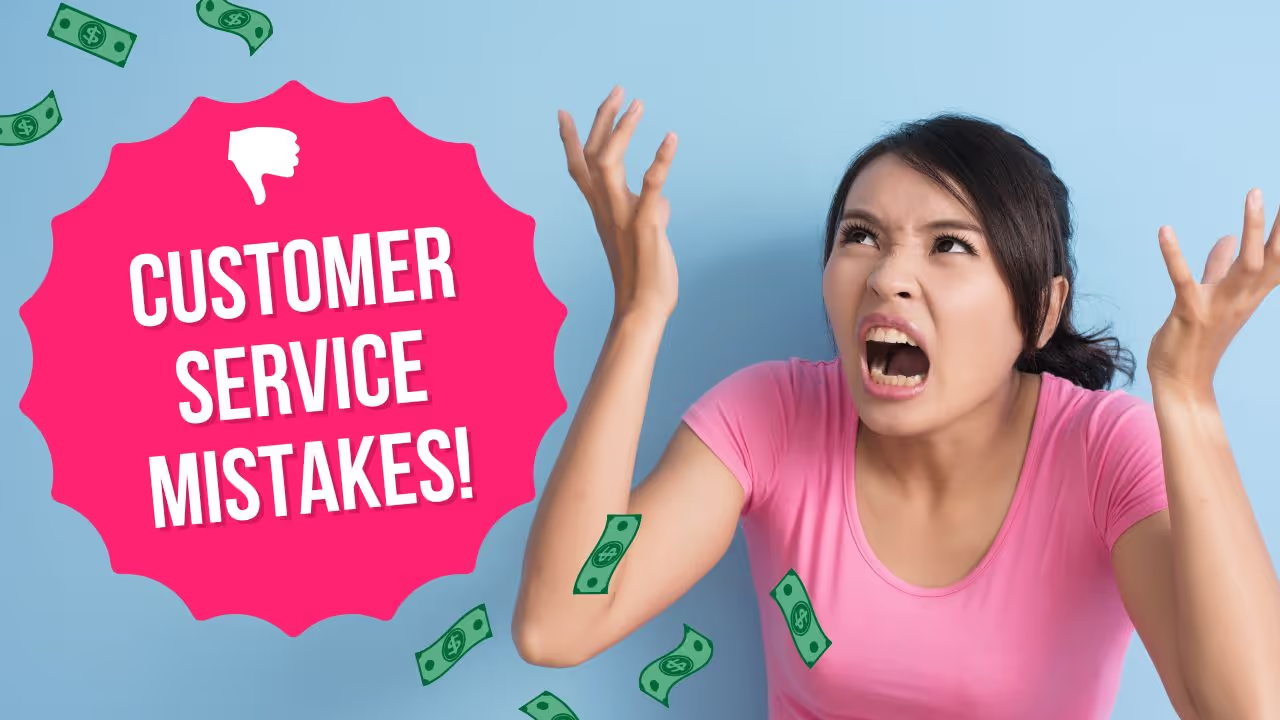
8 eCommerce Customer Service Mistakes You NEED to Stop Making (Like, Yesterday)




Not Sure Where to Start?
Let's find the biggest retention opportunities in your business. Get a free Klaviyo audit or retention consultation.




